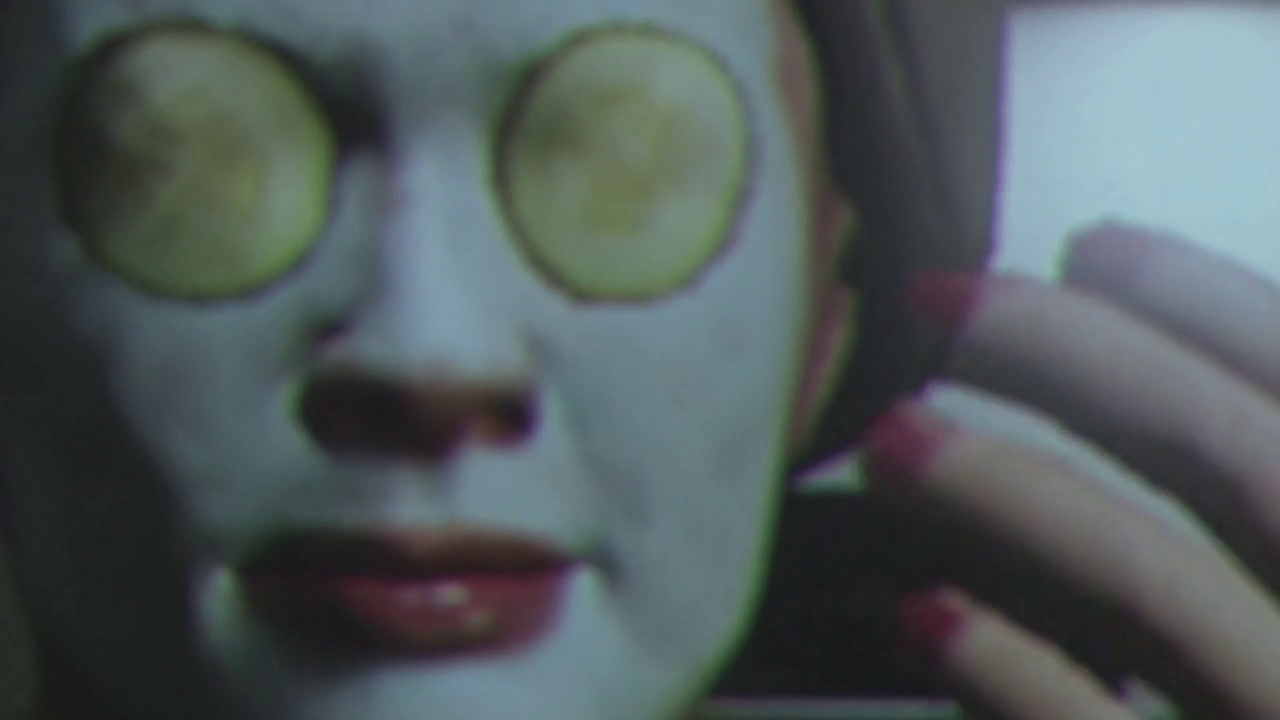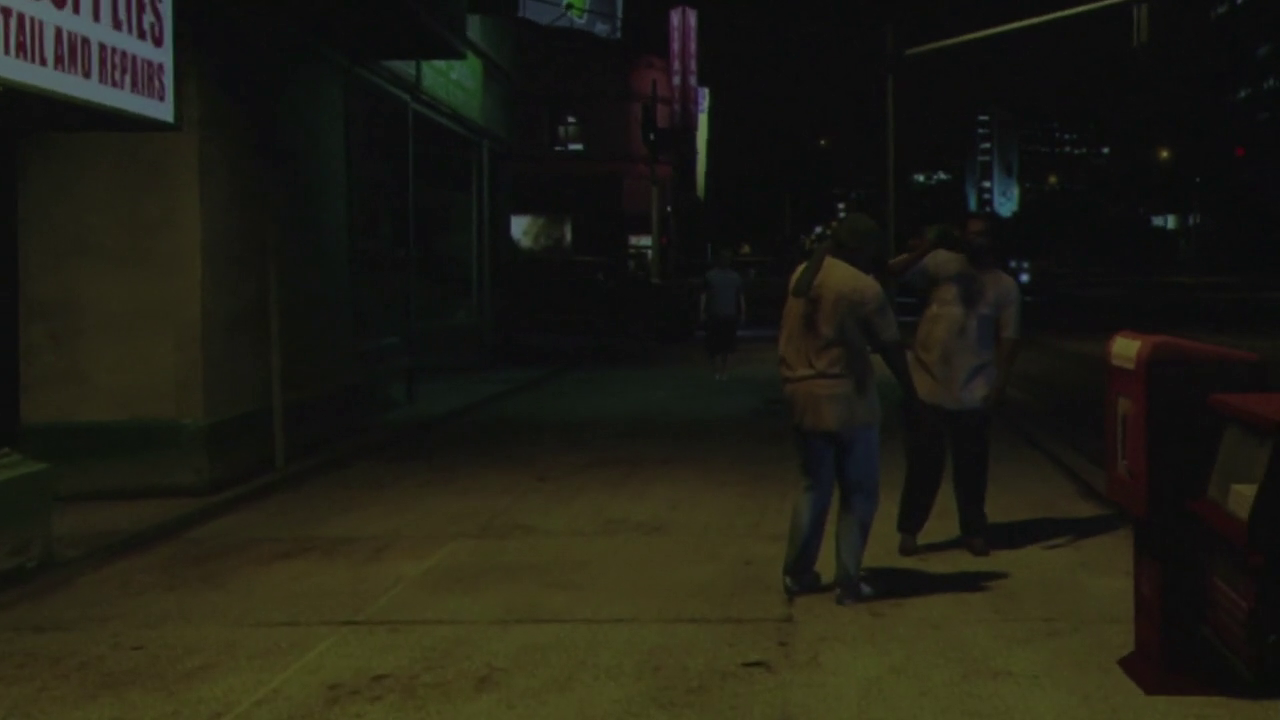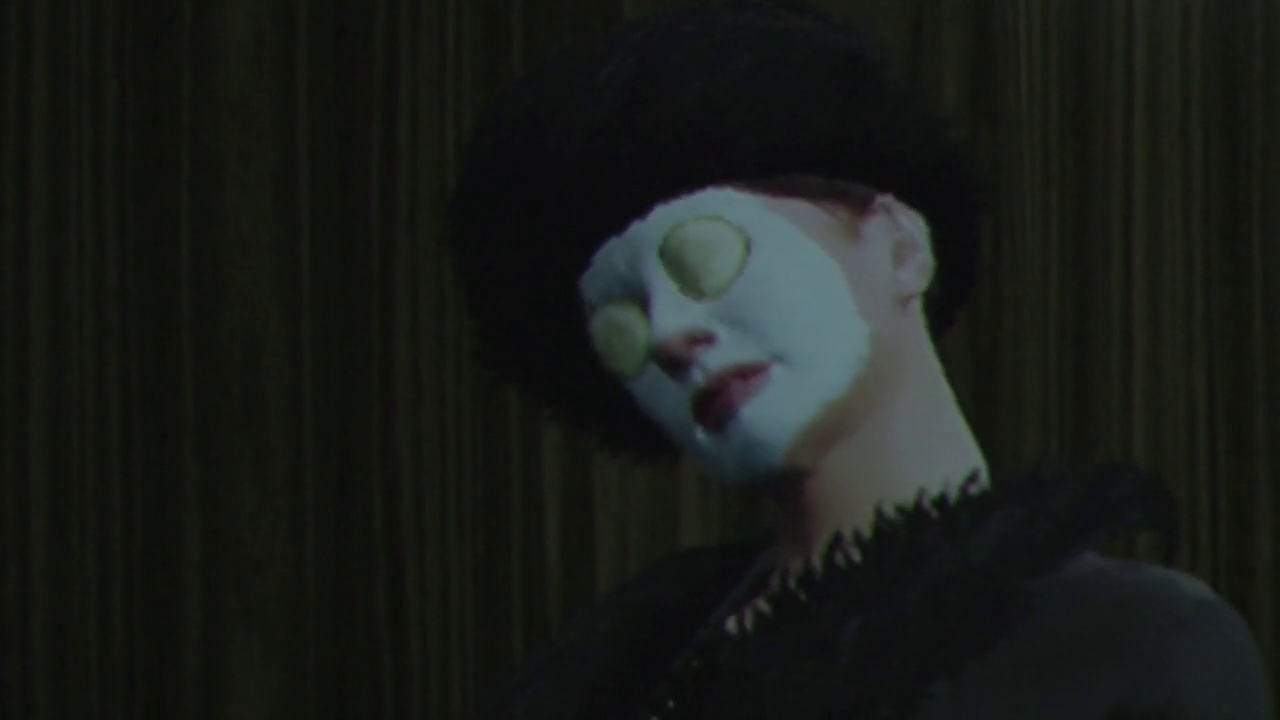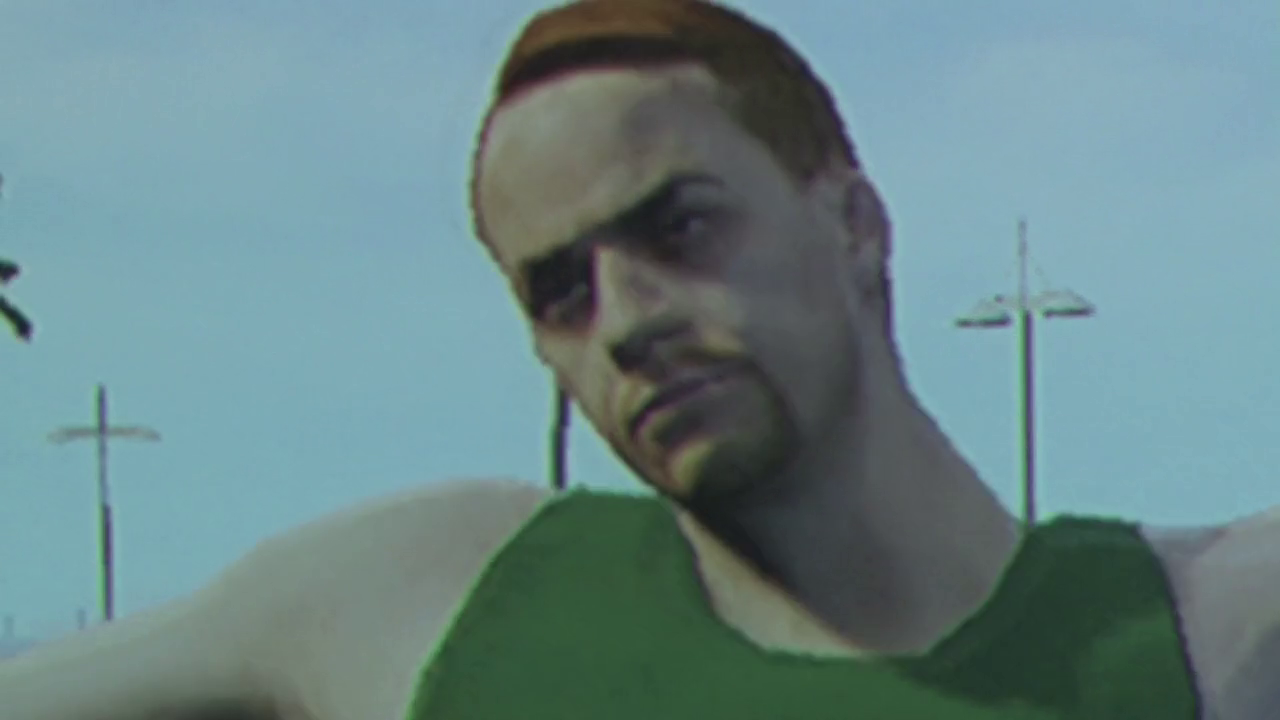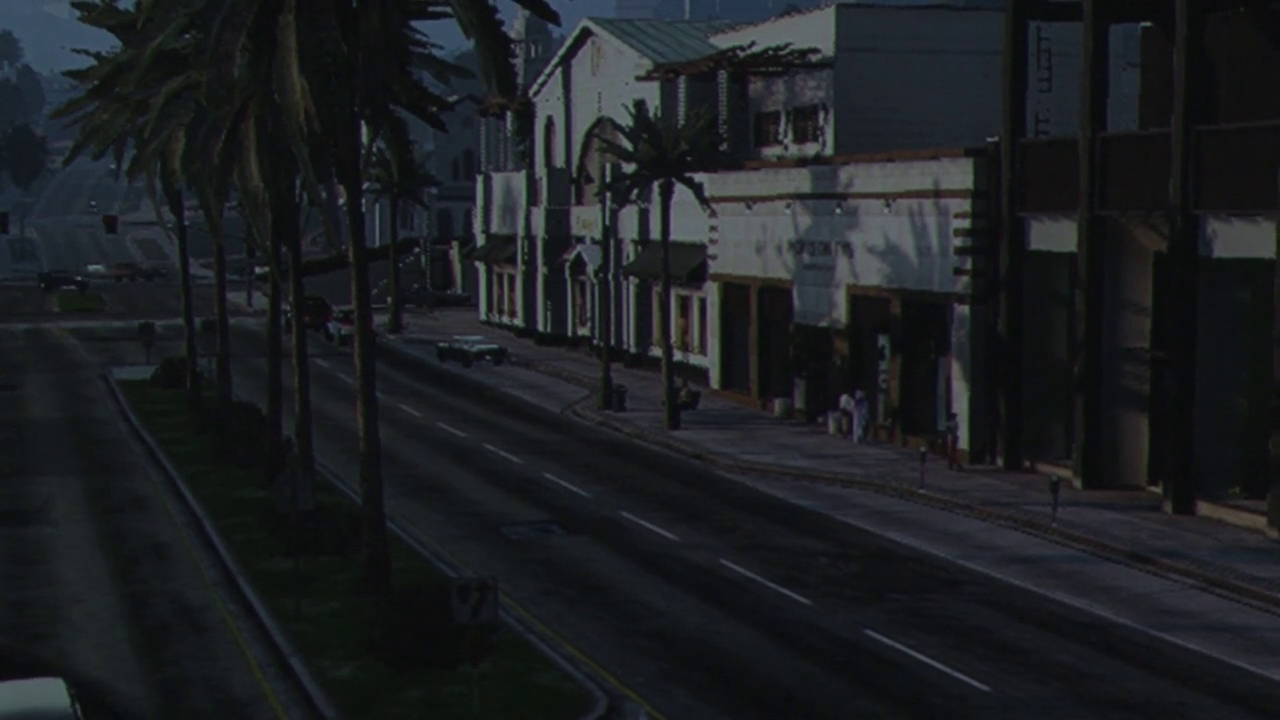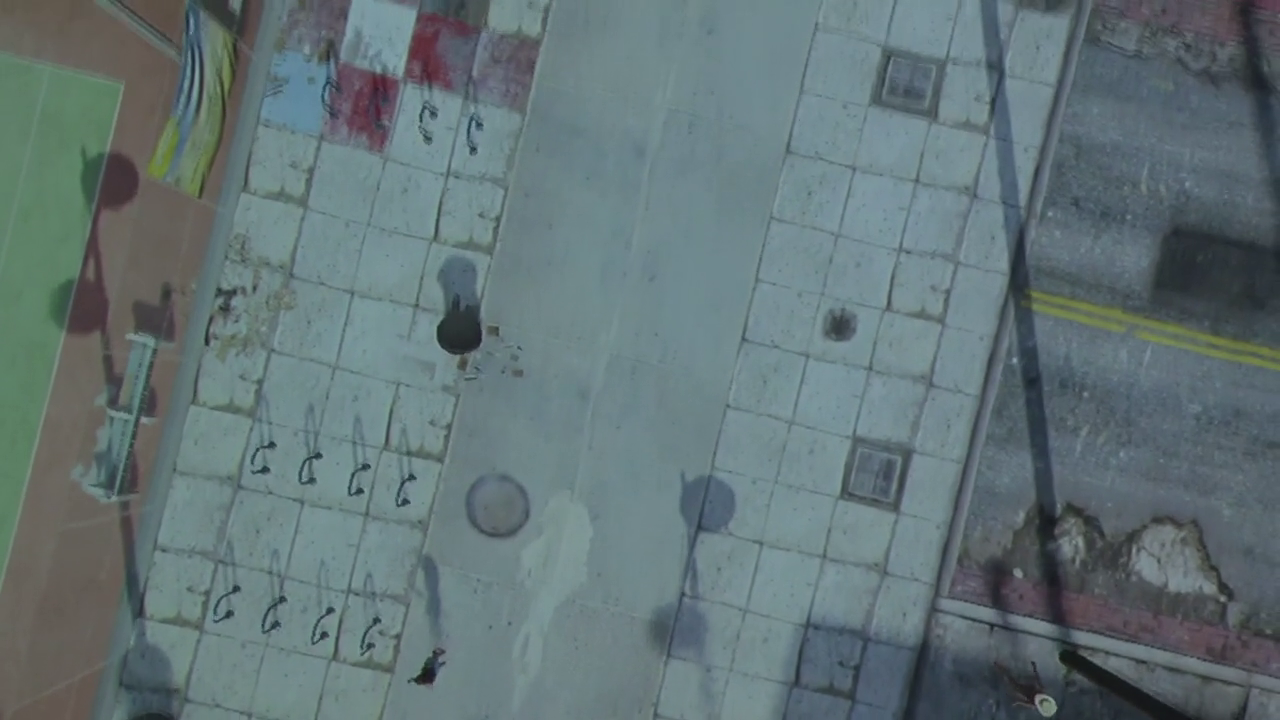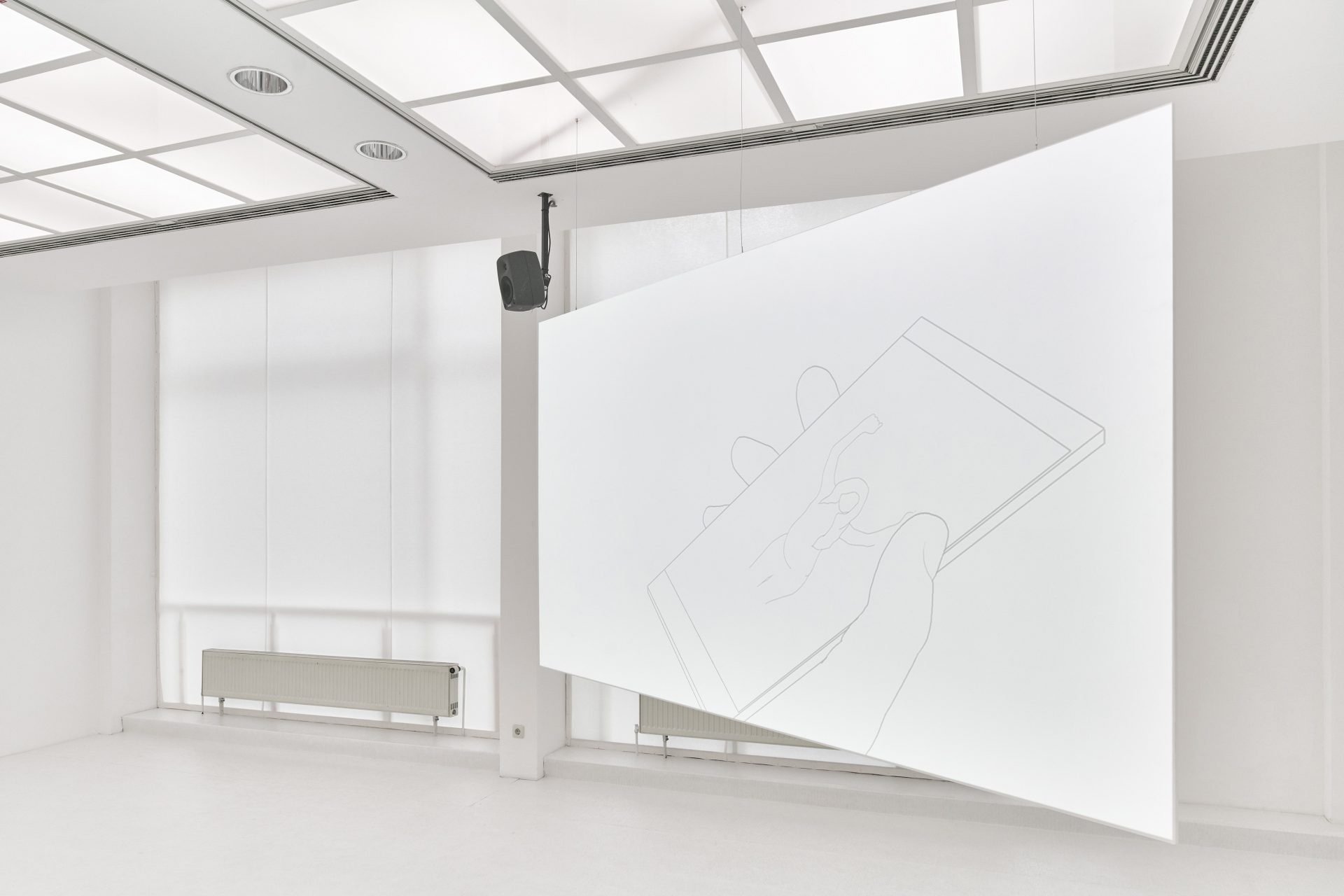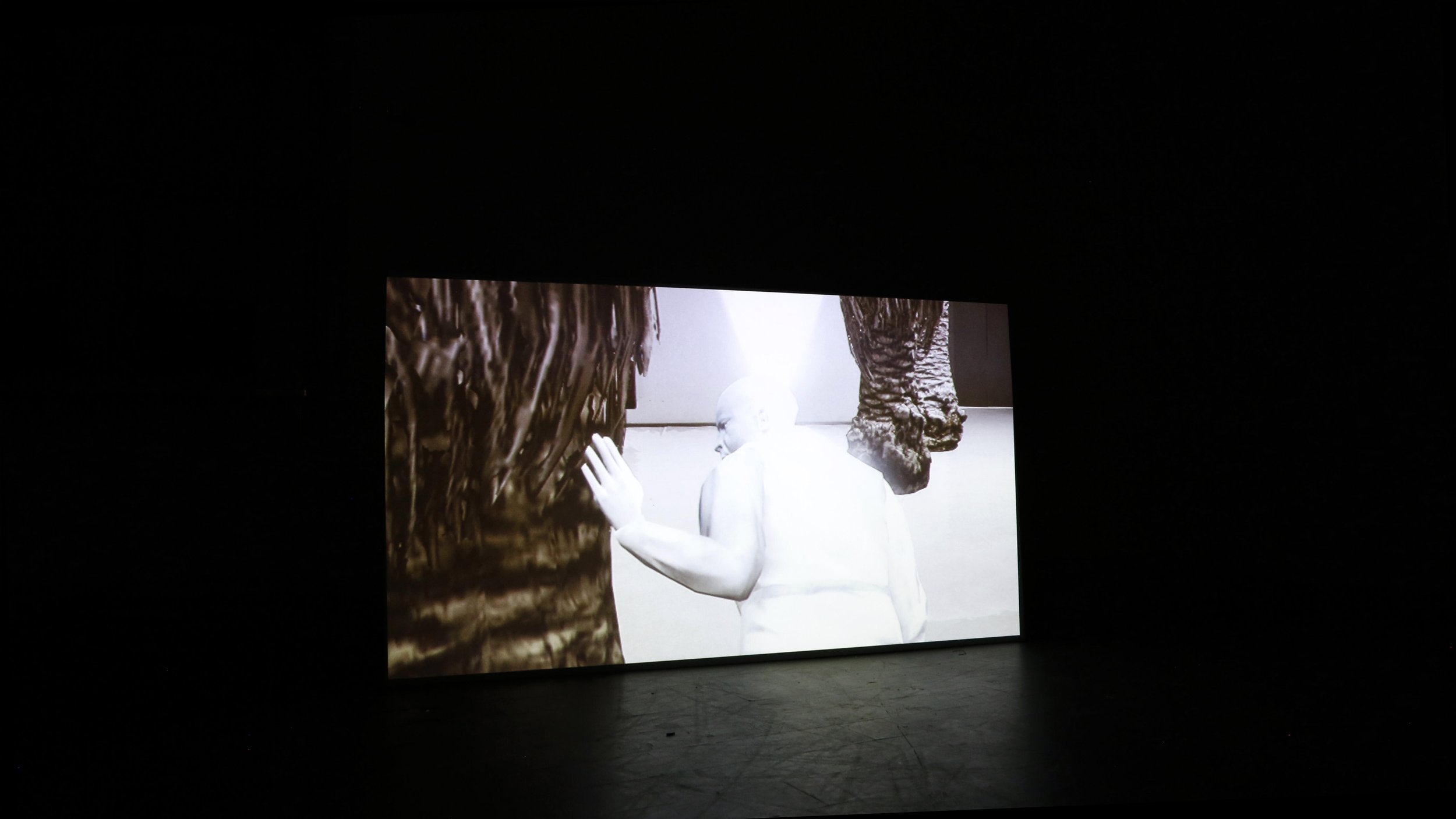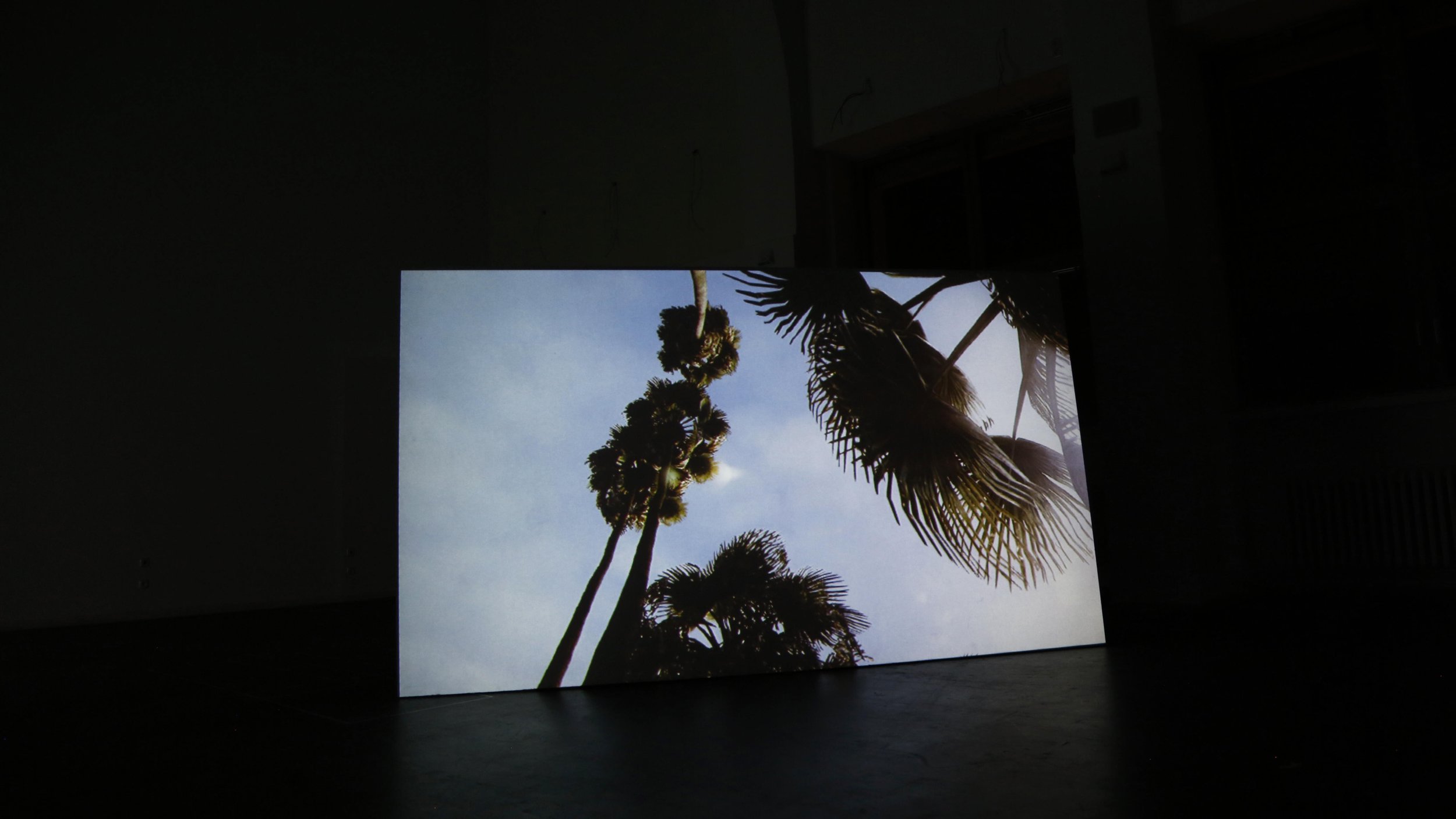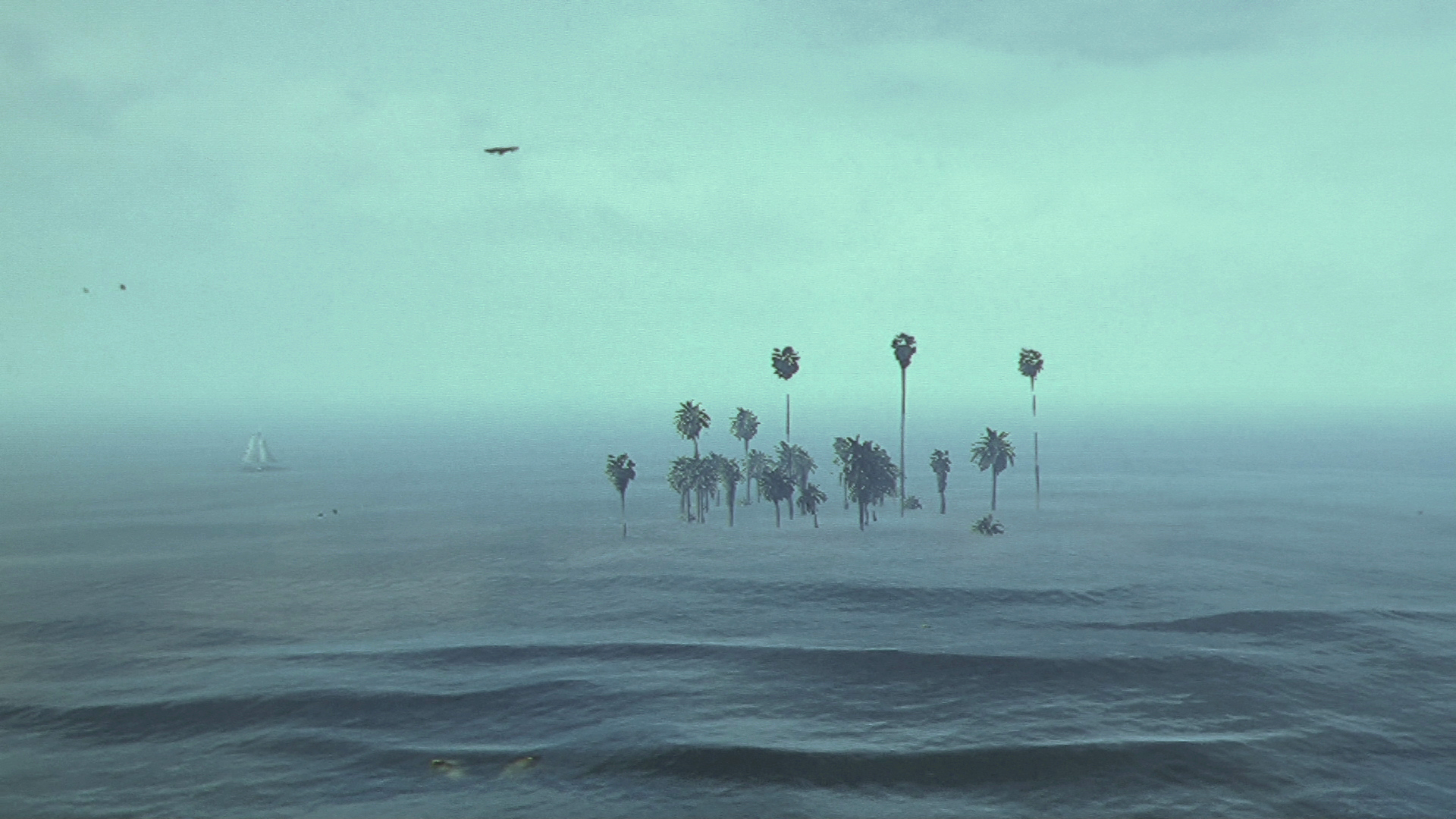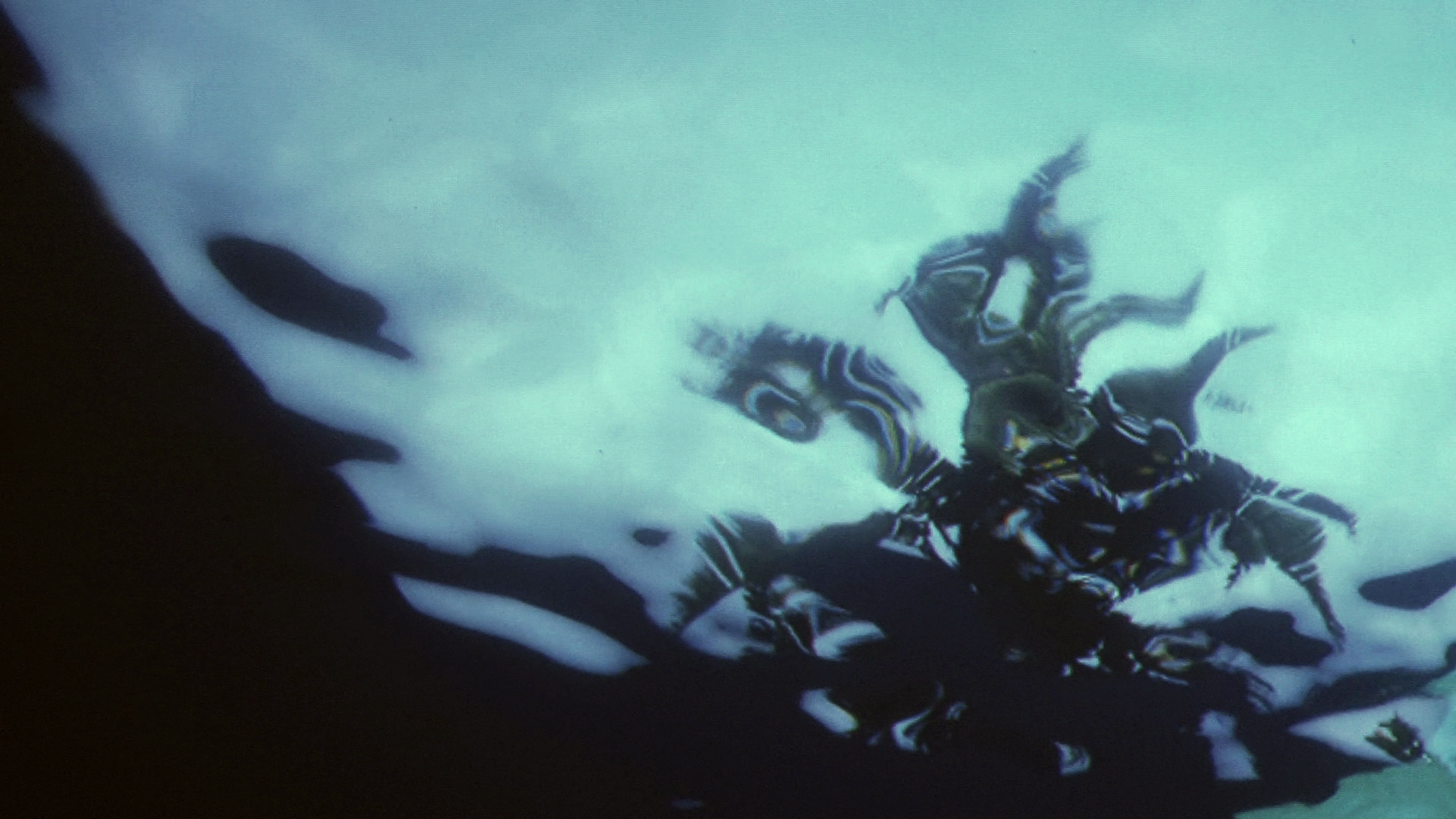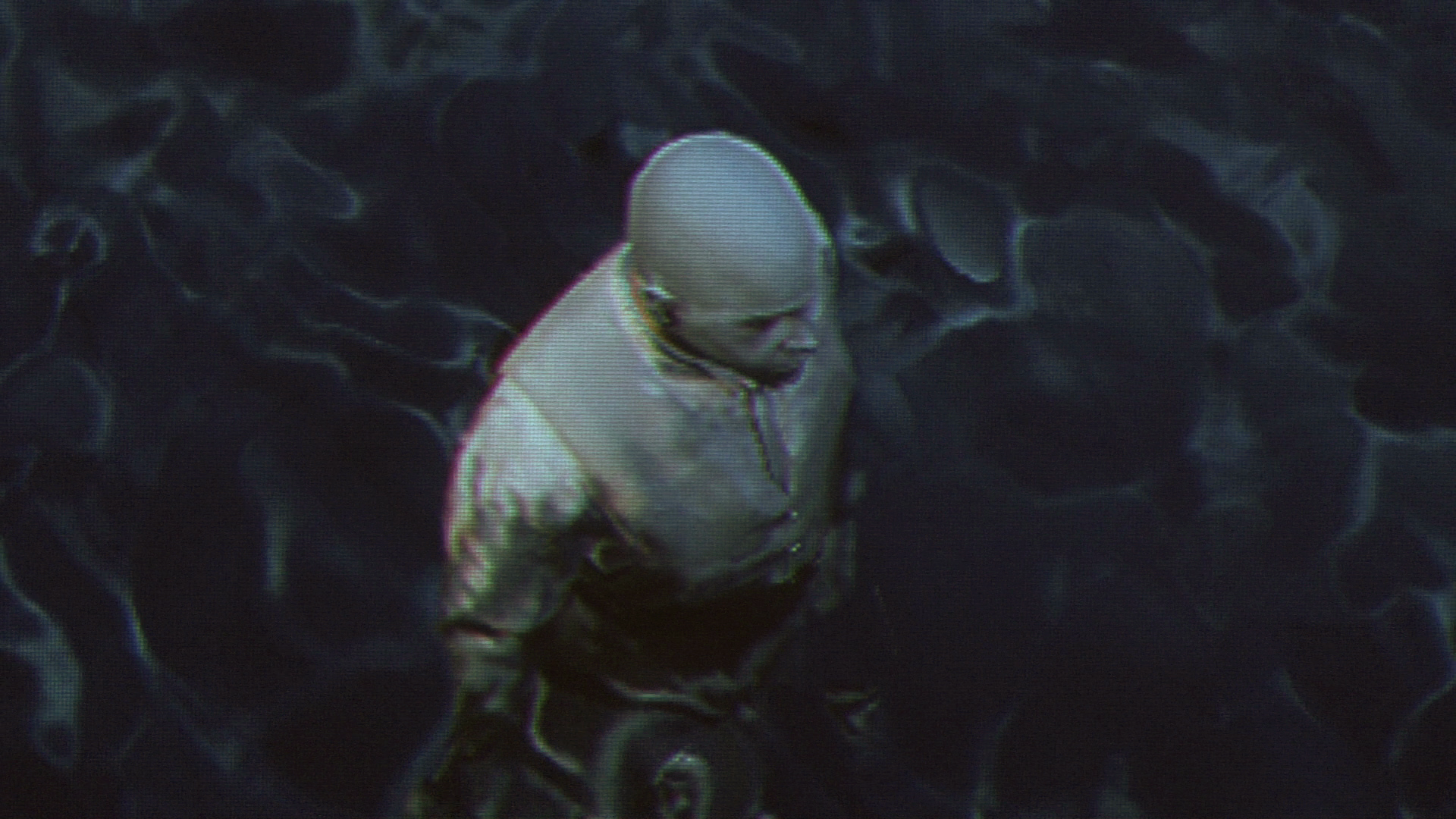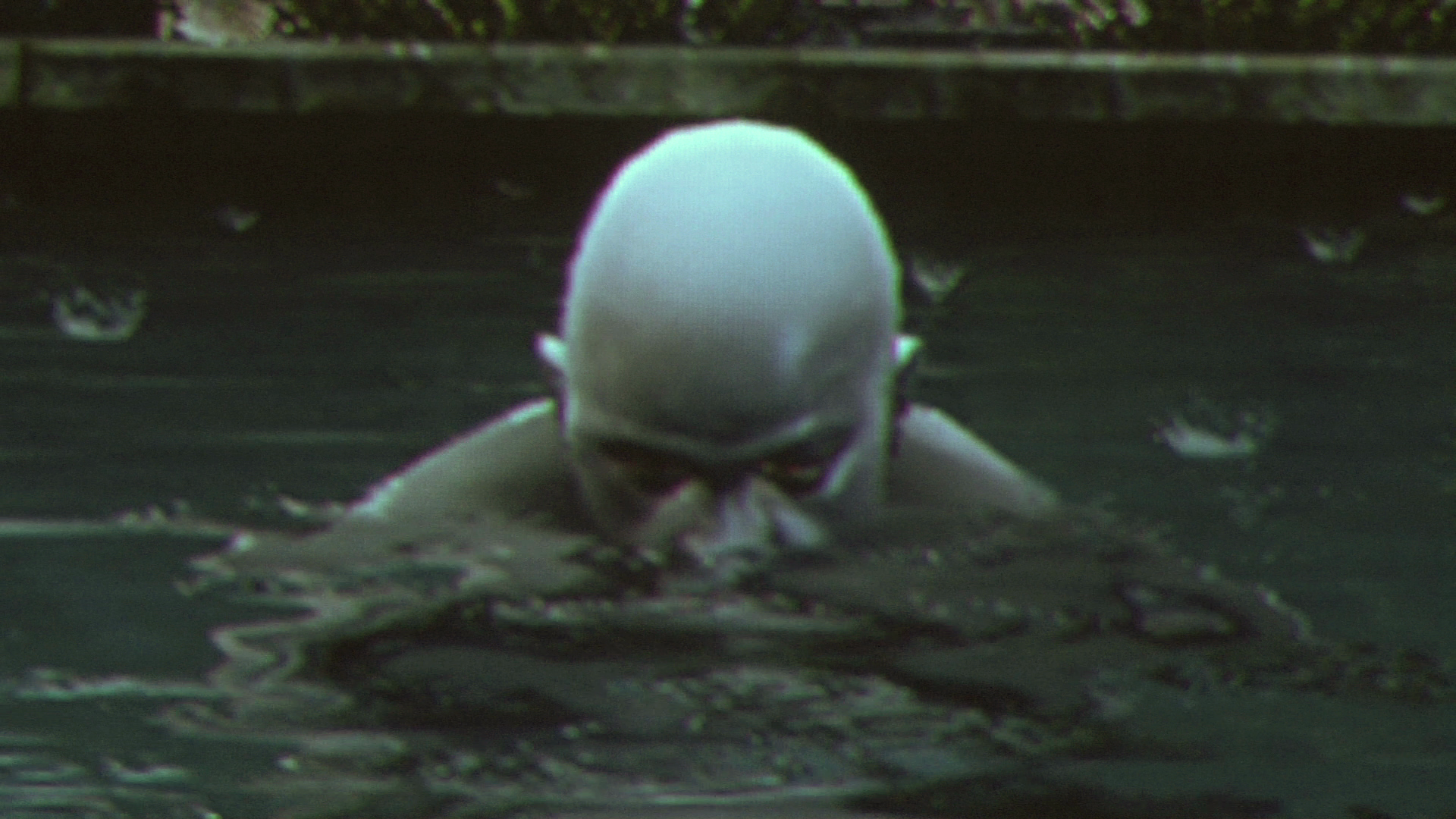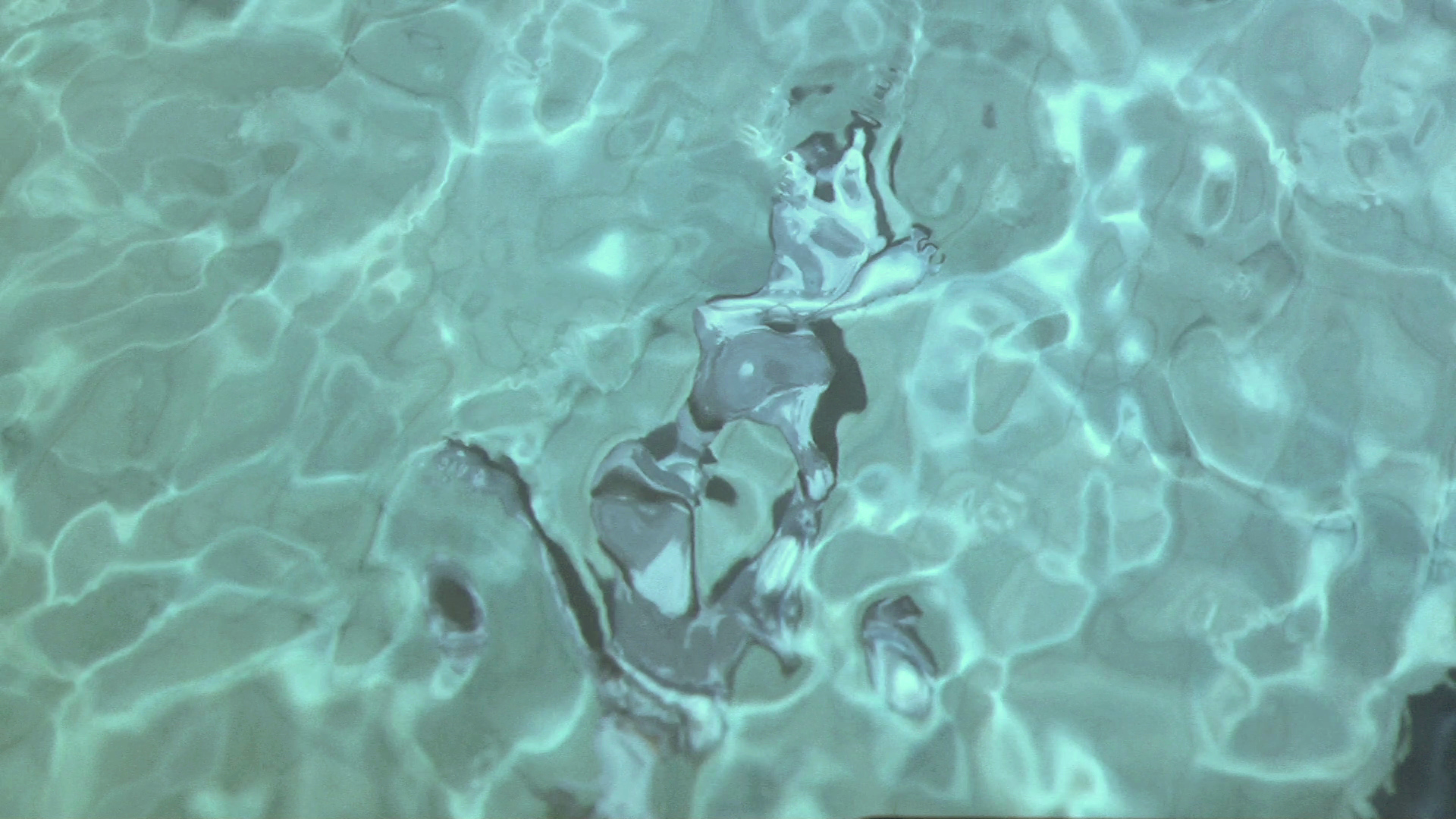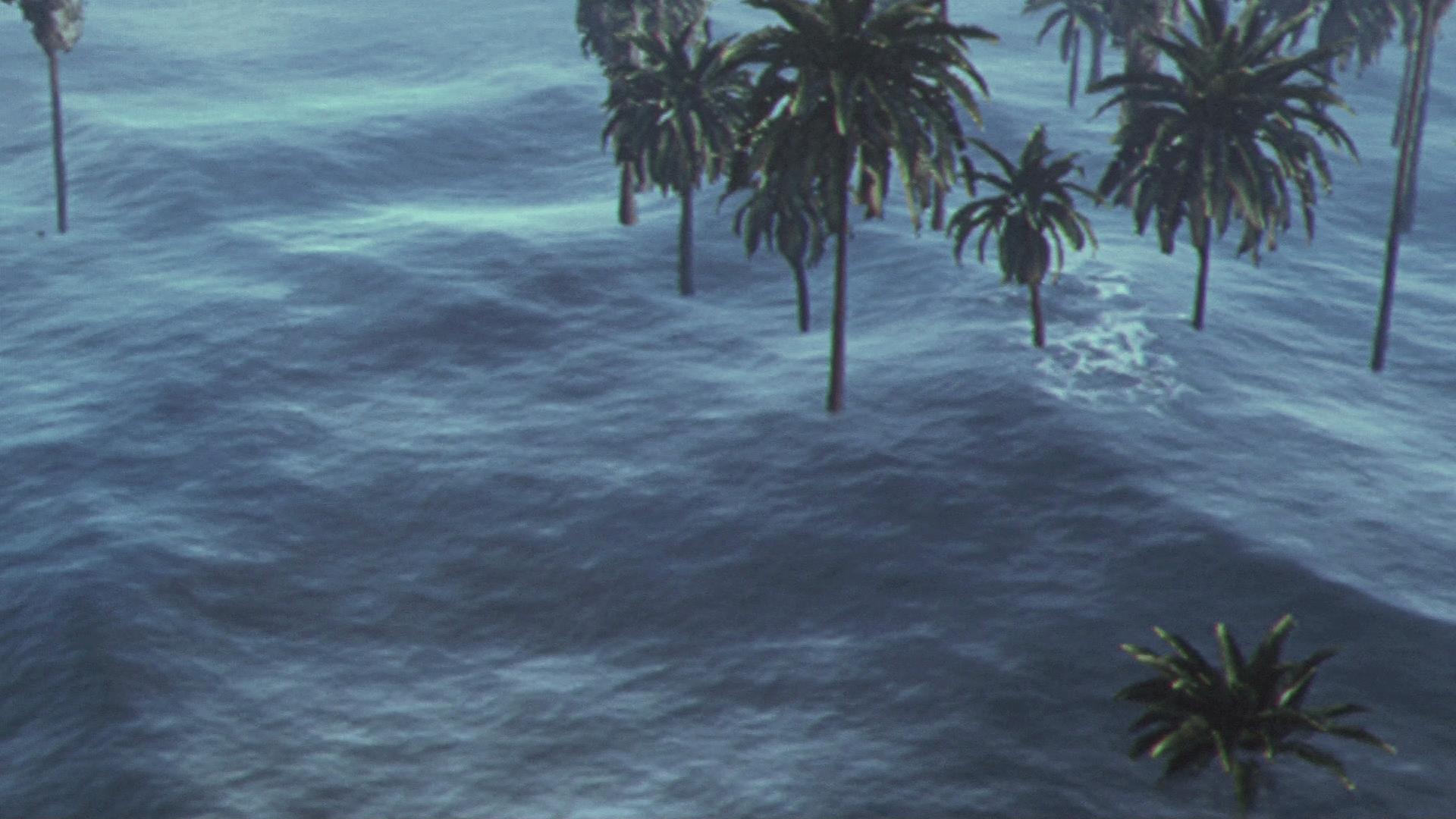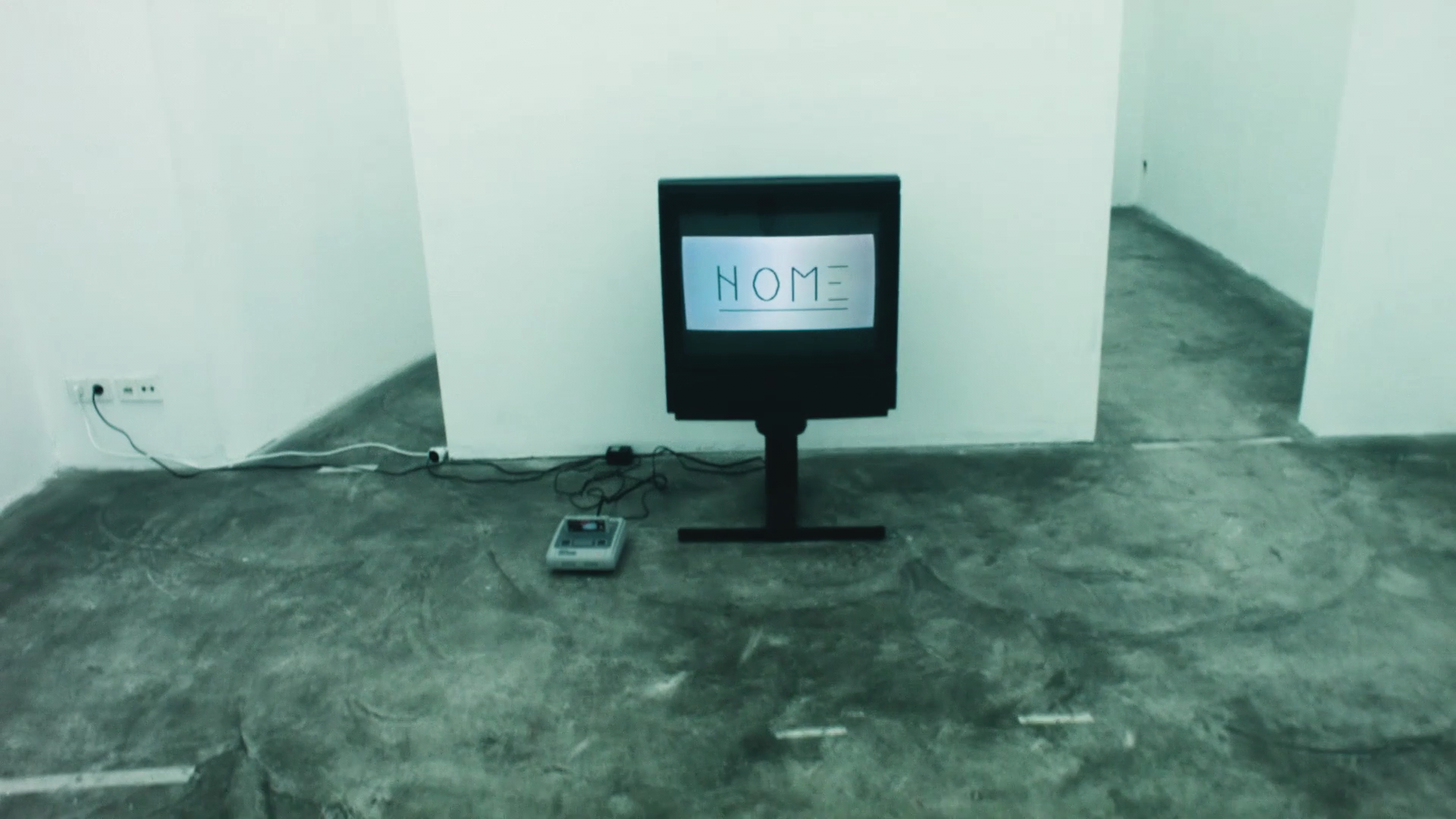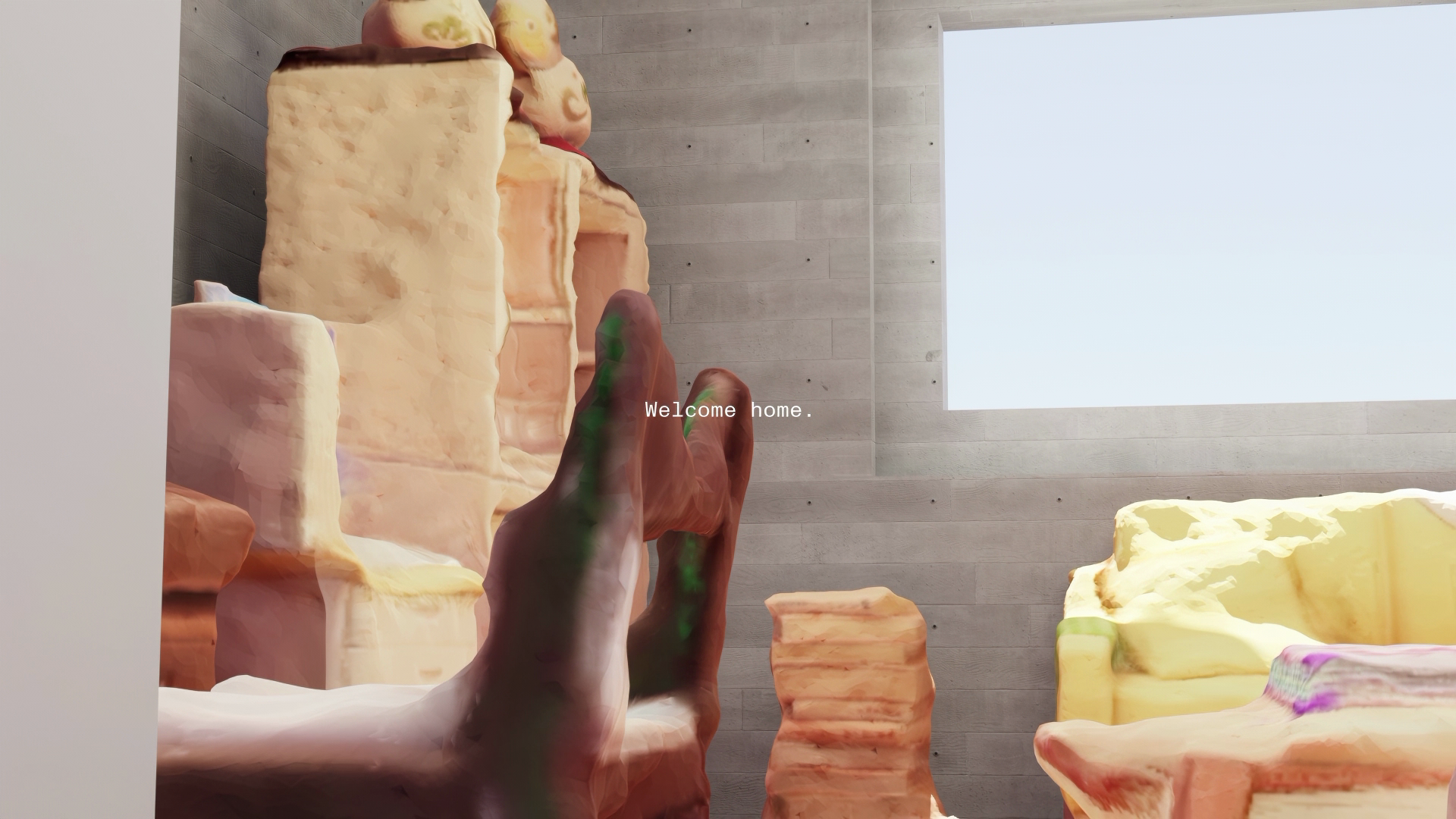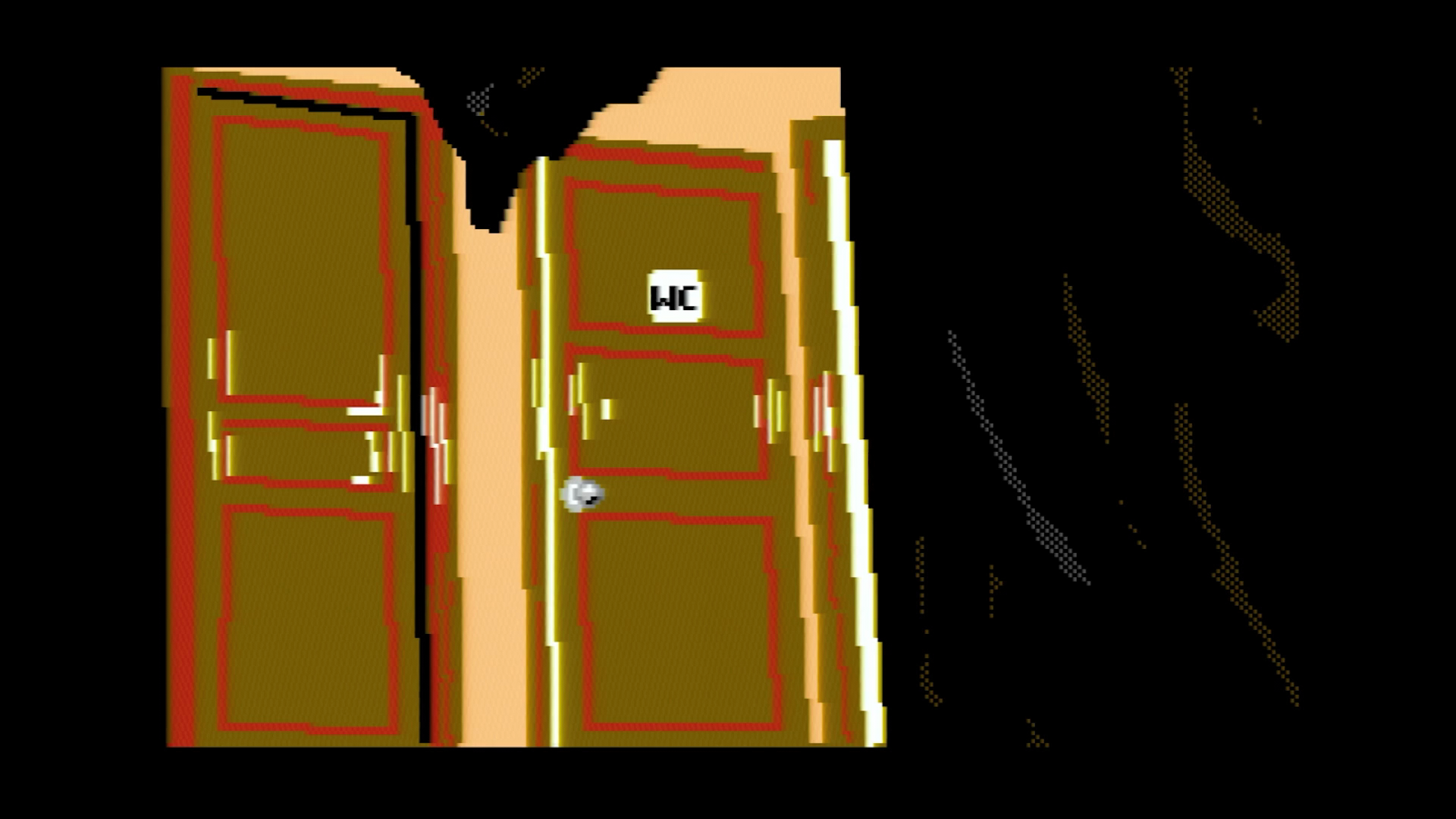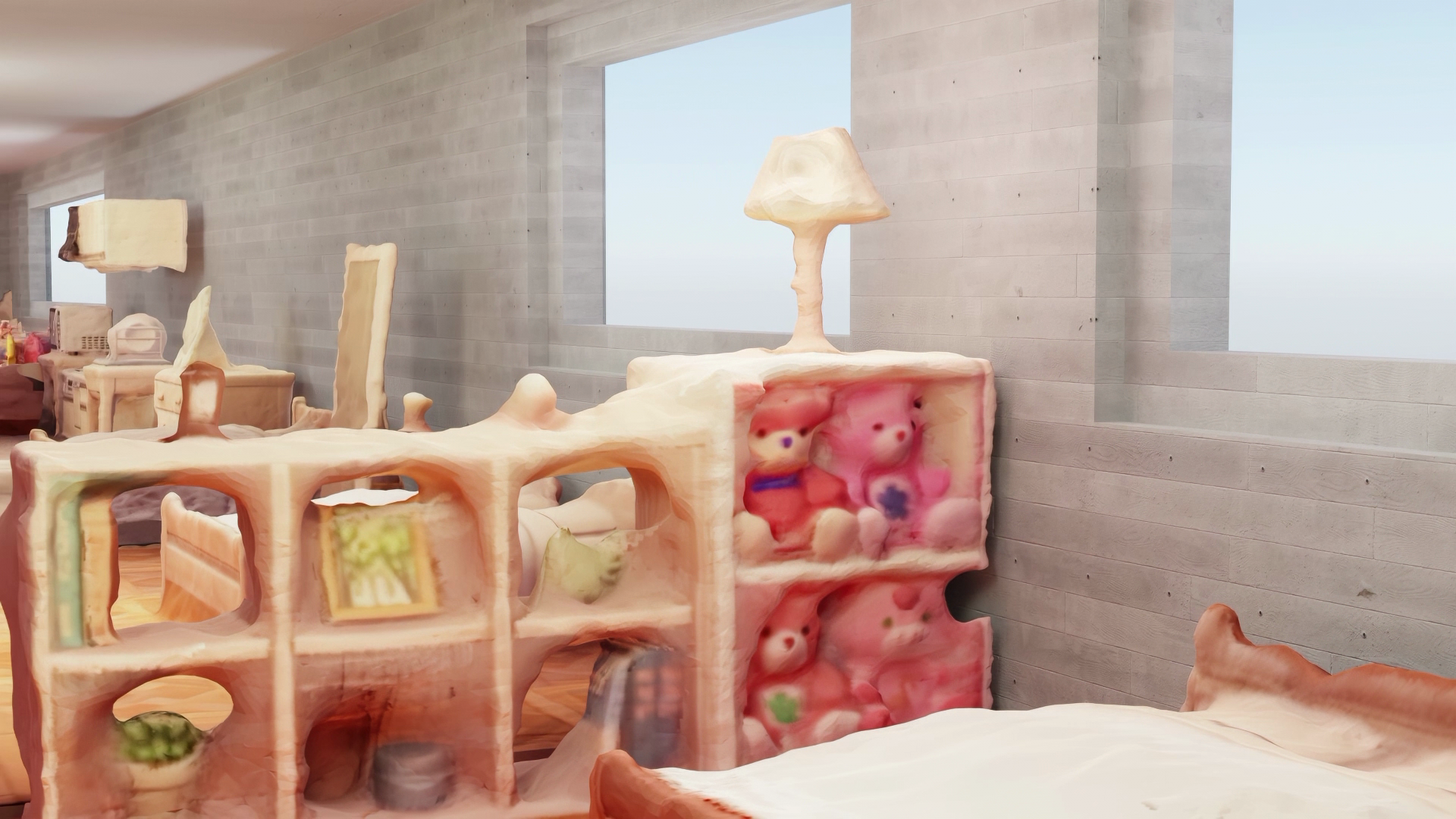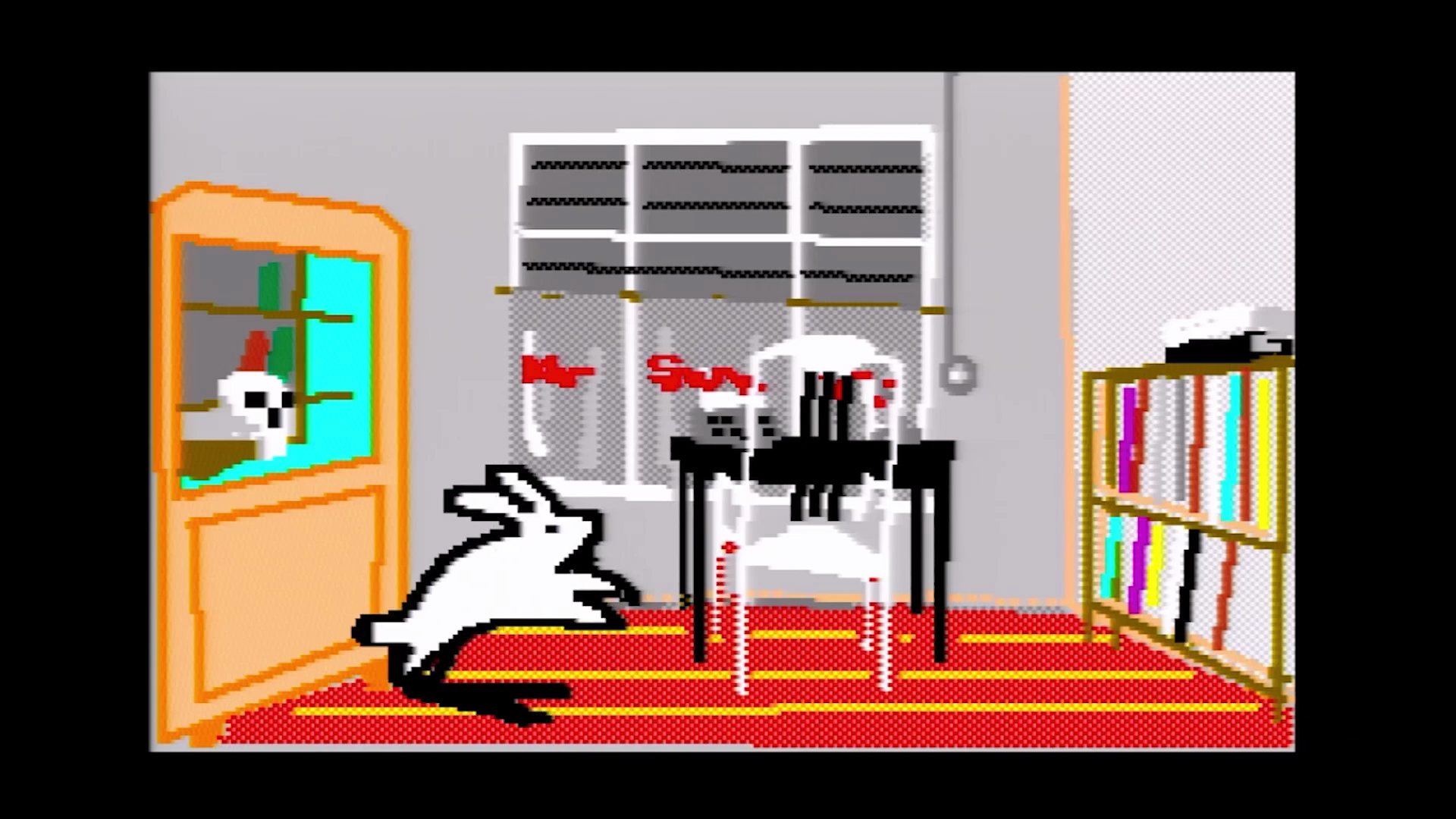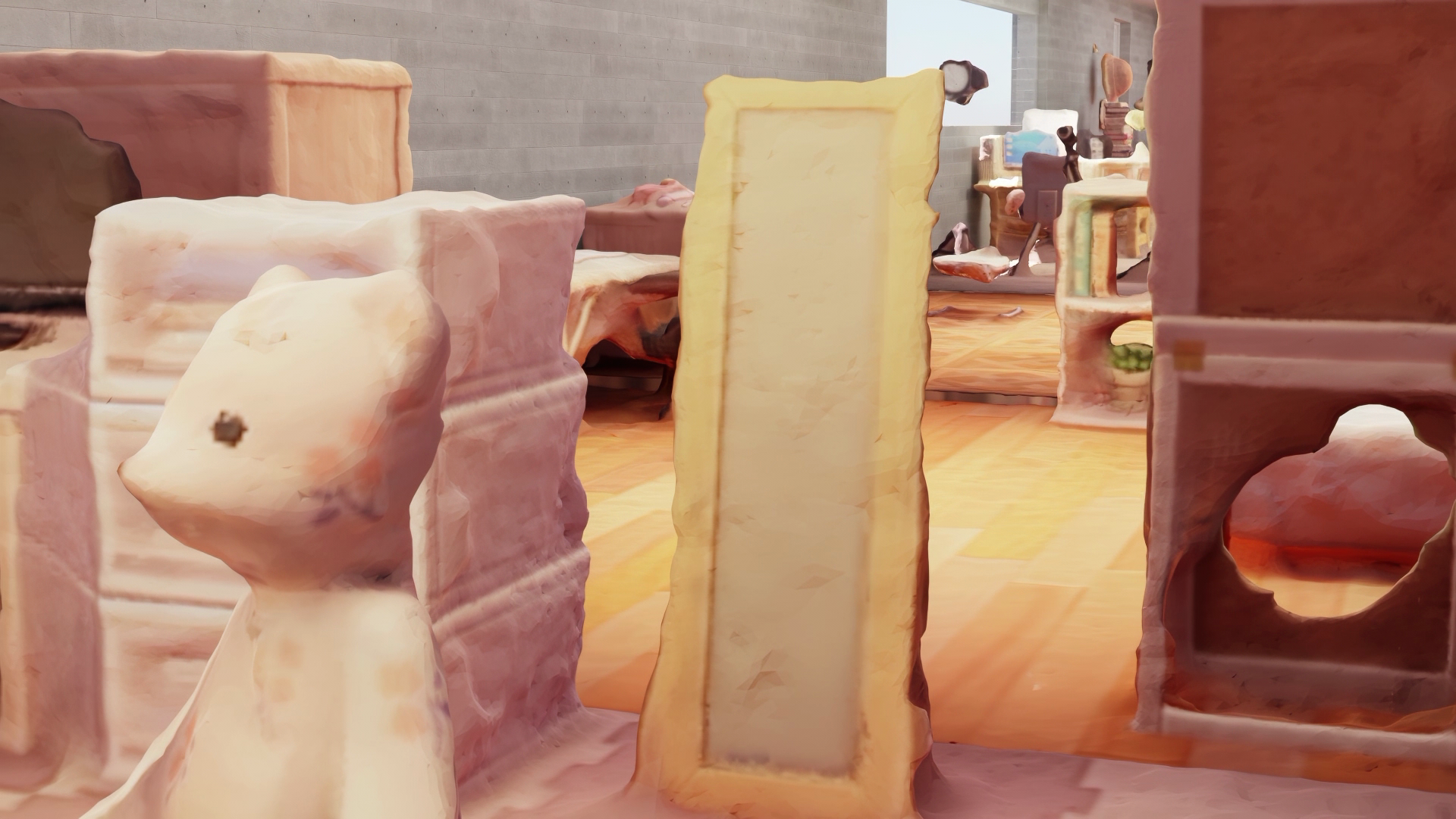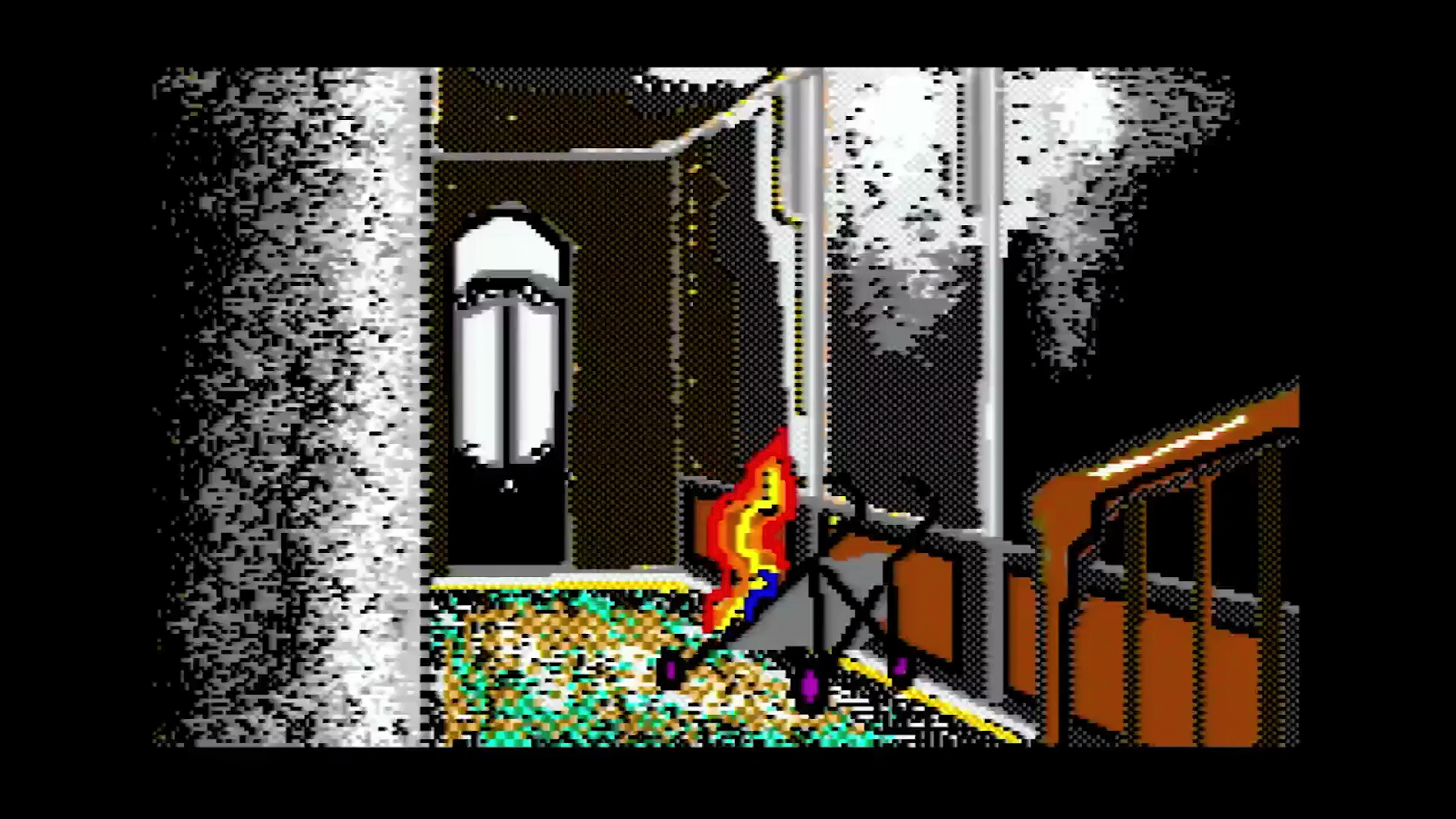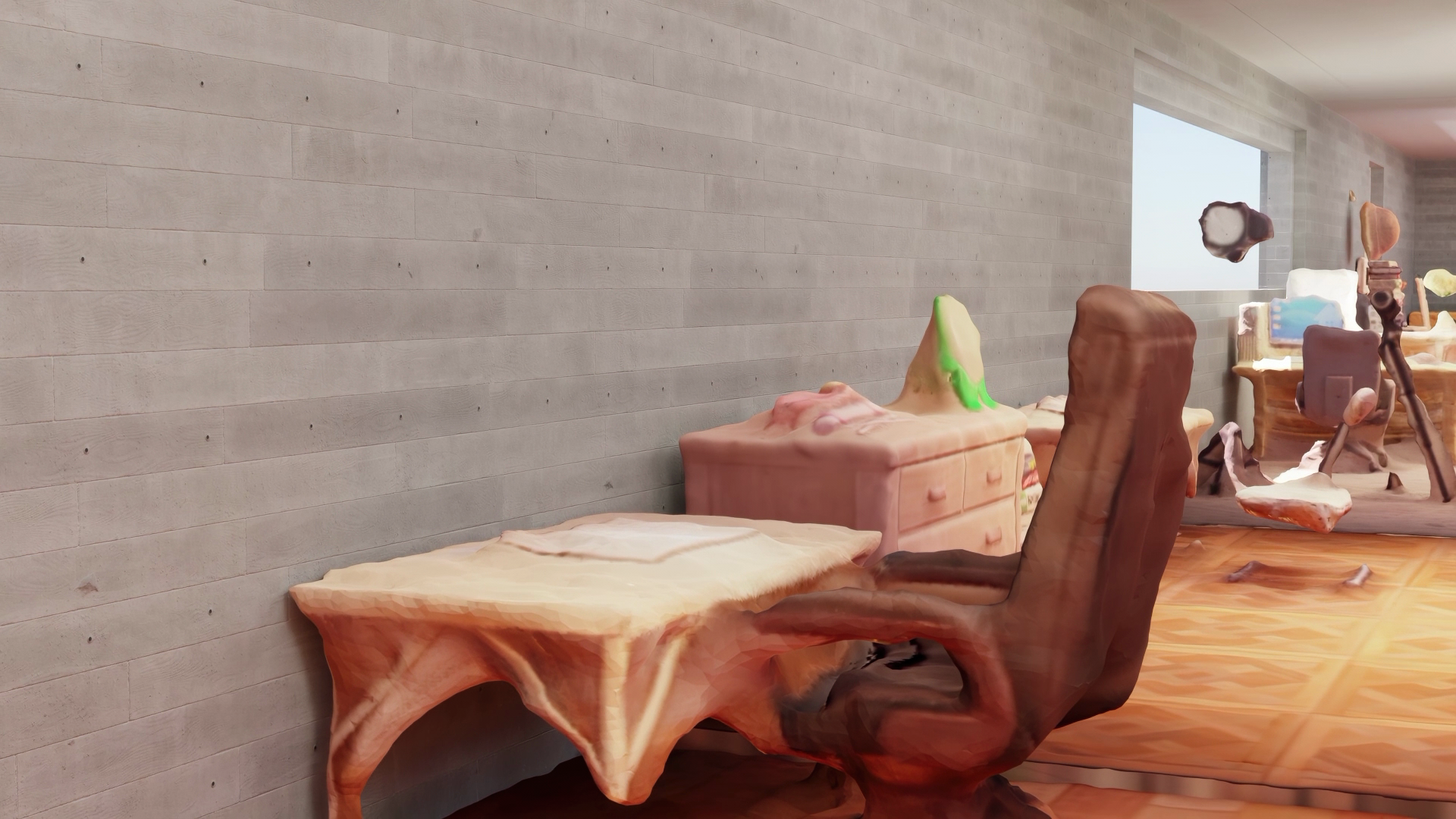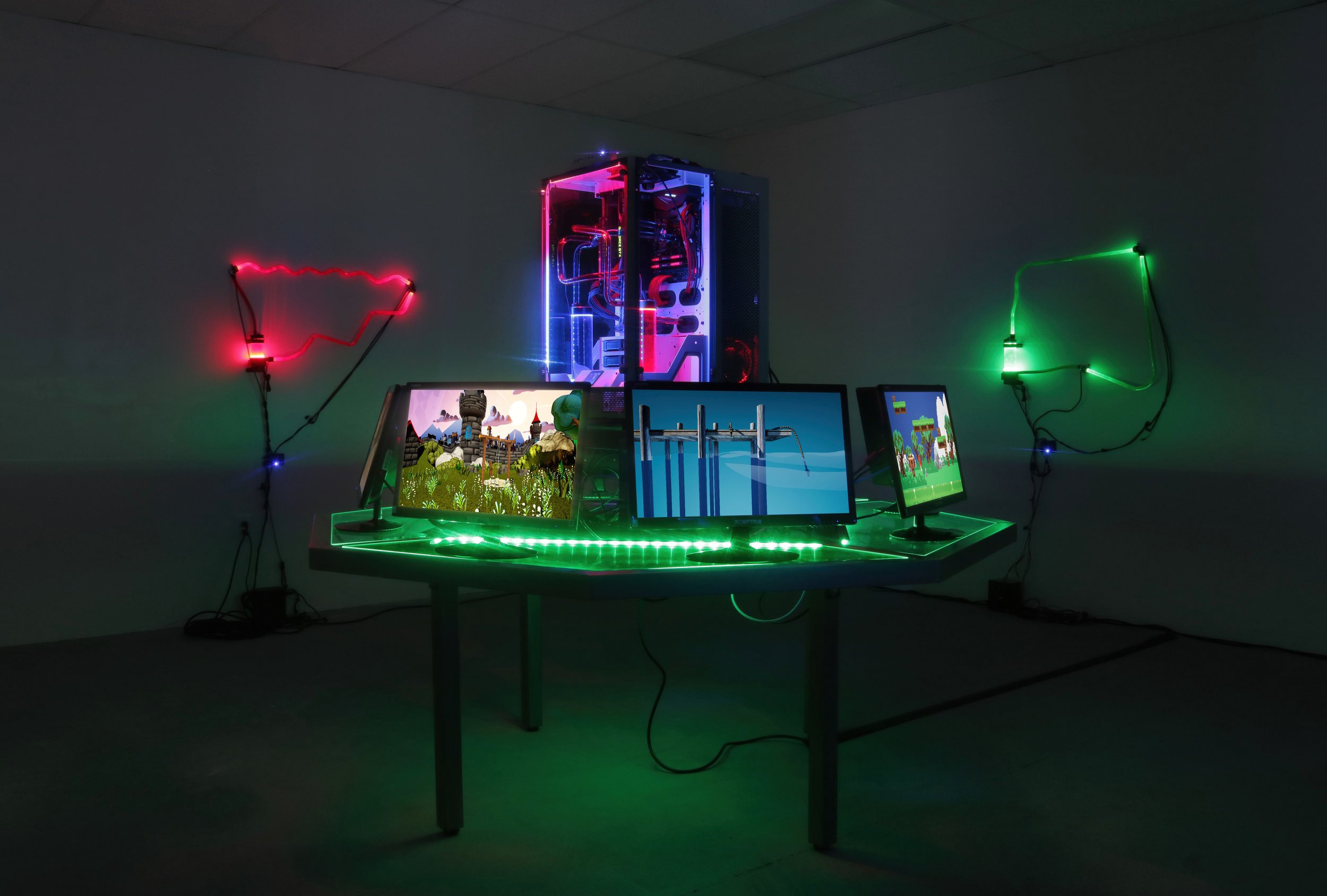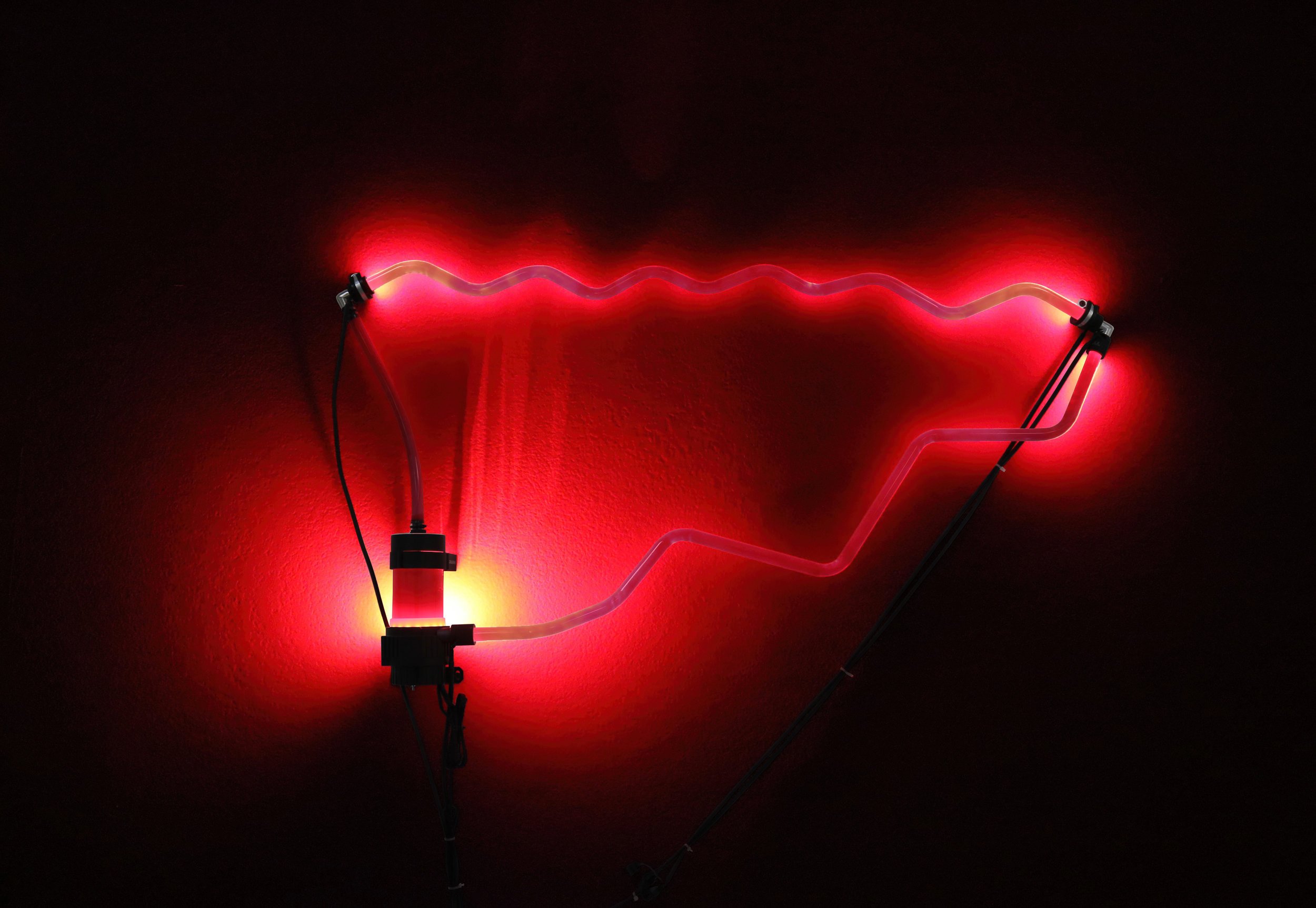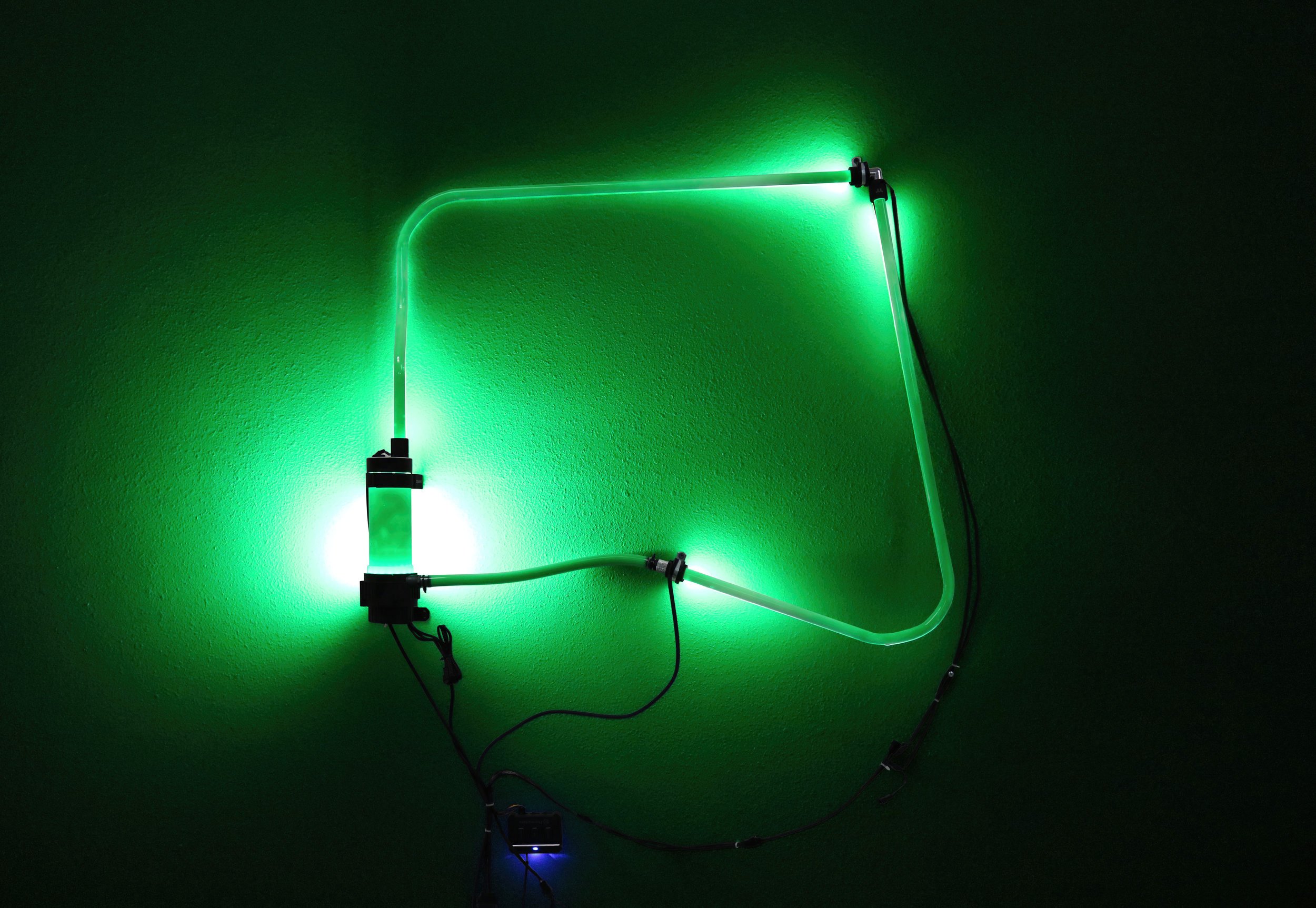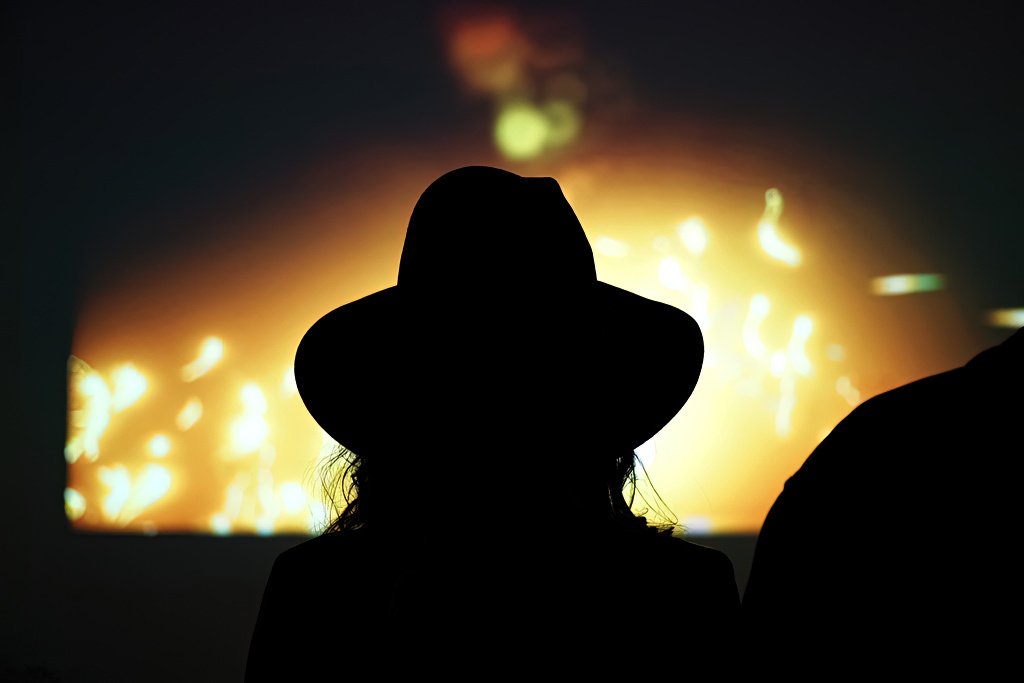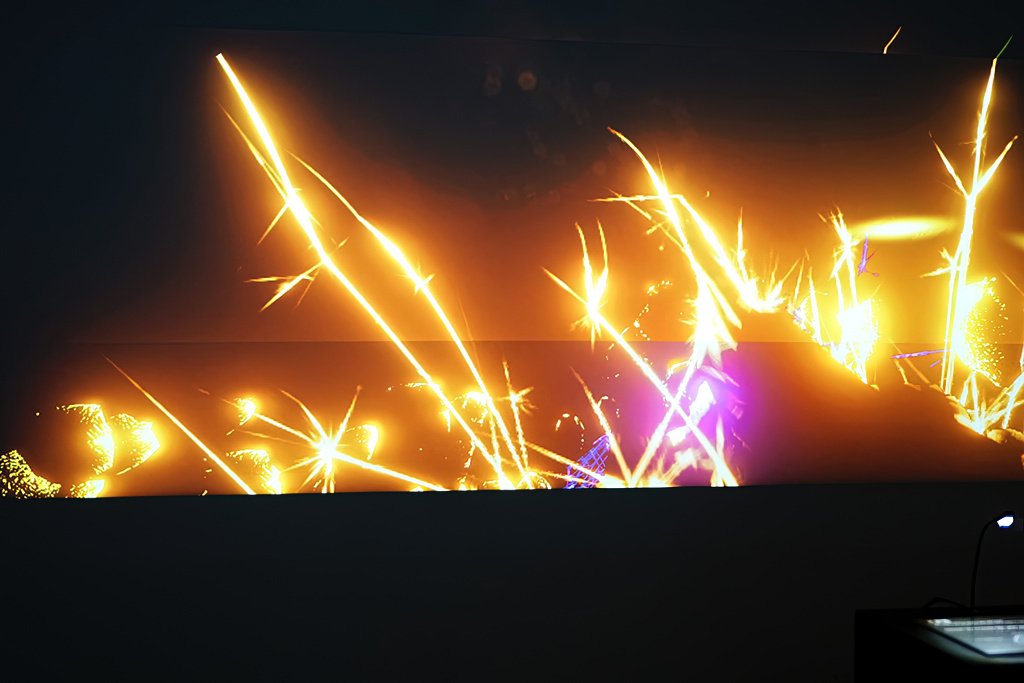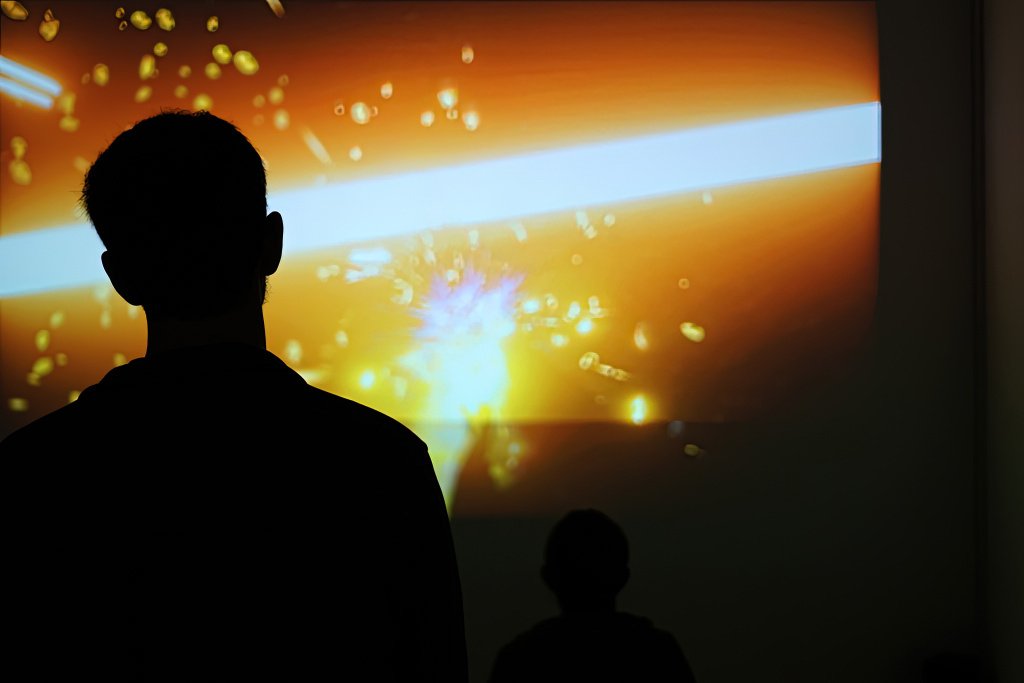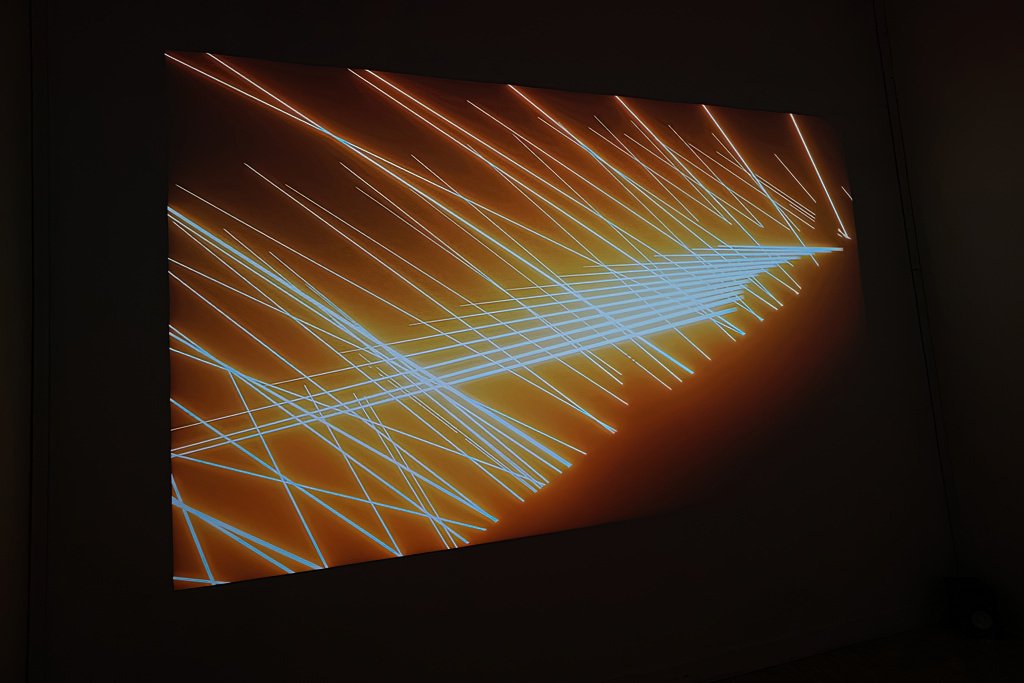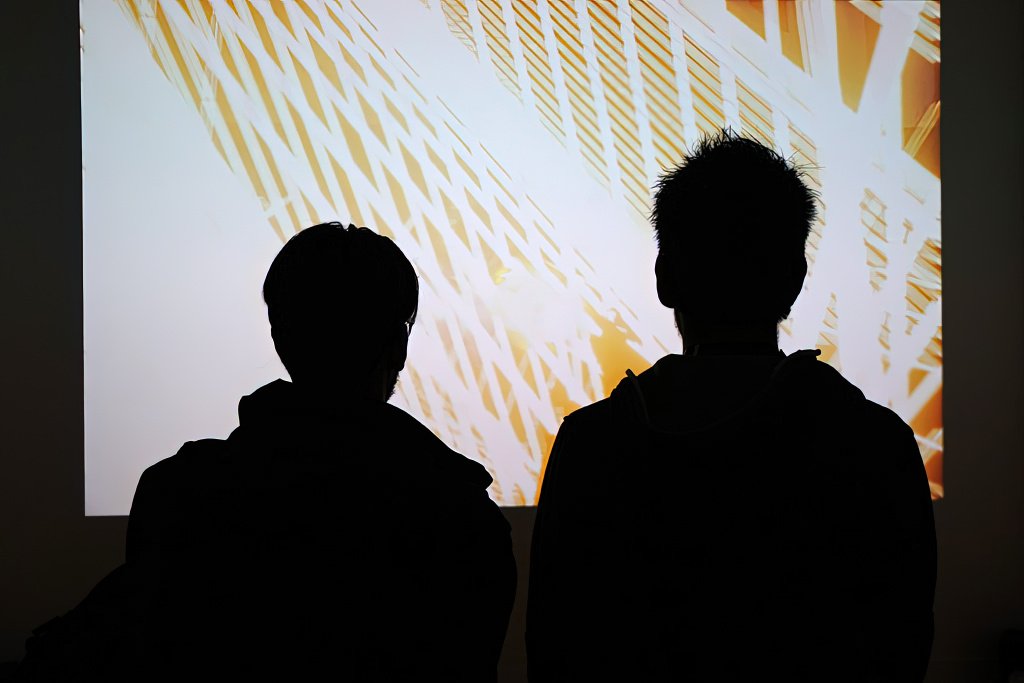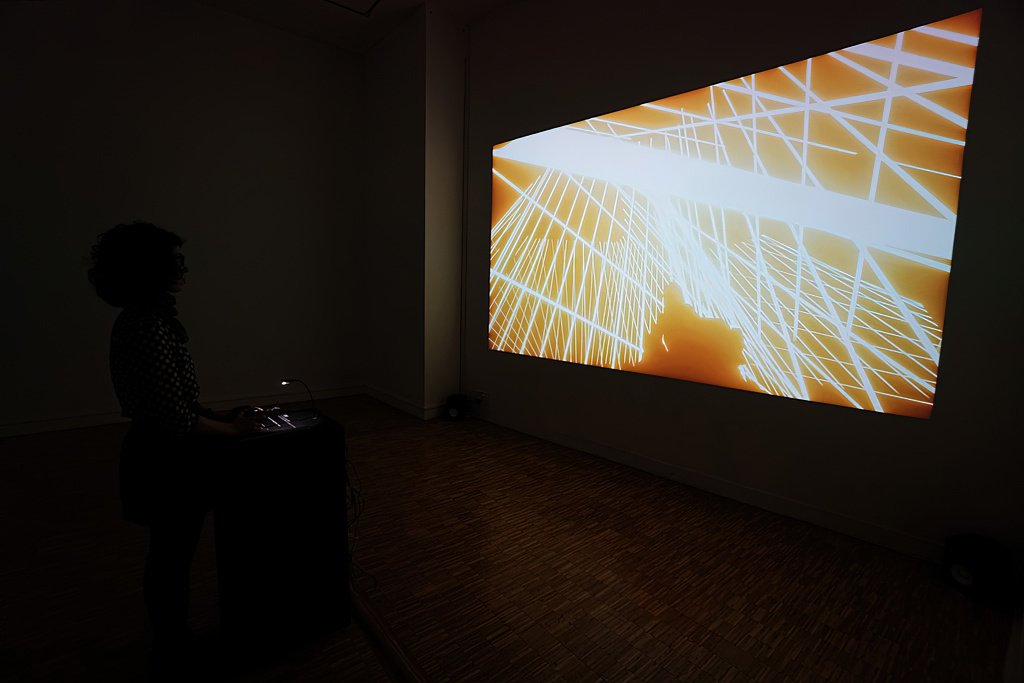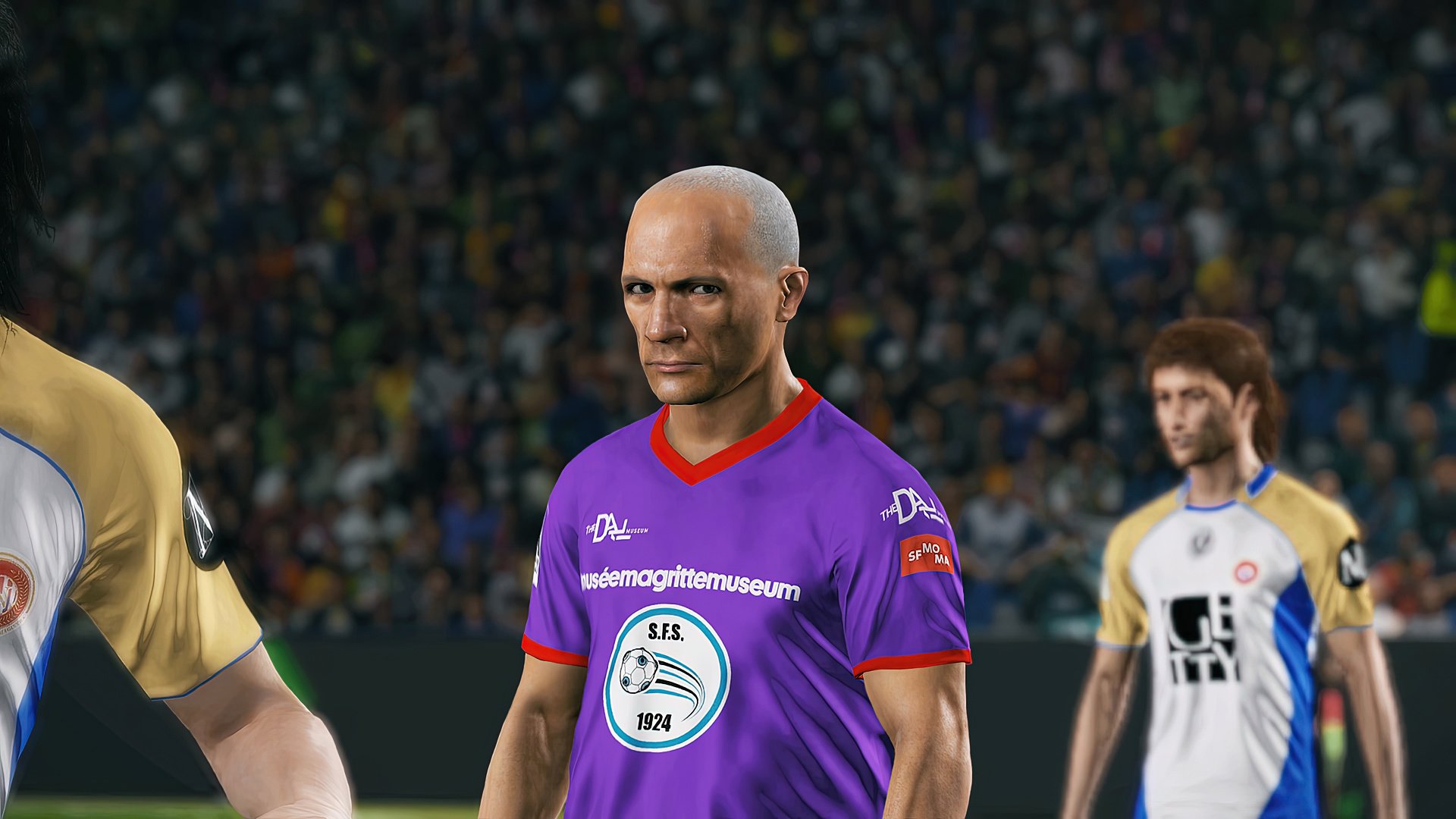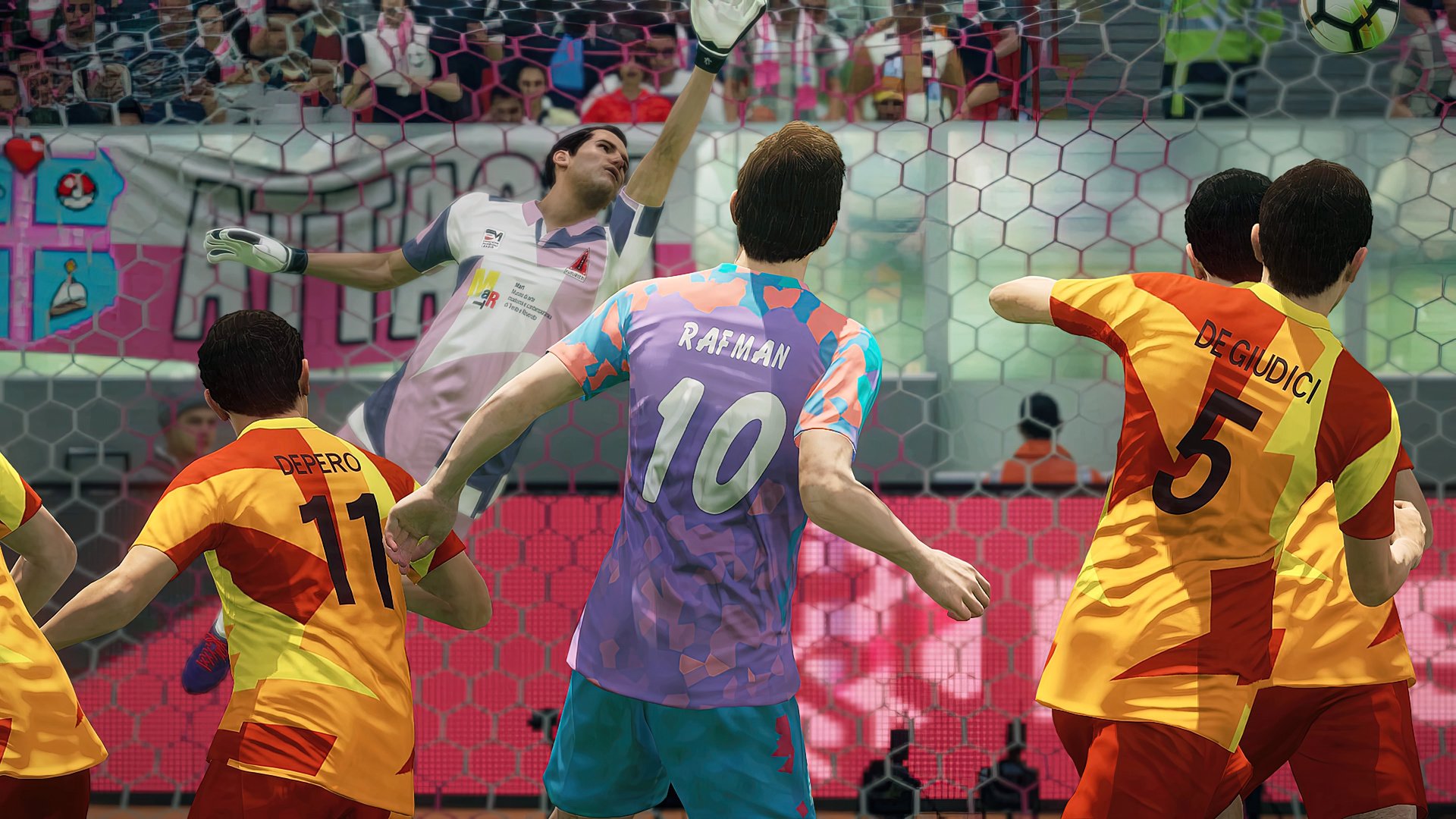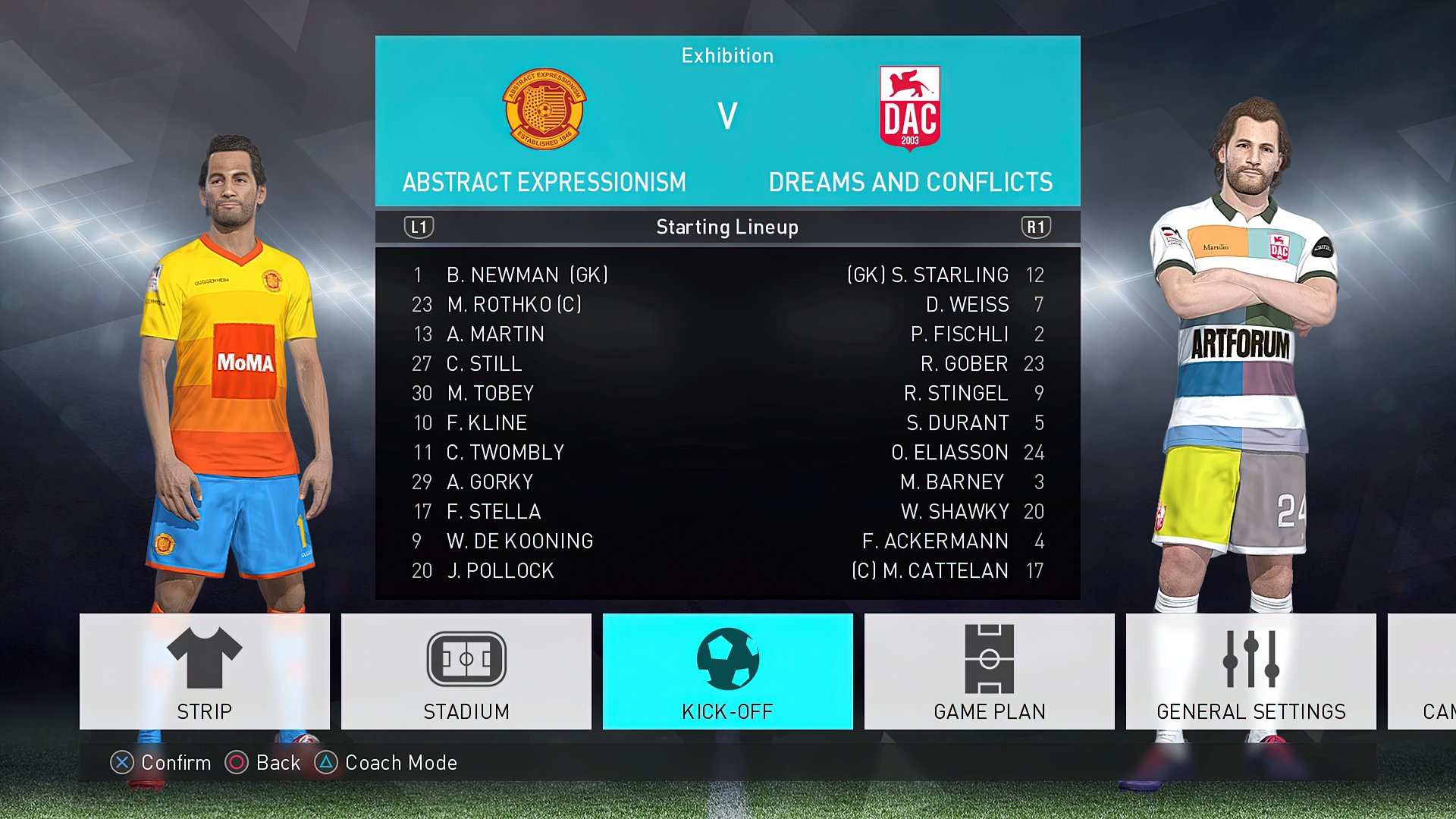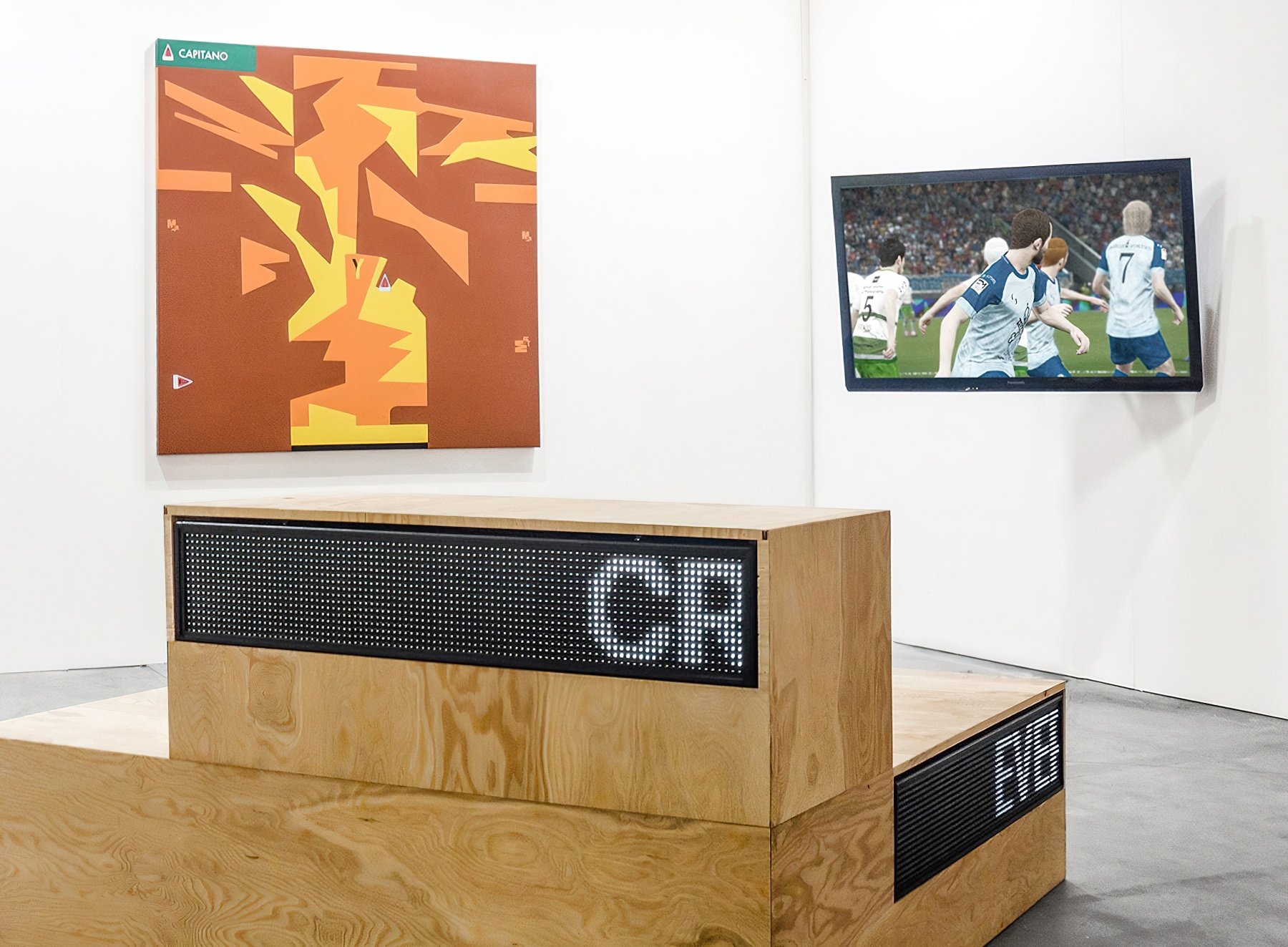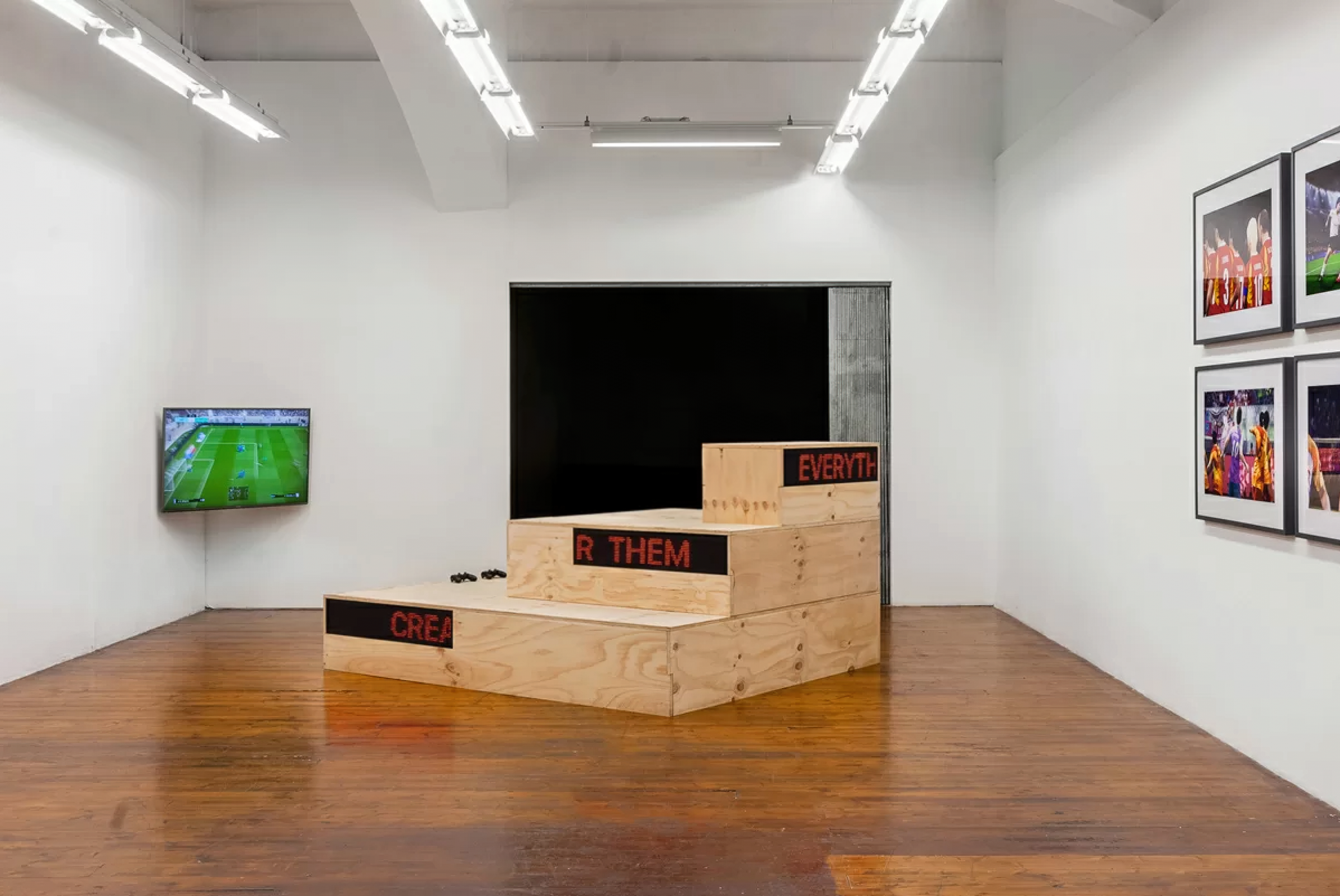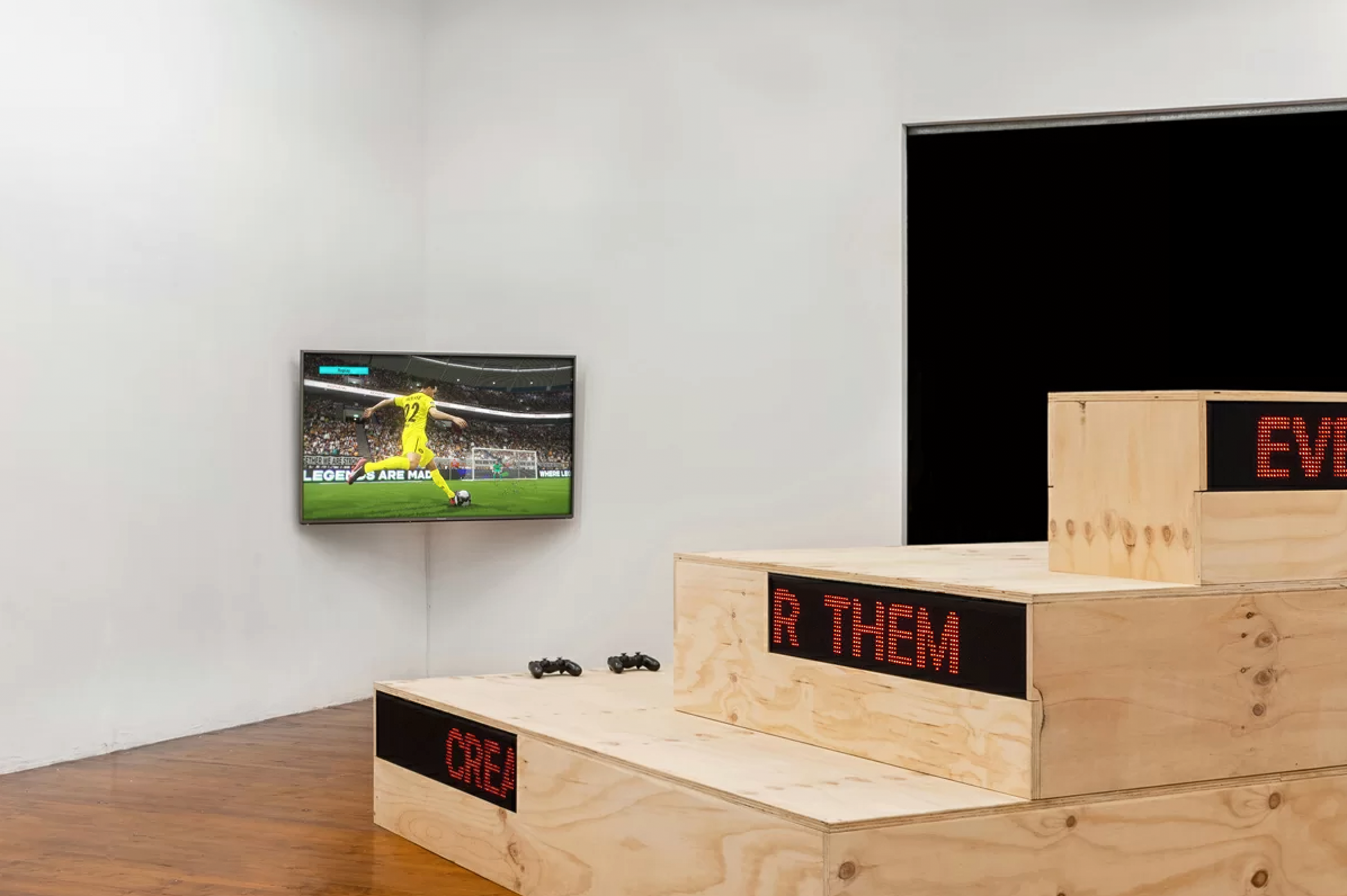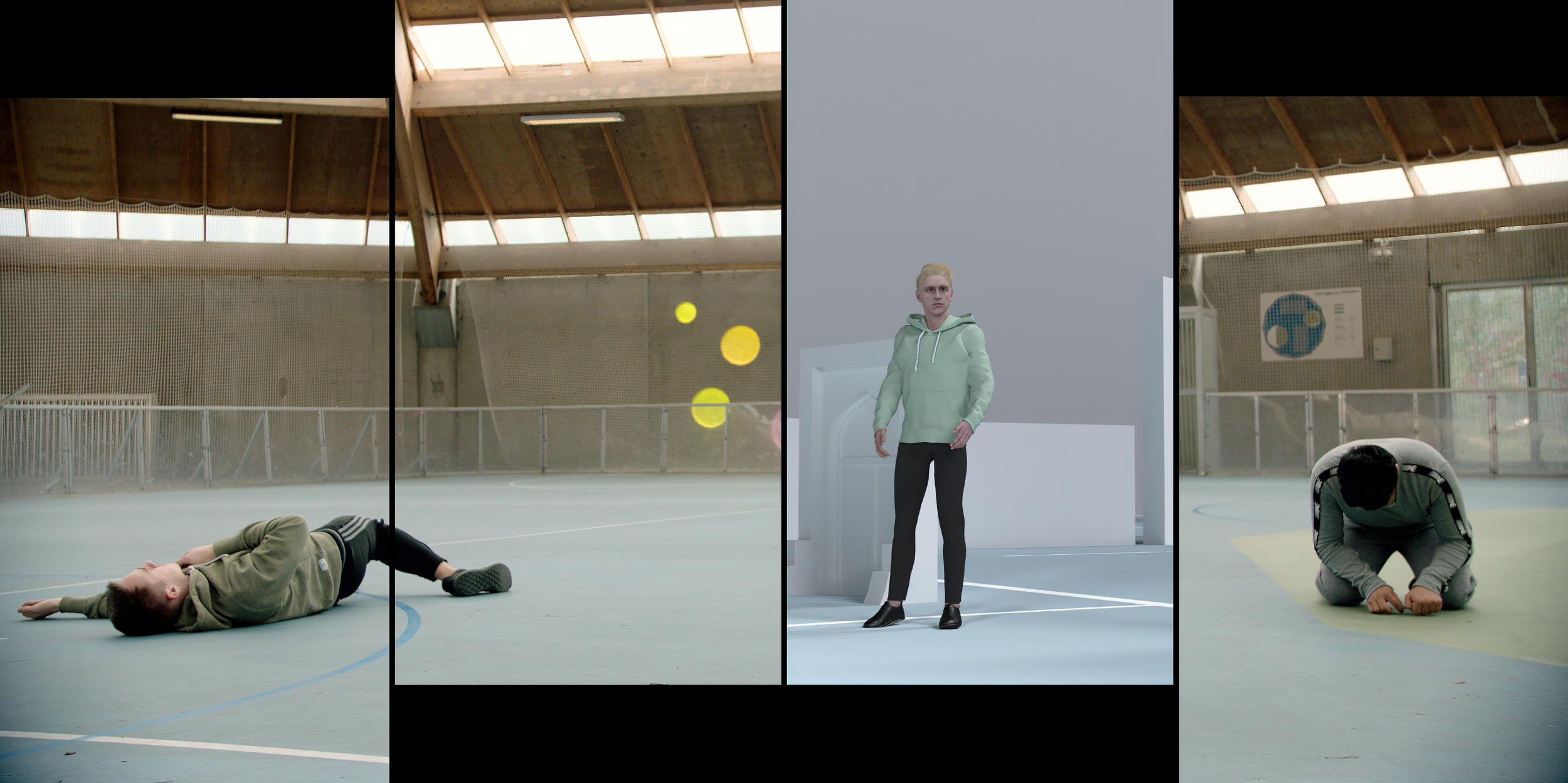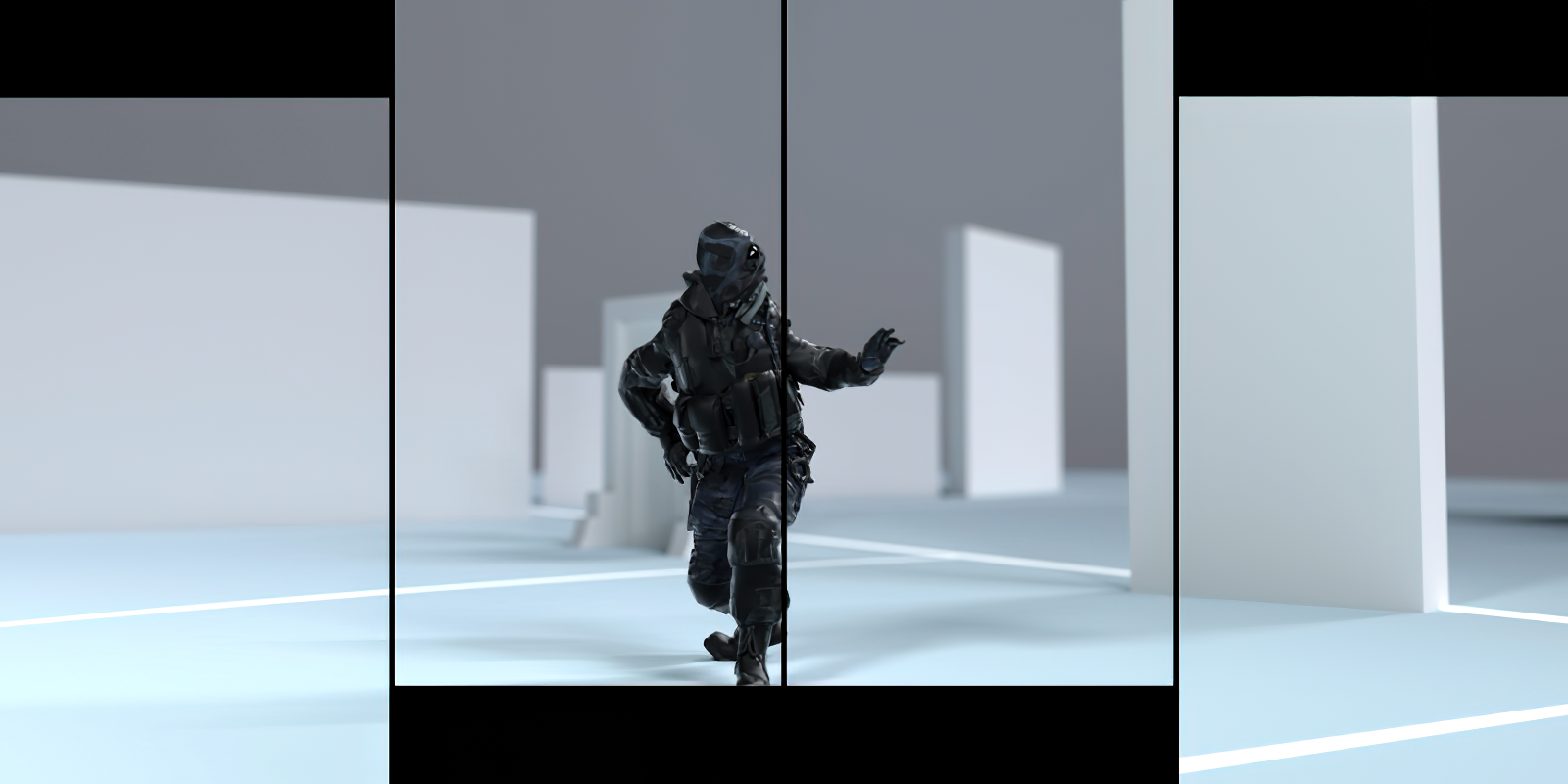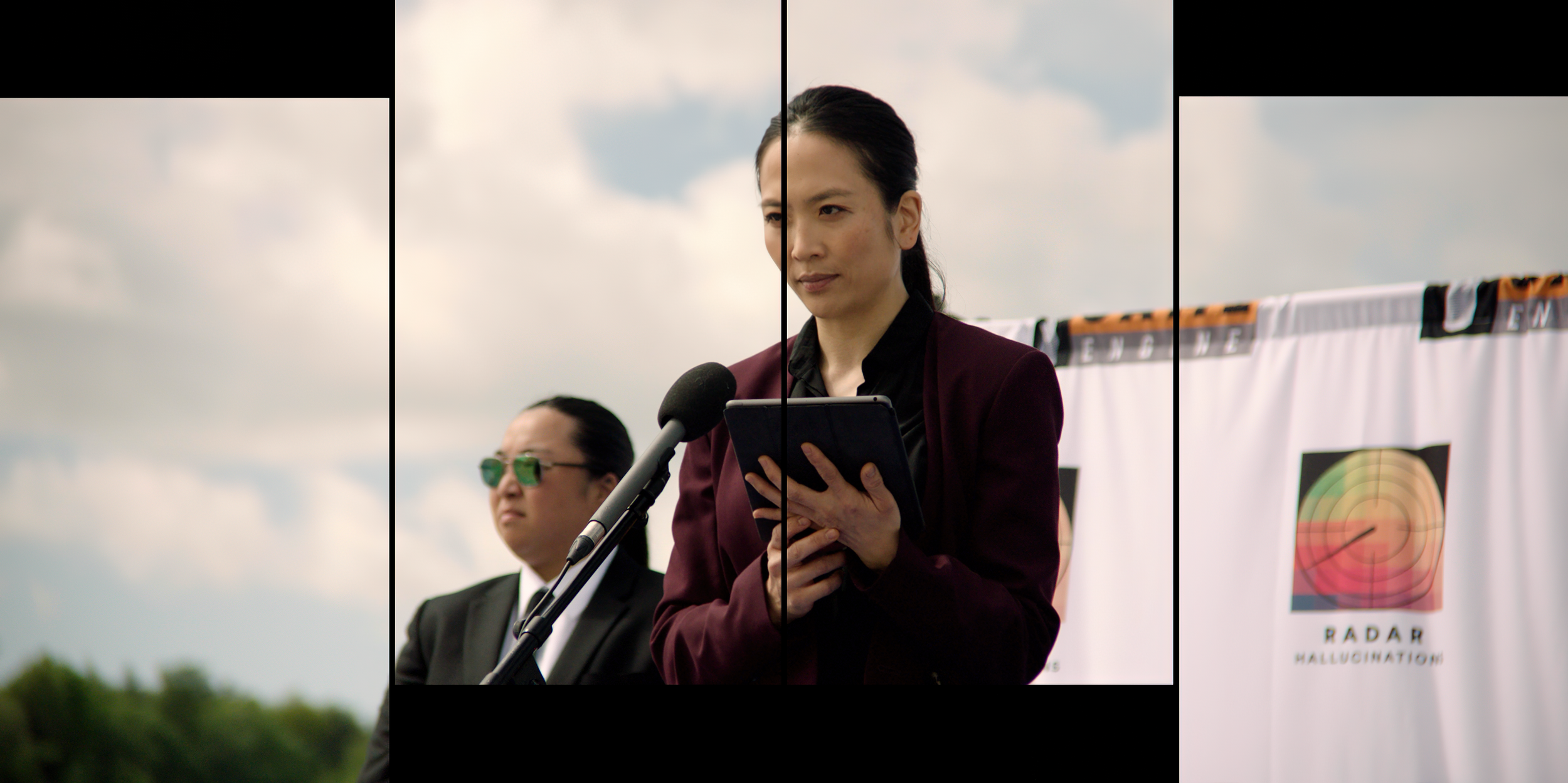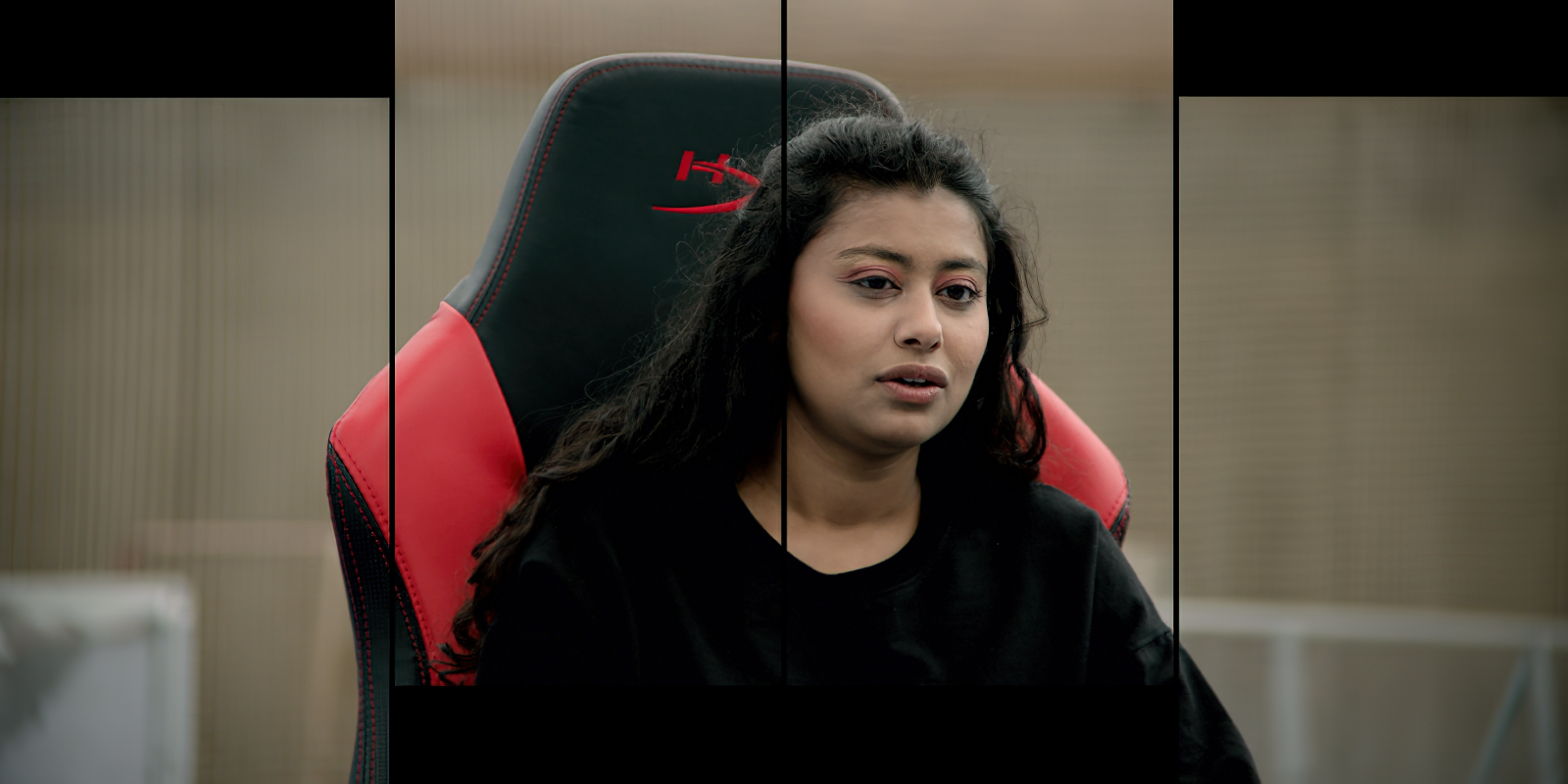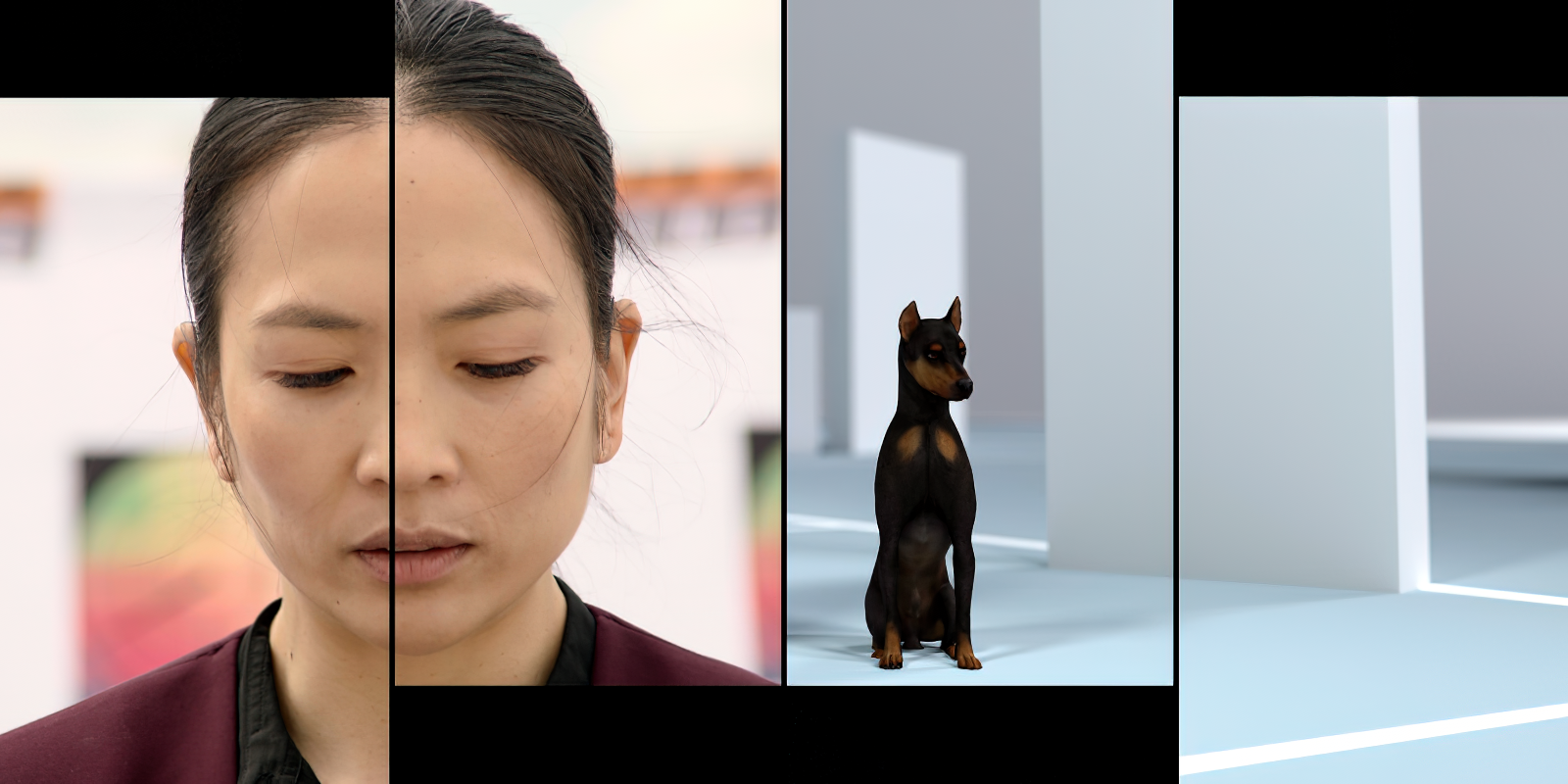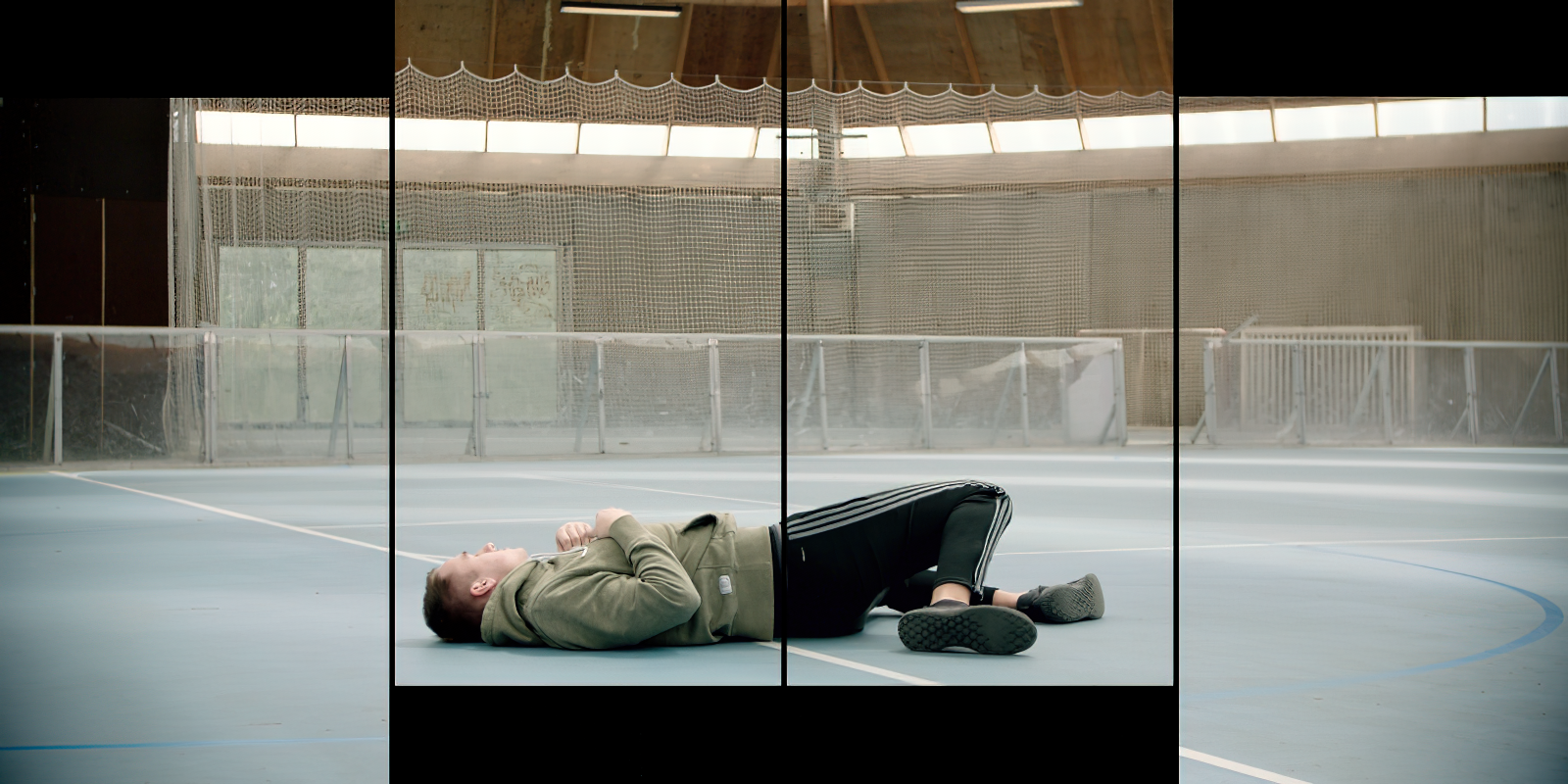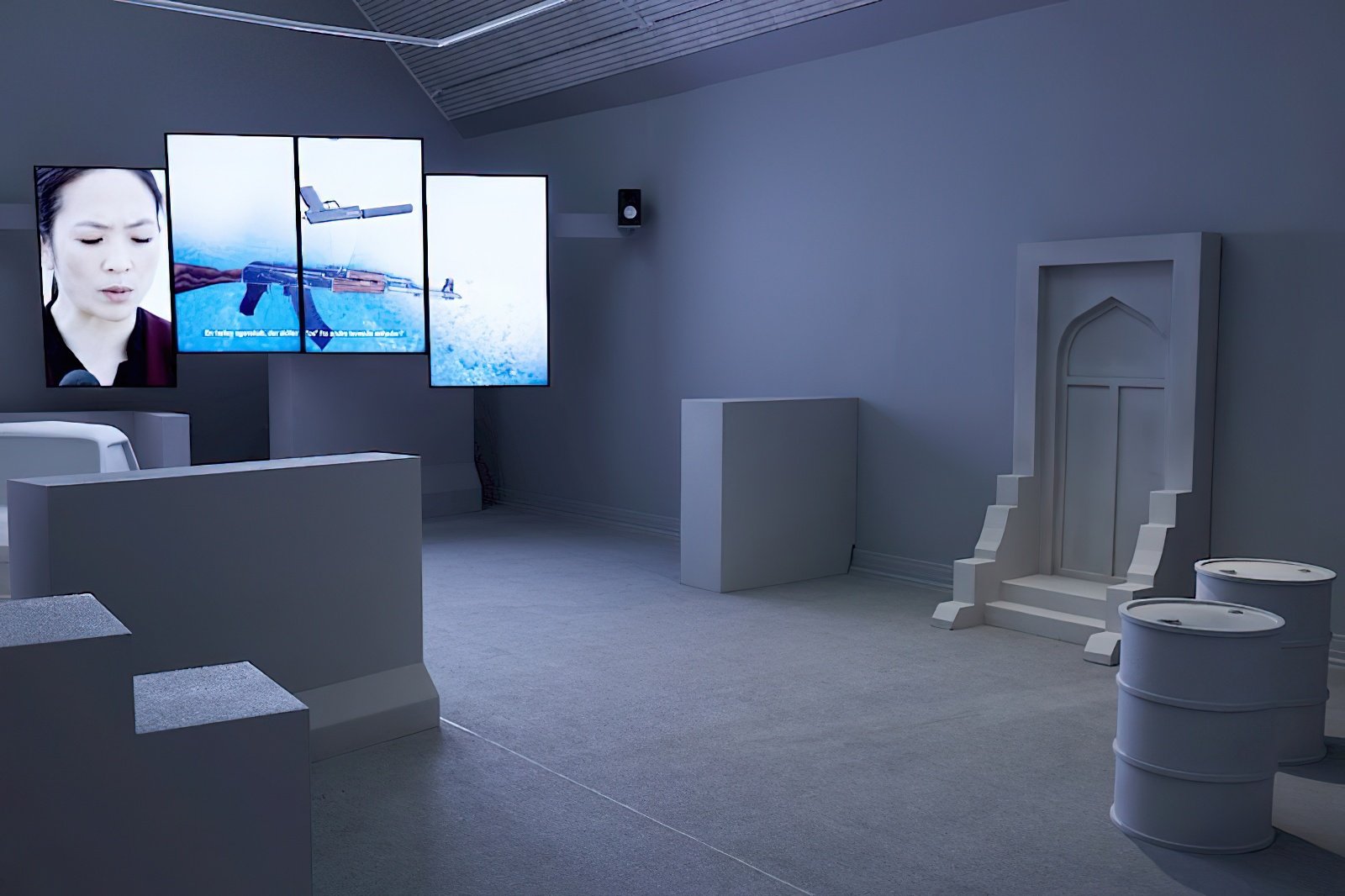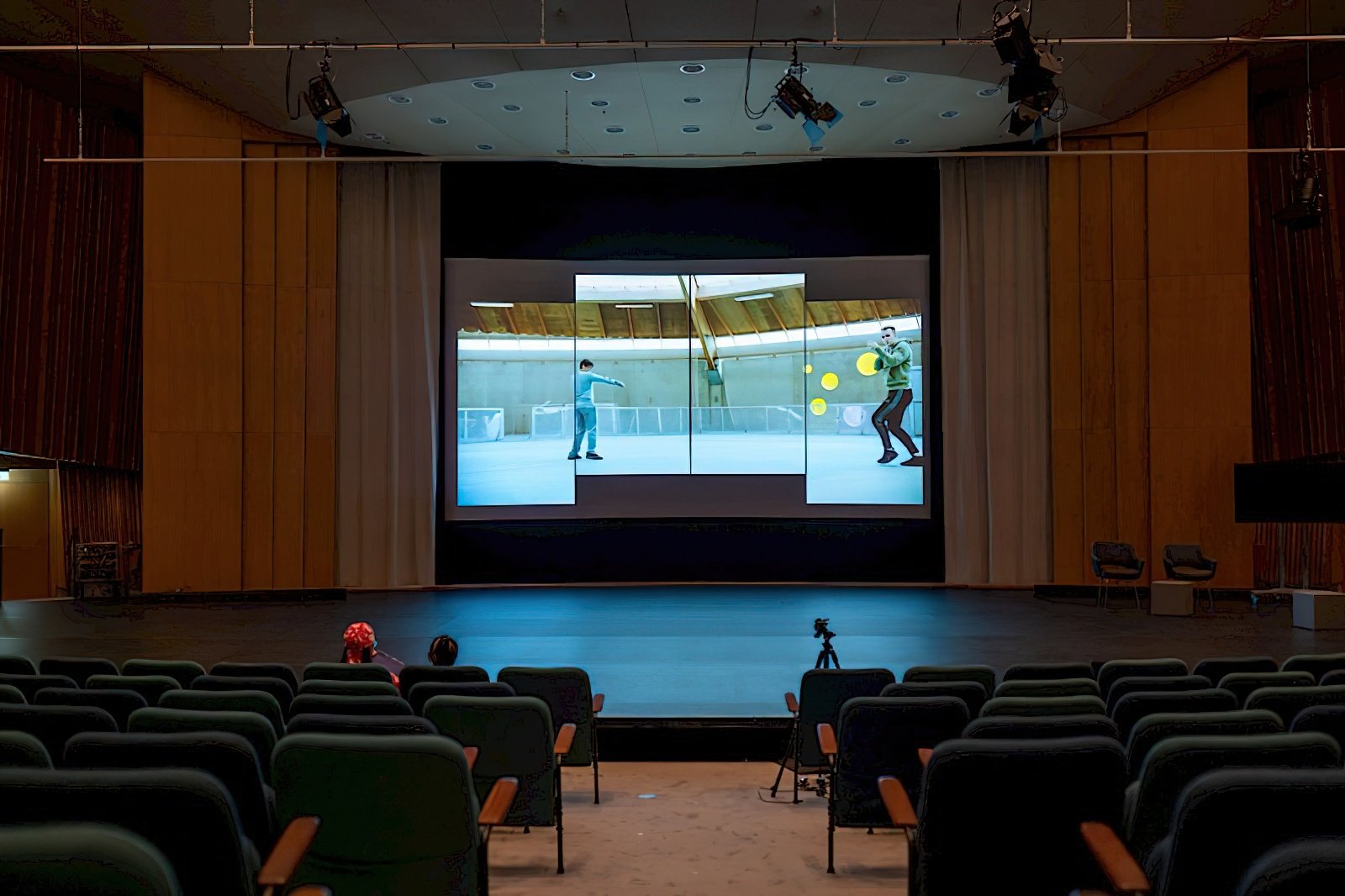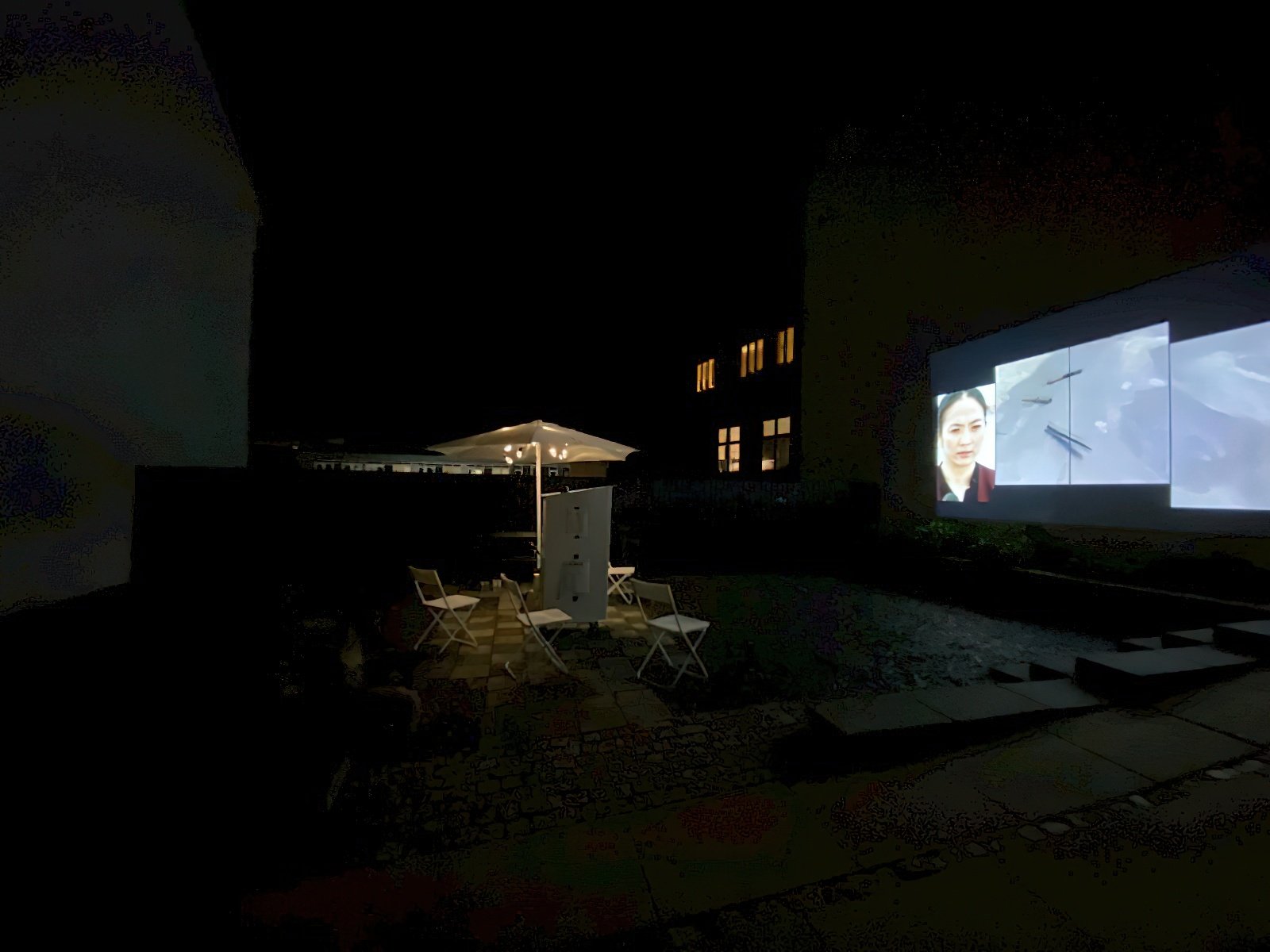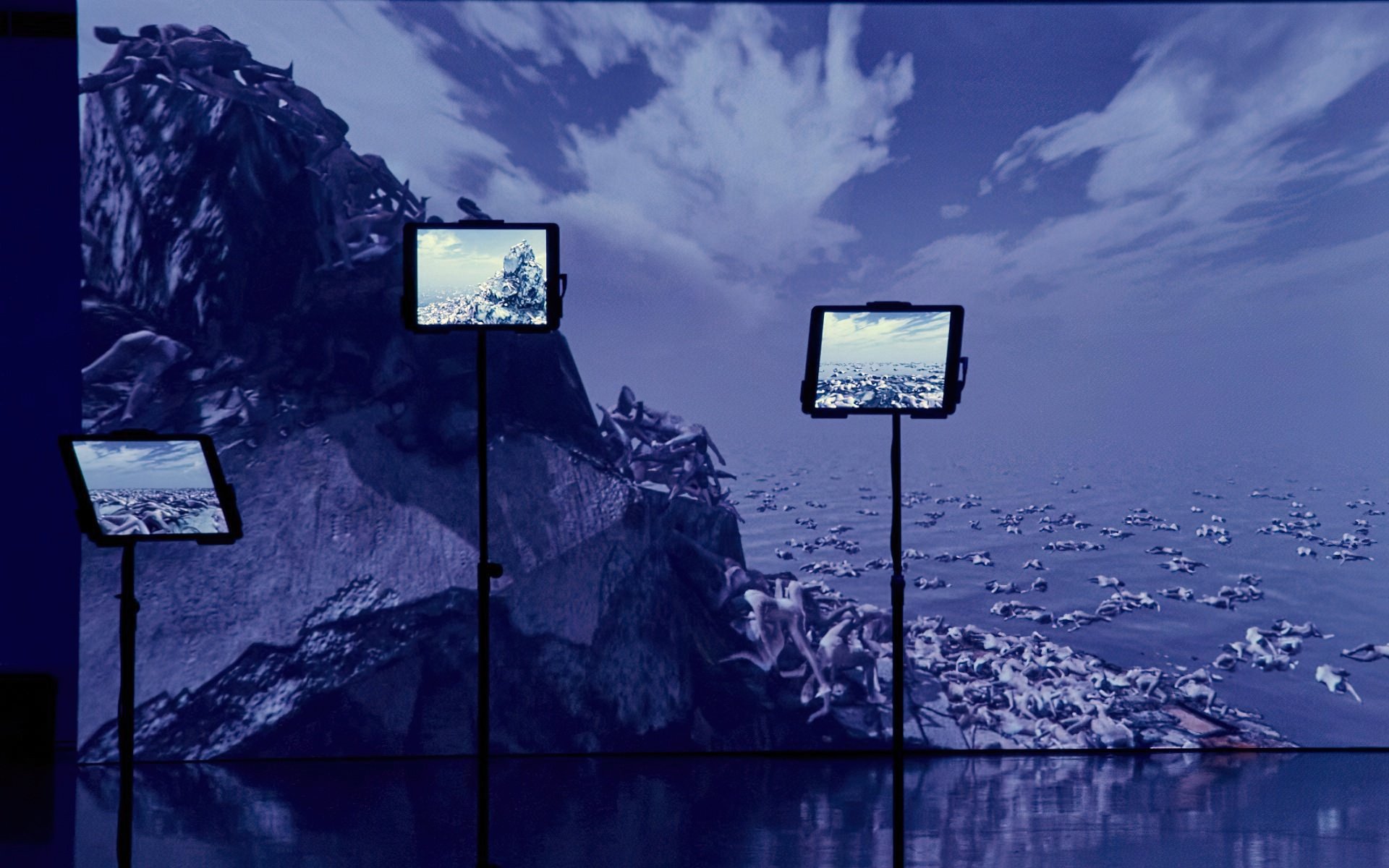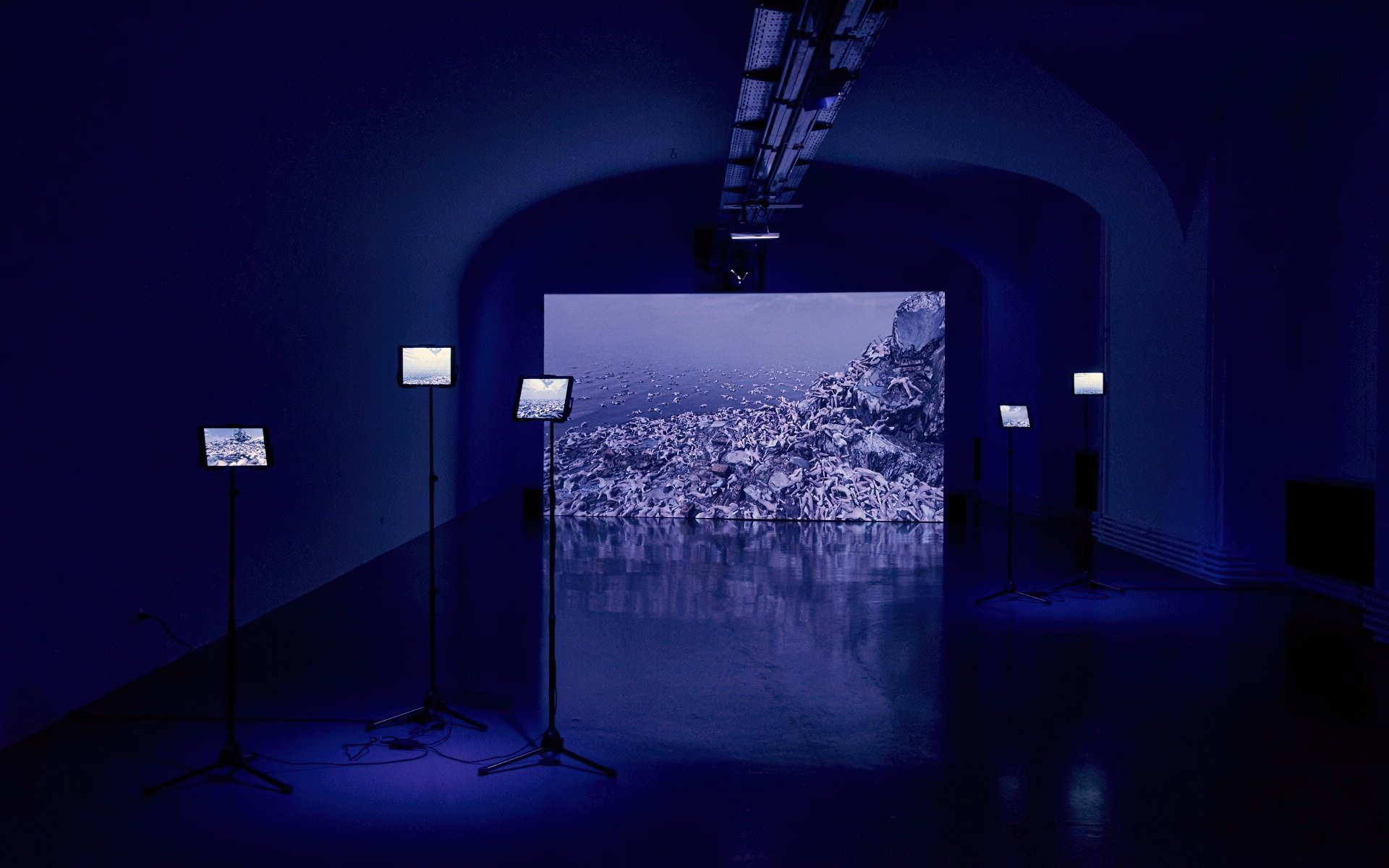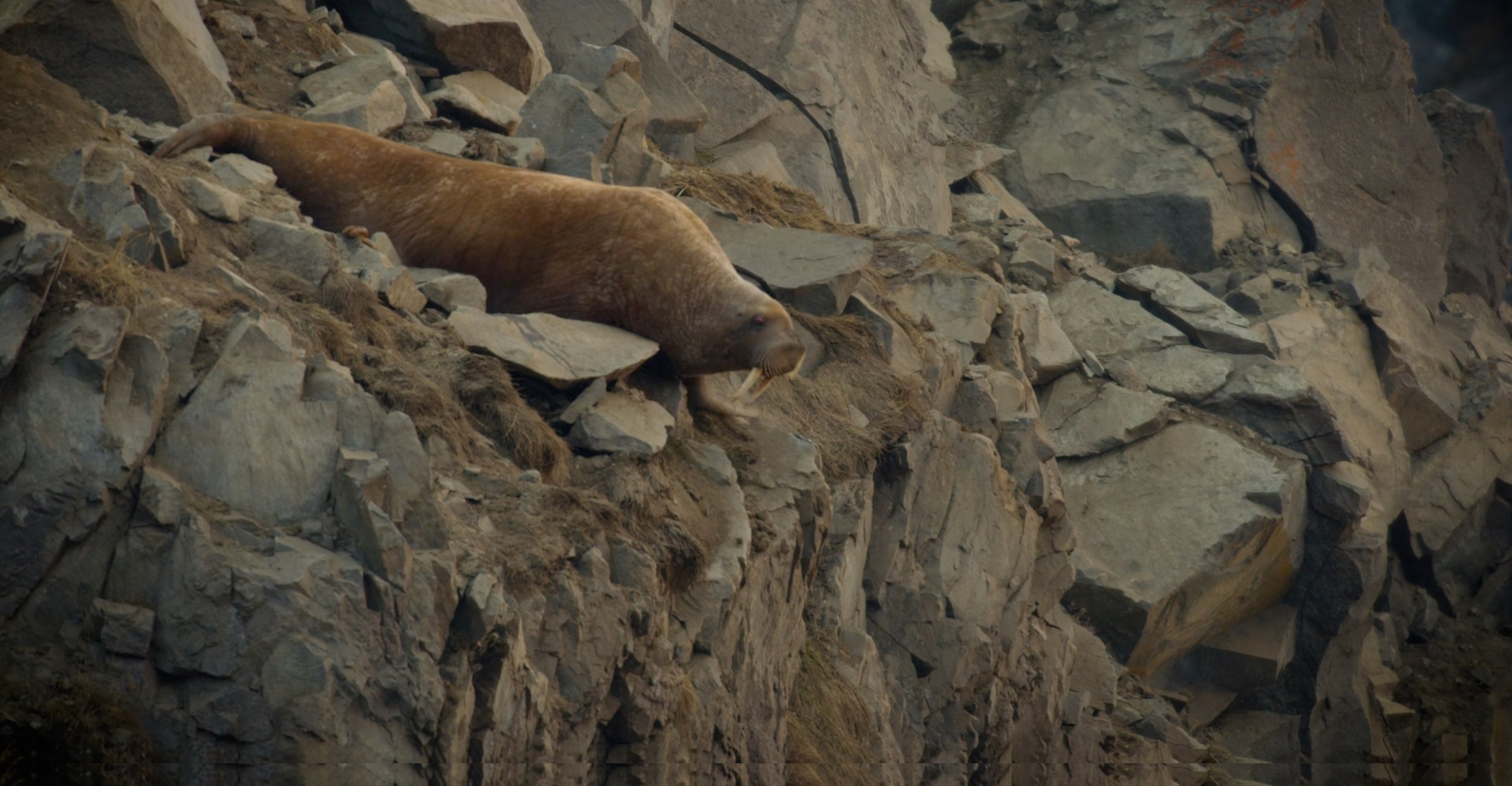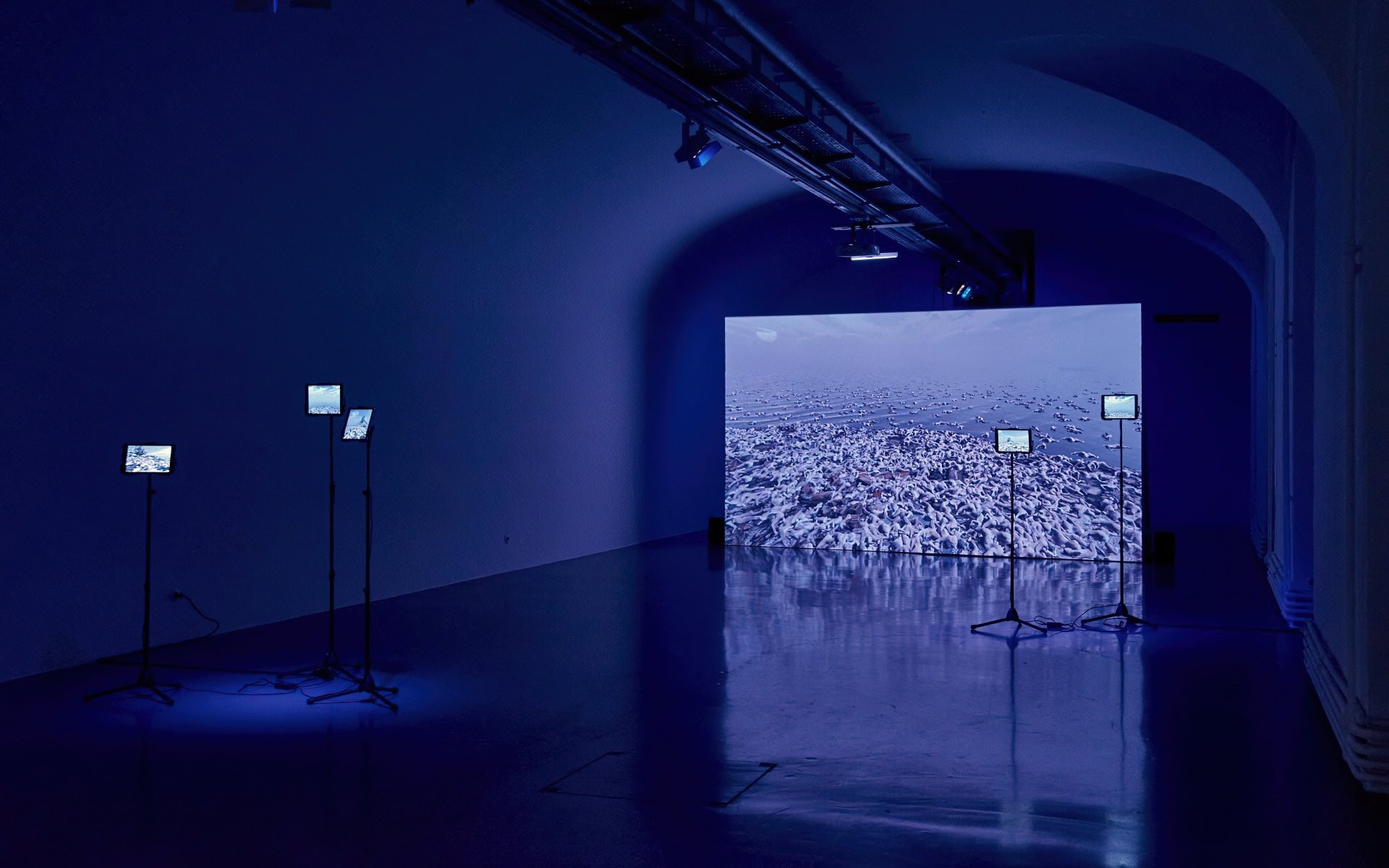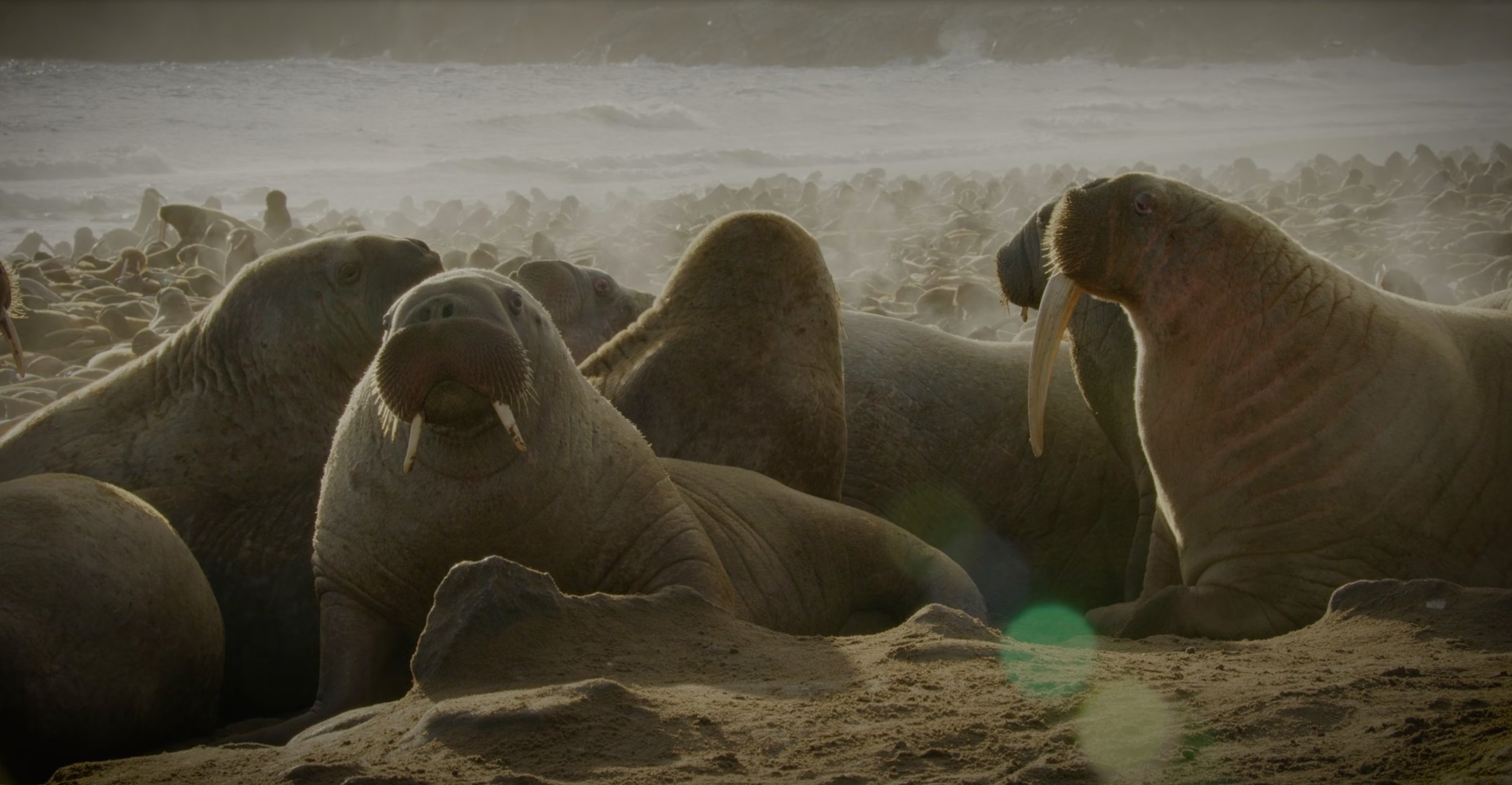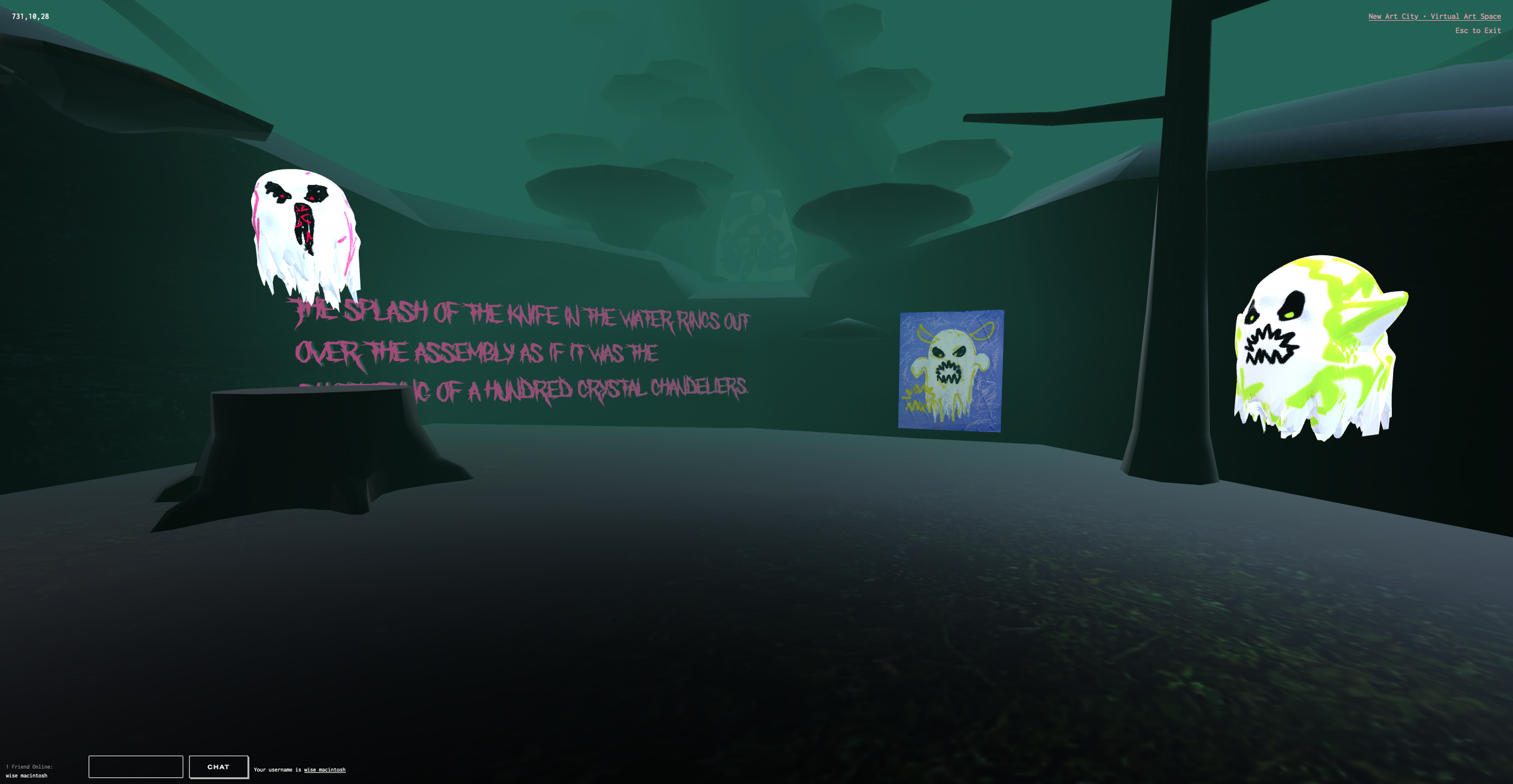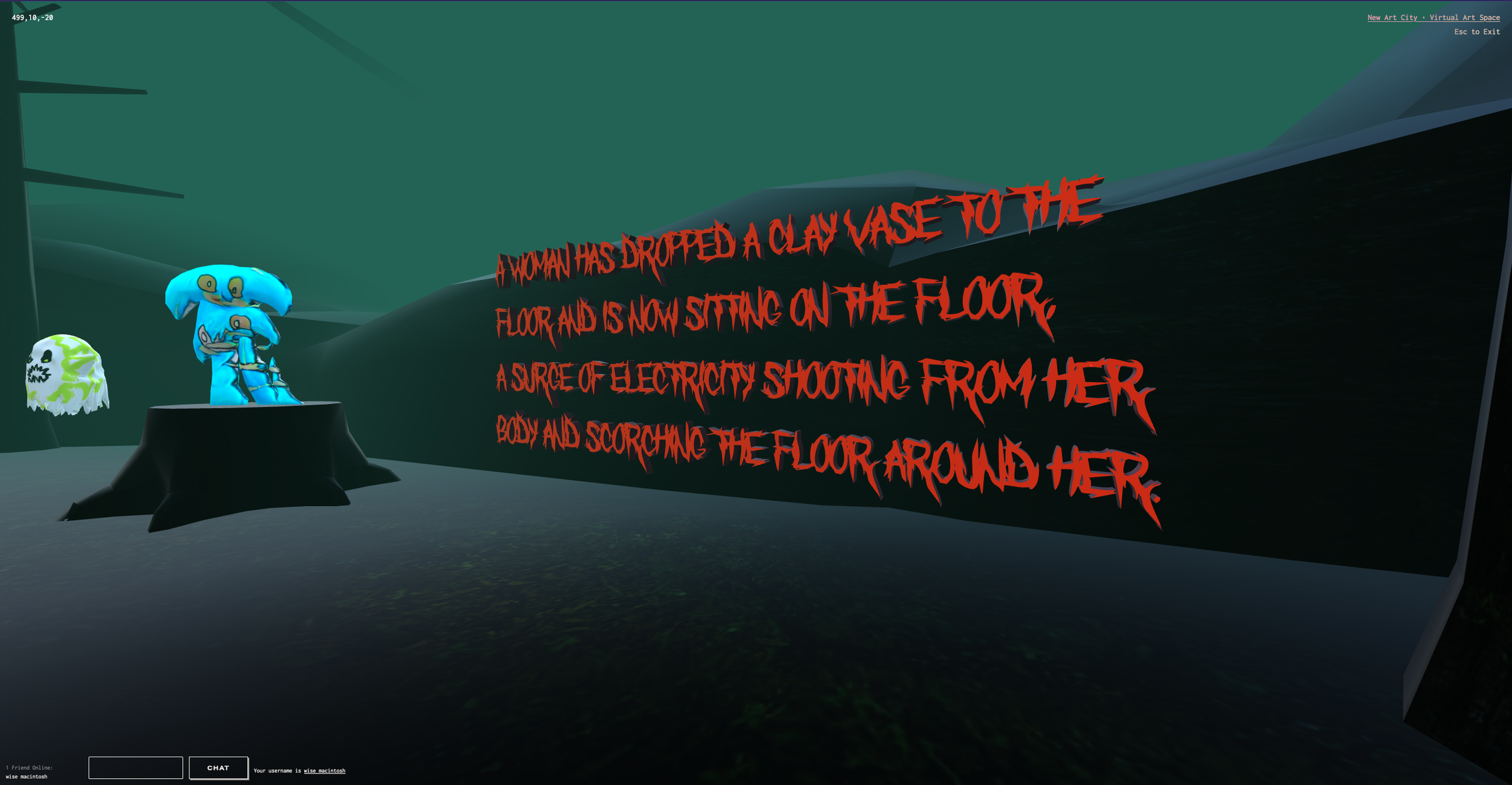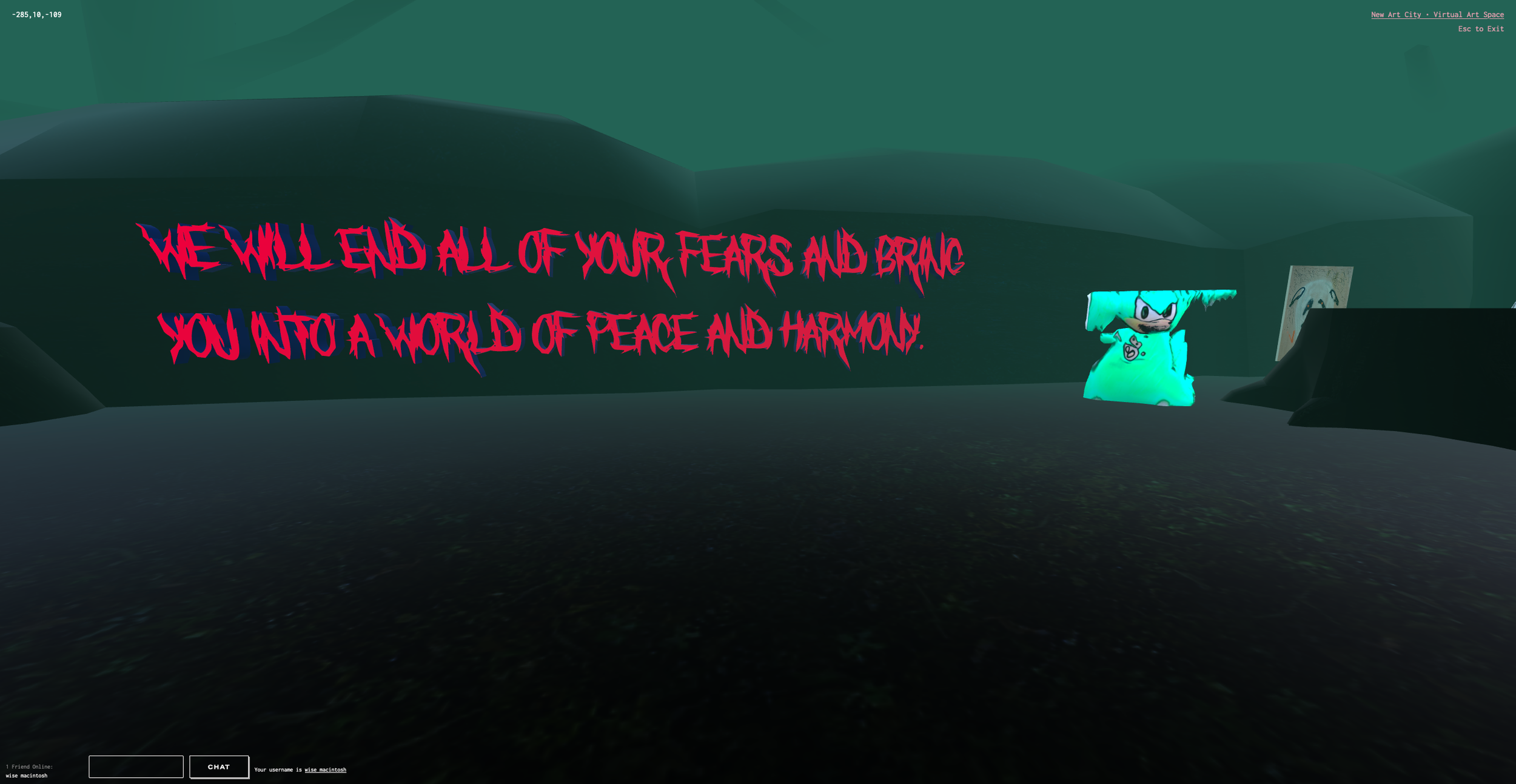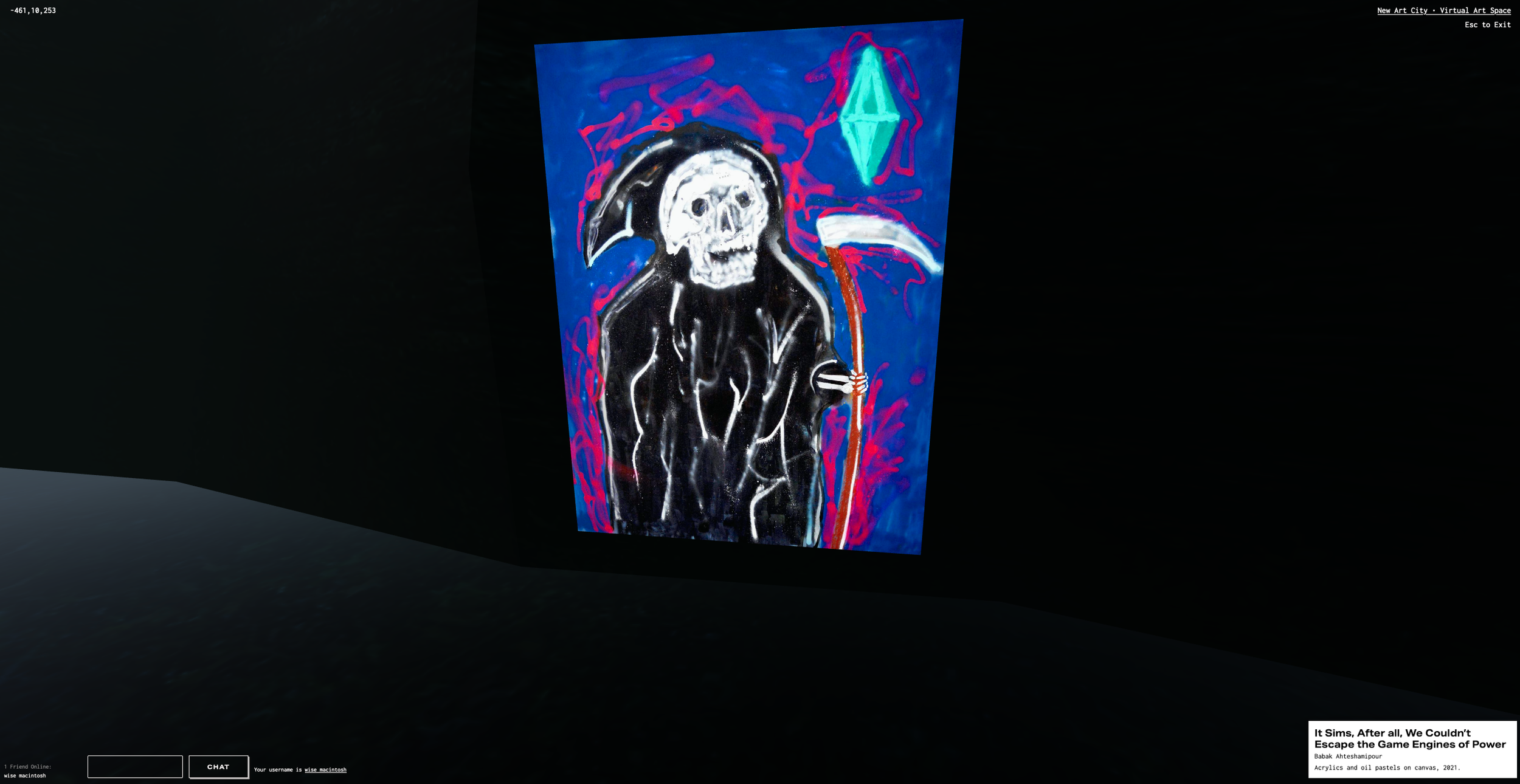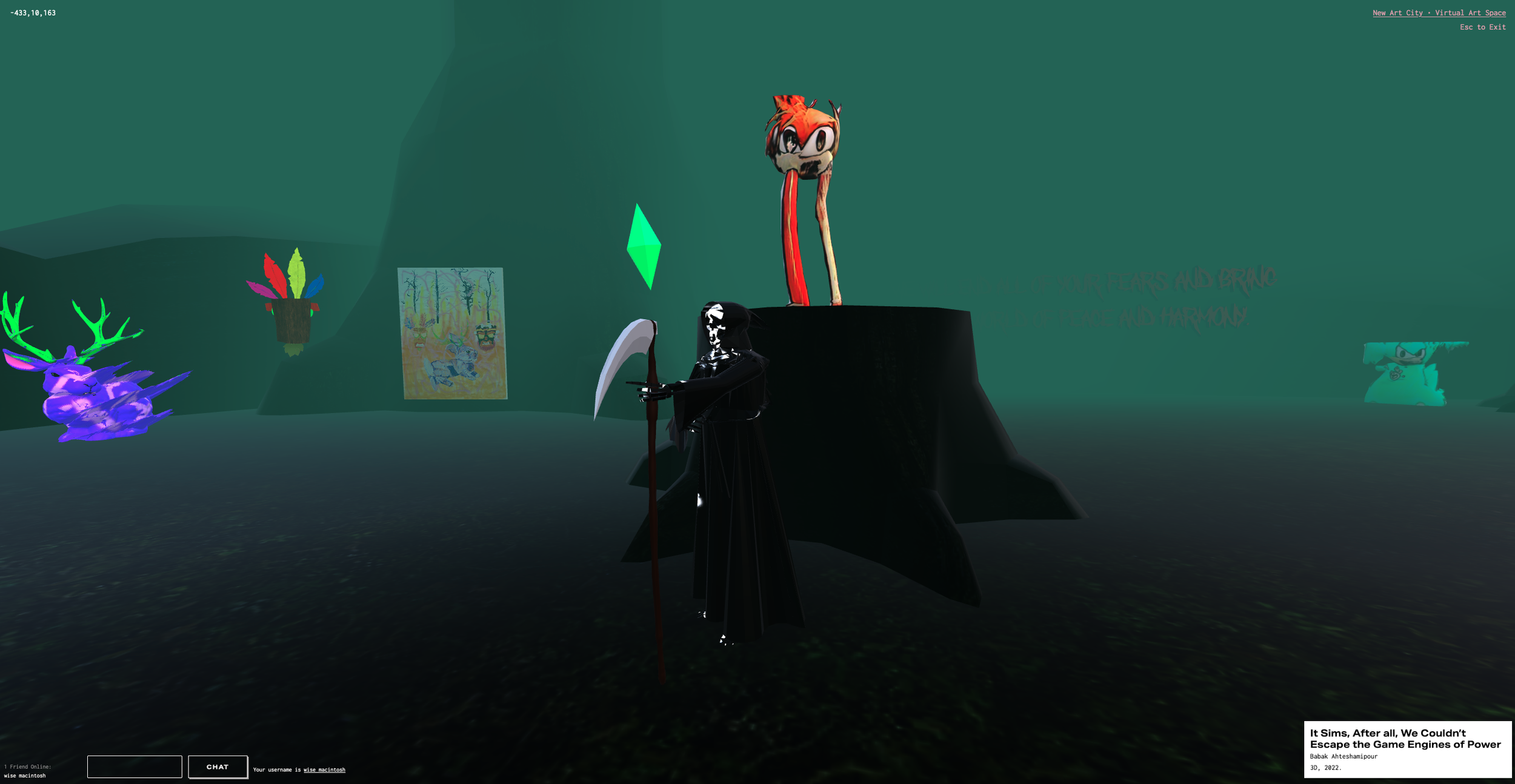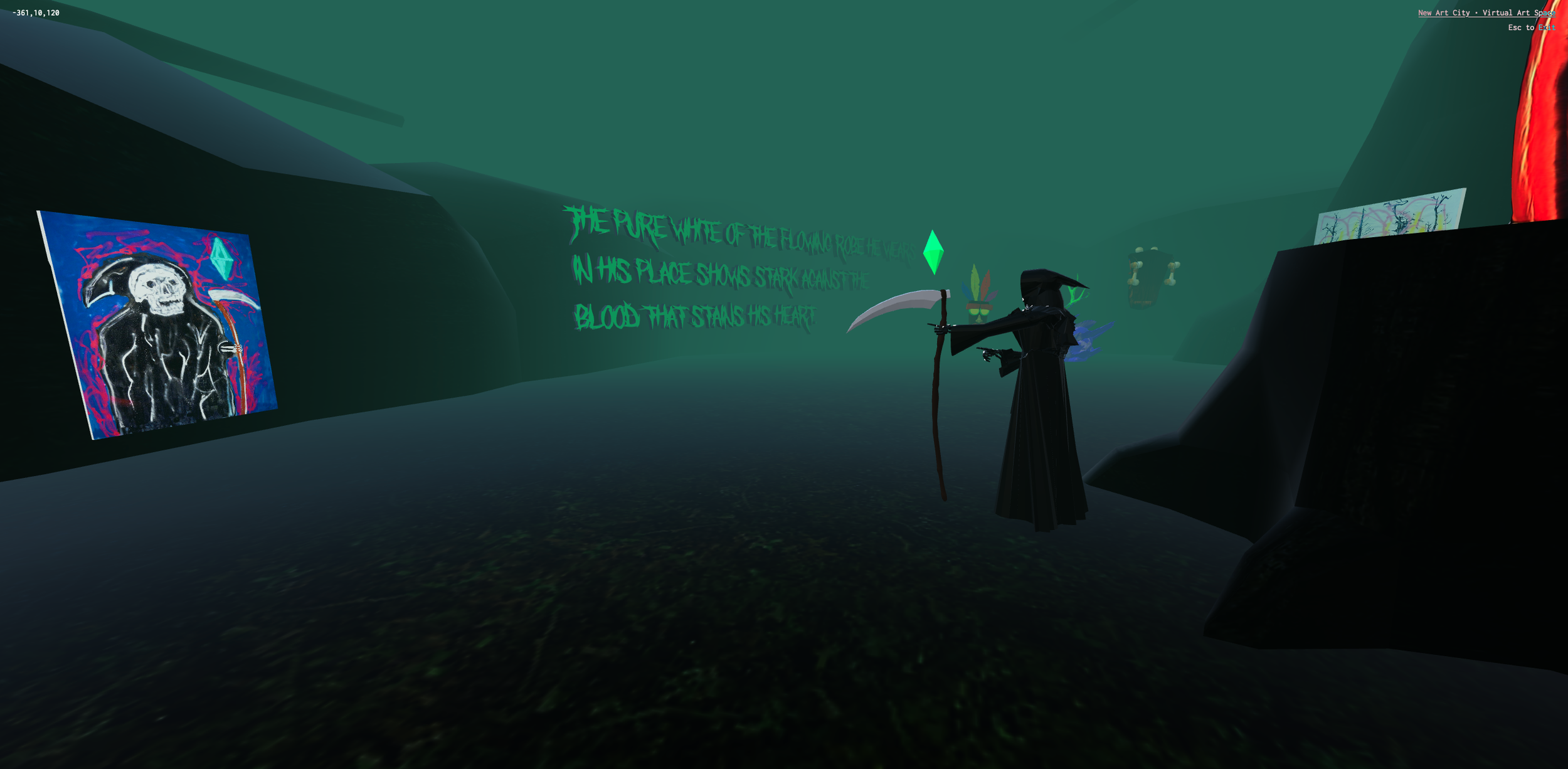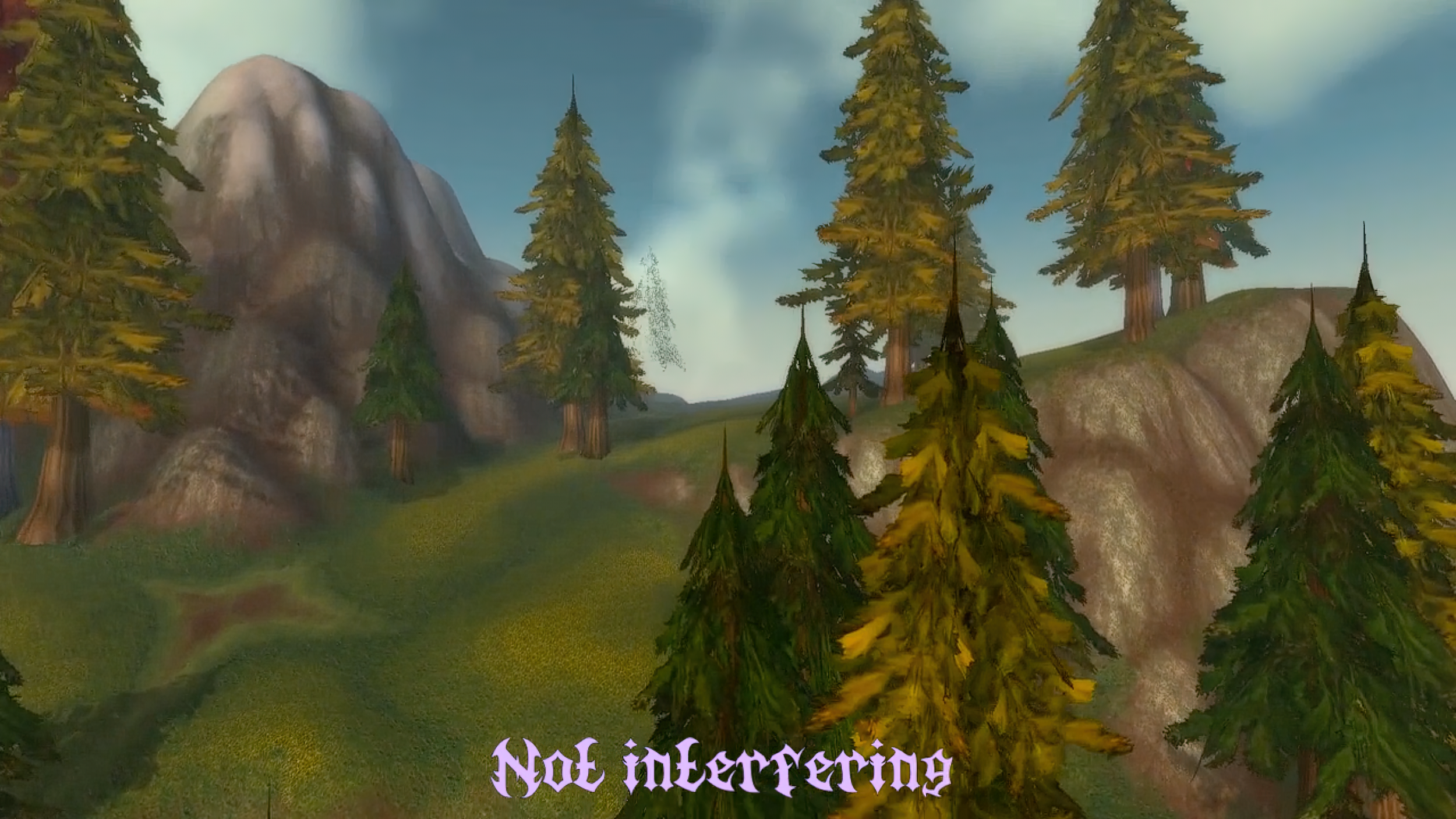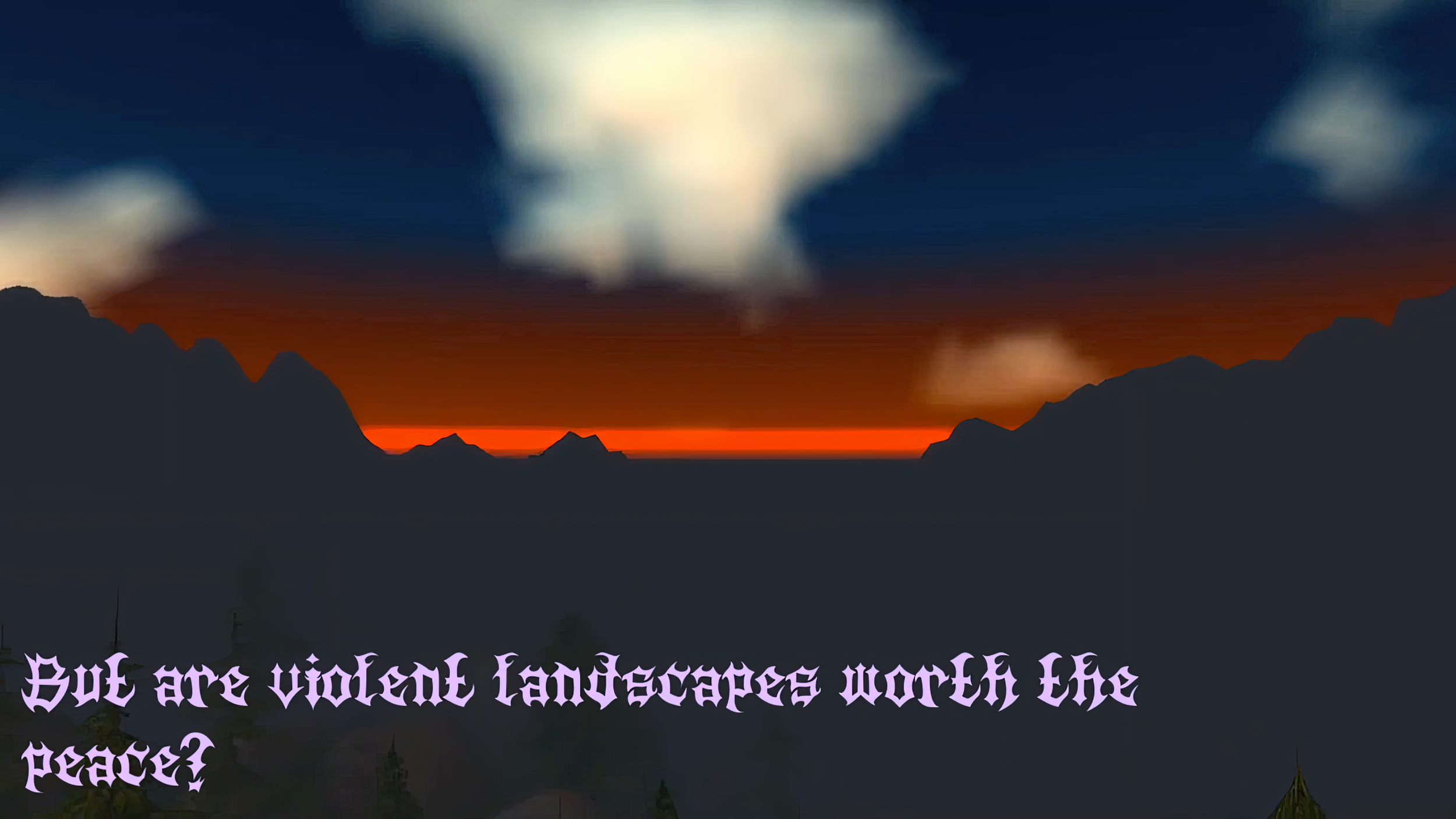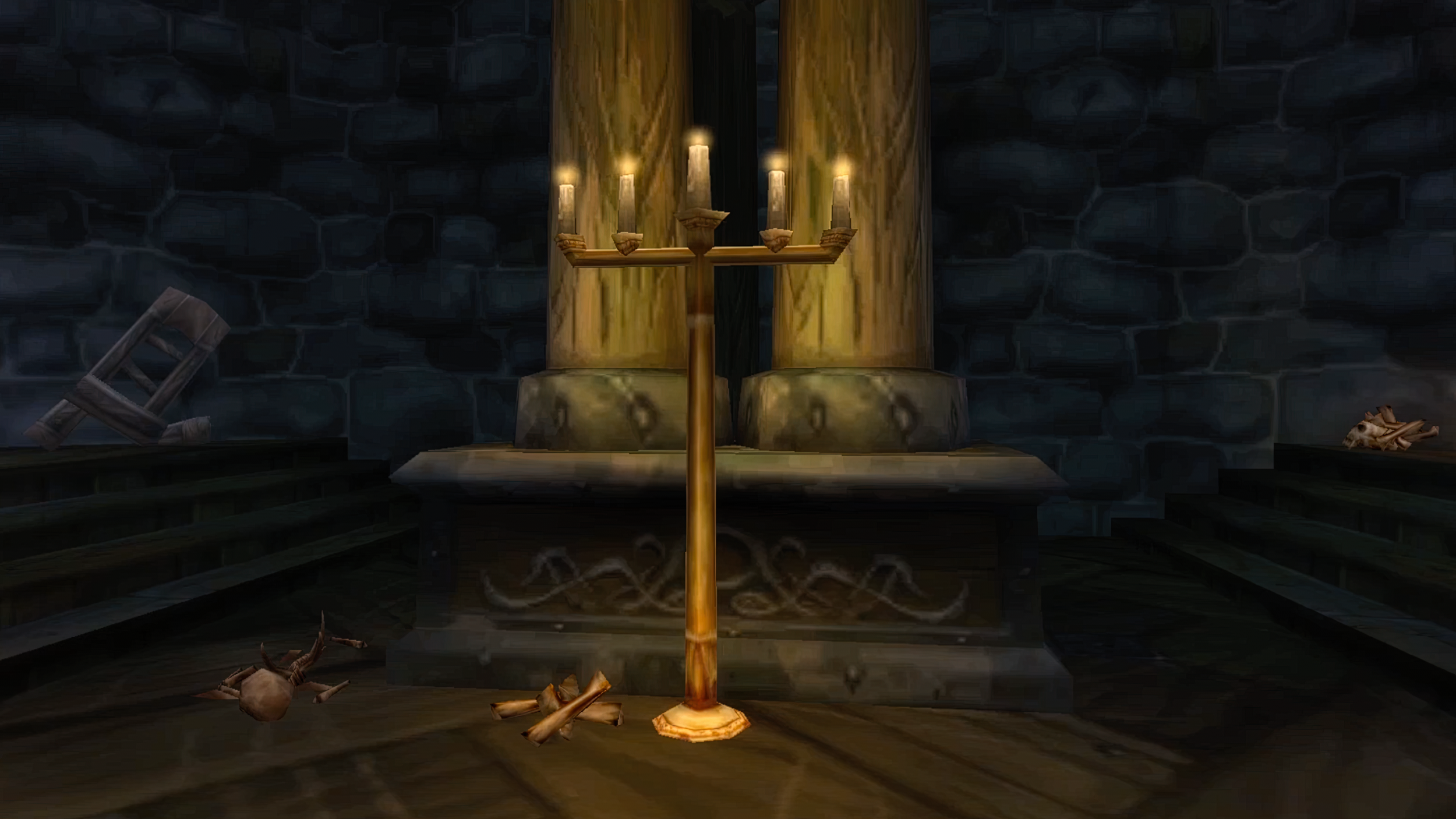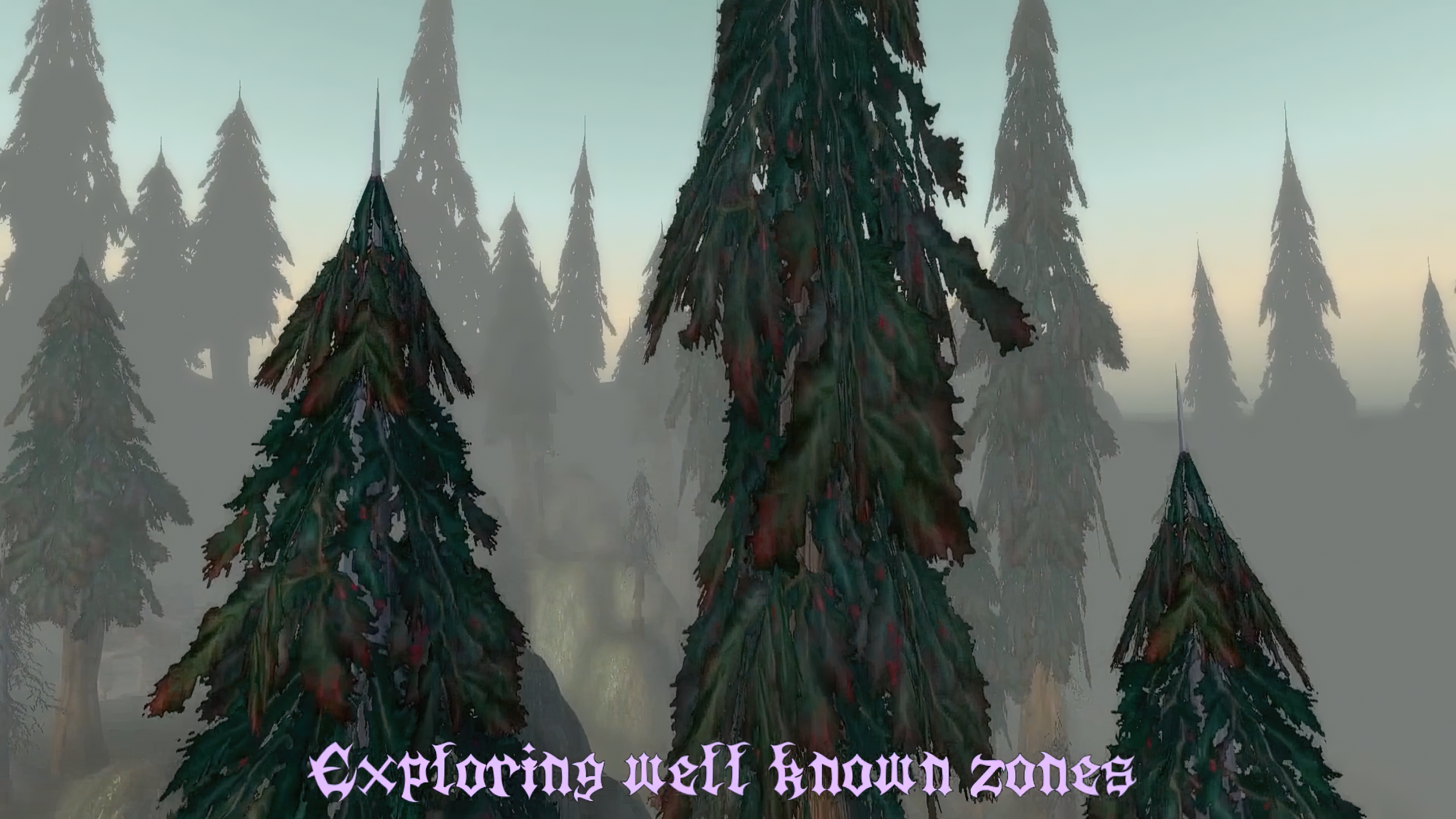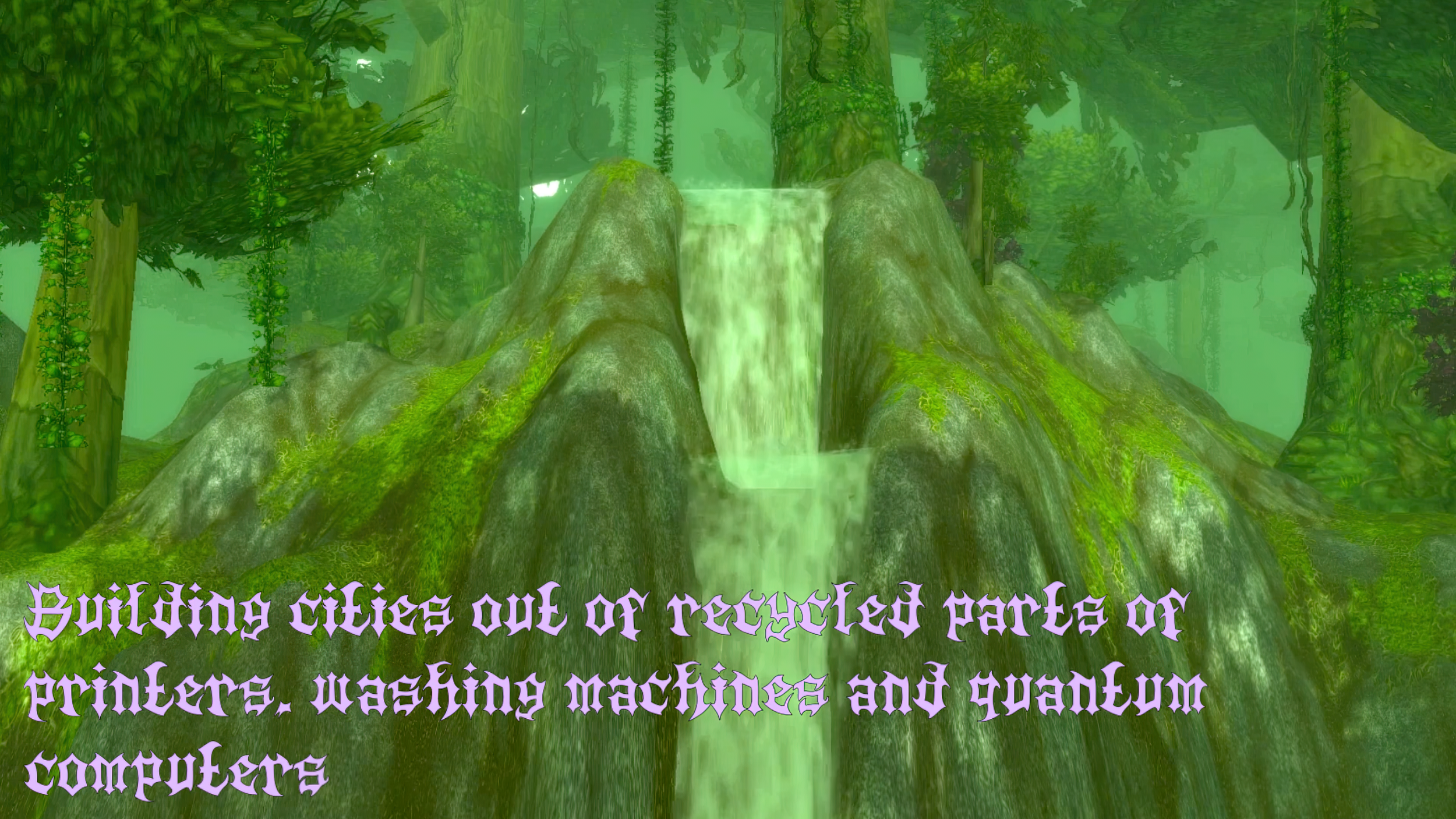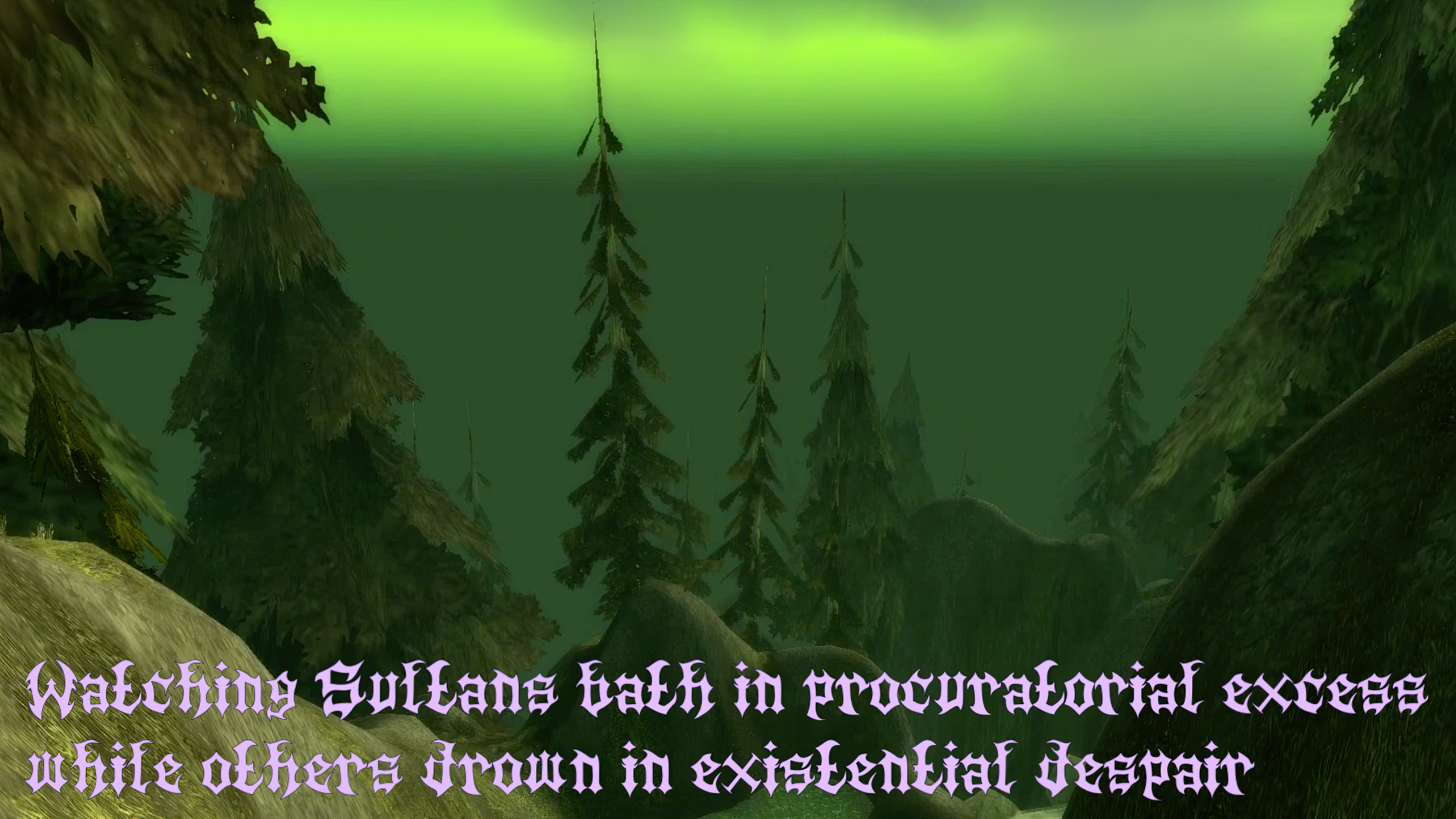The Milan Machinima Festival is delighted to present Søren Thilo Funder's groundbreaking work GAME Engine (Orange Bulletproof Kids) (2021) for the first time in Italy as a single channel video. Originally conceived as an installation. this work offers a thought-provoking and multi-layered exploration of the intersection between gaming and reality. GAME Engine takes the viewers on a journey to an undisclosed location, where they are invited to an exclusive press meeting with a game developer. Through the perspective of a spokesperson, the work offers a glimpse into a brand new game engine promising a revolutionary experience, with details shrouded in secrecy to protect its intellectual property value.
An artist who specializes in video and installation, Søren Thilo Funder, creates thought-provoking works that blend various cultural tropes, socio-political issues, and popular fictions. These narrative constructions operate within a delicate membrane where fictions and realities intersect, generating fresh interpretations and new meanings. Funder’s oeuvre is steeped in both written and unwritten histories, as well as a deep awareness of the paradoxes and complexities of societal engagement. His art explores temporal displacements, nonlinear storytelling, and the emergence of new, unconventional forms of memory. Through his work, Thilo Funder creates immersive spaces that enable unpredictable encounters with the political, temporal, and recollective. Funder received an MA from the Royal Danish Academy of Fine Arts and The School of Art and Architecture at the University of Illinois at Chicago. He is currently finishing a Doctorate program in Artistic Research at The Art Academy, Department of Contemporary Art, University of Bergen in Norway.
GAME Engine (Orange Bulletproof Kids) will be screened exclusively at the MIC - Museum of Interactive Cinema on March 25 2023 in the POLITICS OF GAMING program.
Thilo Funder's Everywhere (2007) was recently featured in VRAL S03.
Matteo Bittanti and Søren Thilo Funder discussed the genesis and evolution of GAME Engine, which has been exhibited internationally through various iterations.
Matteo Bittanti: Can you discuss how the recursive structure of GAME Engine (Orange Bulletproof Kids) reflects the repetitive nature of video game playing? Is this looped narrative a defining, quintessential feature of digital games? In our previous conversation, you spoke about the concept of tempor(e)ality, i.e., “the timeliness of reality, or how reality unfolds in accordance to time; not only on a phenomenological or conceptual level but on a socio-political one as well”, and how gaming can be a way for young people to “reclaim time”. However, the looped narrative in games can also give a false sense of progression: the effect is akin to being stuck in time, as seen in TV shows like Russian Doll and films like Groundhog Day. Can you address the tempor(e)ality of GAME Engine (Orange Bulletproof Kids)?
Søren Thilo Funder: I’ve been thinking a lot about how the recursive formatting of game levels somehow mirror the way in which we also seem to repeat gestures and passages in our everyday tempor(e)ality, to stay with that term. Especially in my work with CS:GO athletes, we kept circling around the idea of respawning, that is, the reappearance after having been killed, only to set out and repeat the motions that led to your perishing in the first place. GAME Engine (Orange Bulletproof Kids) was created specifically for an exhibition revolving around Extreme Sports. Here I proposed eSports as falling under this category. There is an extreme cognitive effort to the athlete that only succeeds if every micro action and choice is done at the exact right moment. And this extremely athletic precision is contrasted by the seated body and almost passive gaze of the athlete. I am really fascinated with the linkage to the excessive motion of the virtual character up on the screen and the physical still body that directs all the action. Another reason why I thought of CS:GO eSports as an extreme sport, is due to the complicated reality of having a sport where the playing field is induced with a political reality outside of the strategic unfolding of the game. I can think of no other sport where the competition is playing out in a field that is textured with the environment of an ongoing political conflict. I was interested in the linkage between what the players experienced cognitively, in the unfolding of their top athletic strategic maneuvering and astounding reaction time, and the visuality of the environment they navigated through, and the political landscape it represents. The respawning, of the CS:GO soldier, in the dark tunnel just outside the Mid Doors of the game level Dust 2, and of The Spokesperson delivering her presentation at the exclusive press meeting, perhaps speaks to the idea of being stuck in the recursive, but also that each respawning offers a possibility to think again, act different, learn from one’s environment. And technically (and conceptually), working with video installations for me is about progression in the looping environment. The video installation loops, the visitor of the installation can move about, leave, re-enter at their own behest. So linear narrative will always be an illusion – or for the apparatus itself to experience without a visitor – the real experience in the visitor will always be about assembling narrative, experiencing loops, selective editing or really respawning with the work. Or the work respawns every time a visitor leaves or enters. I like to use this circumstance quite deliberately, not as a way to bypass the problem of the visitor never experiencing what I had planned to be the experience, but rather to enforce this aspect and let this tempor(e)ality inform my process and my own experience of how narratives can be unfolded. There is a dreamlike sensation in experiencing the loop, that is not the loop. A return to somewhere else. I hope that this looping offers the possibility of reclaiming time – the time experience of the work but also really the time experience of existing in our contemporary tempor(e)ality. Progression is a strange word. It seems to have a certain implication of a productivity that leads towards accumulation, but I believe there could be progression in the looping, the respawning, the staying in the trouble and figuring out what the hell is going on before moving torrentially ahead.
Matteo Bittanti: Through repeated views of GAME Engine (Orange Bulletproof Kids), I couldn’t help but come to see a parallel to David Cronenberg’s eXistenZ. The spokesperson/game designer in both works is enigmatic yet captivating, charismatic yet elusive. Did you have Allegra Geller in mind while creating your project, and if so, to what extent was Cronenberg's 1999 reflection on video game culture a source of inspiration for your work?
Søren Thilo Funder: Allegra Geller is (tip of the cap) exactly the character I always imagined behind the game developer in GAME Engine (Orange Bulletproof Kids). We never meet her here though: we only see a…
(continues)
Matteo Bittanti
Works cited
Søren Thilo Funder
GAME Engine (Orange Bulletproof Kids)
digital video, color, sound, 30’ 02”, 2021, Denmark

